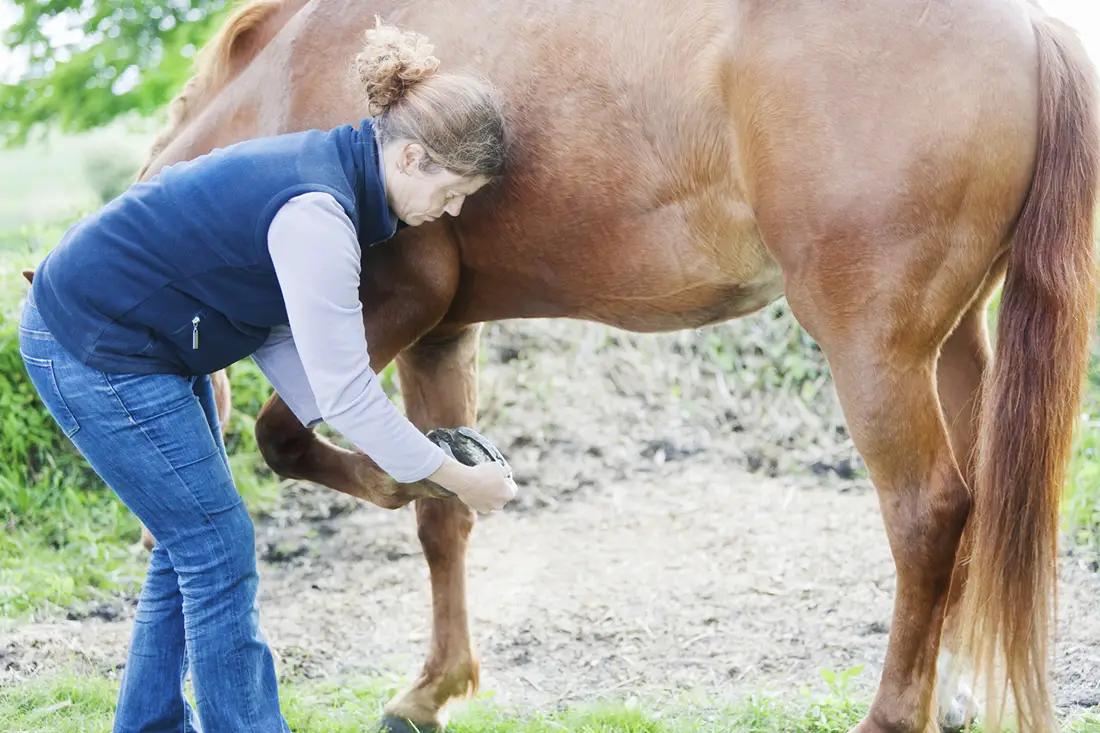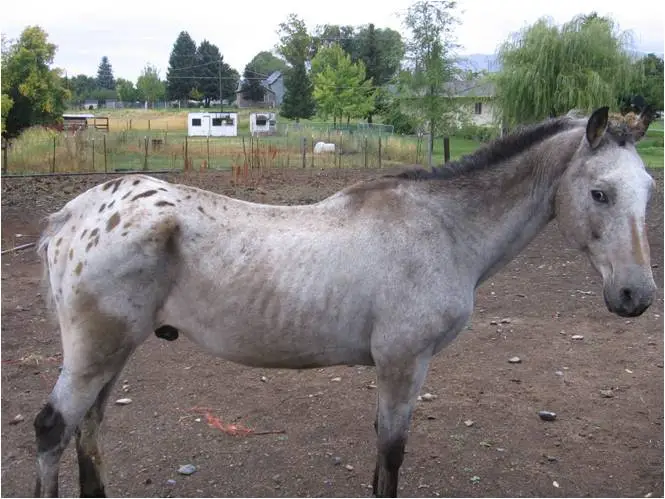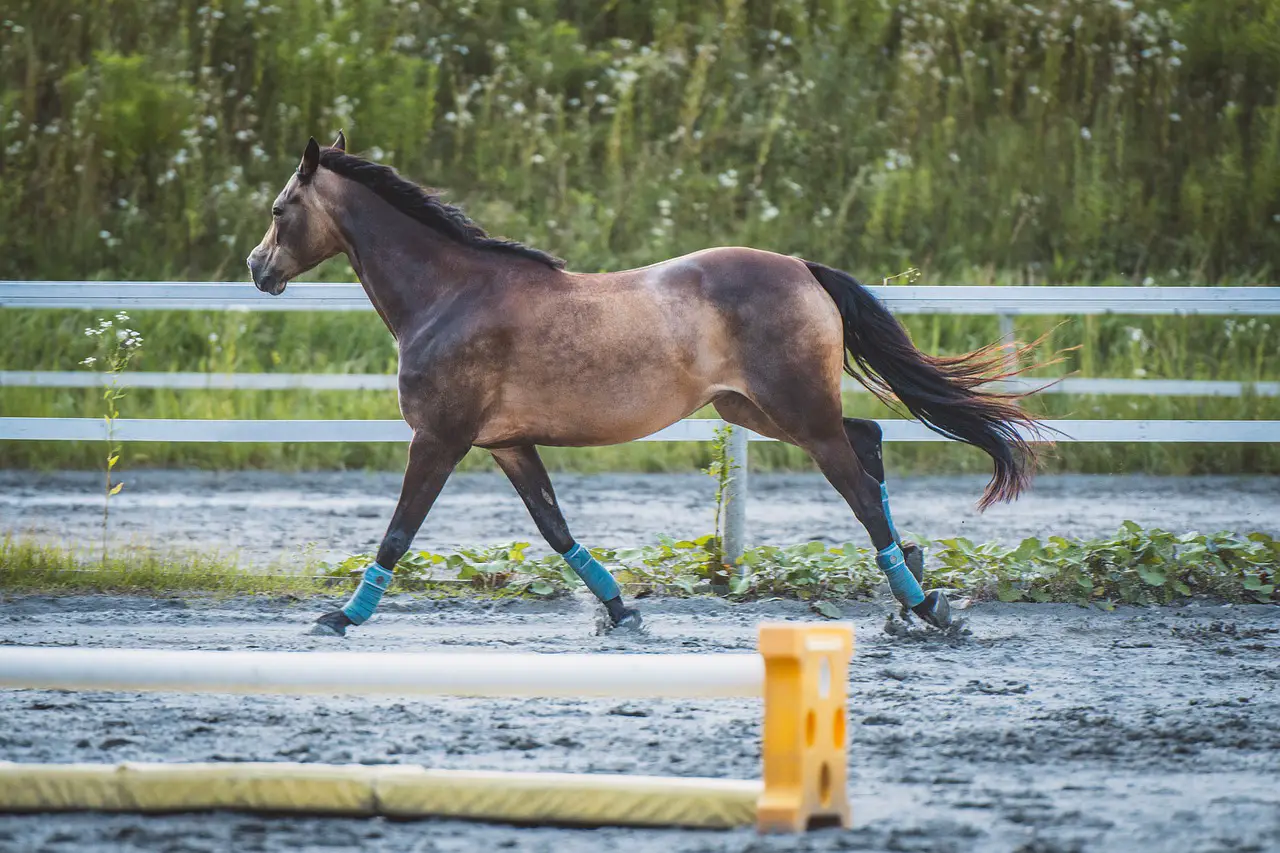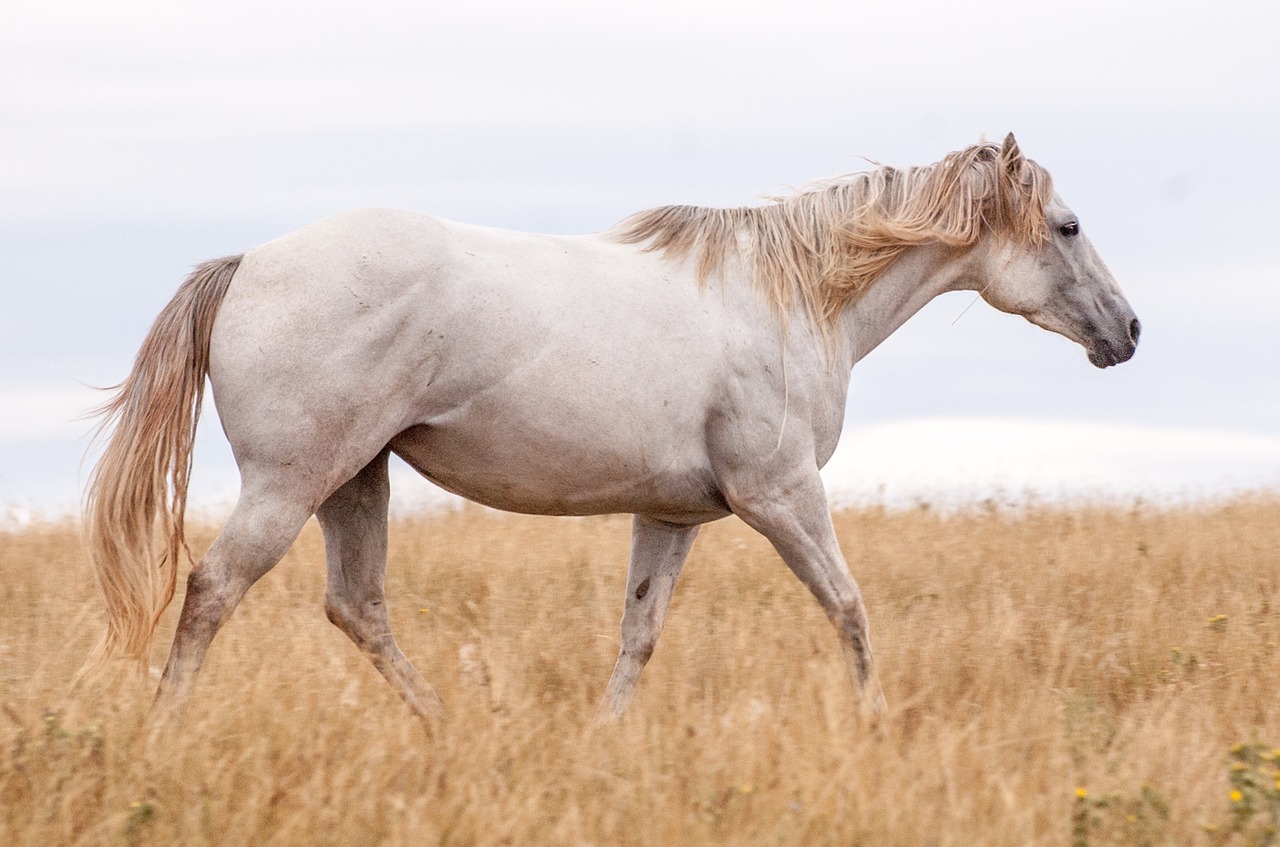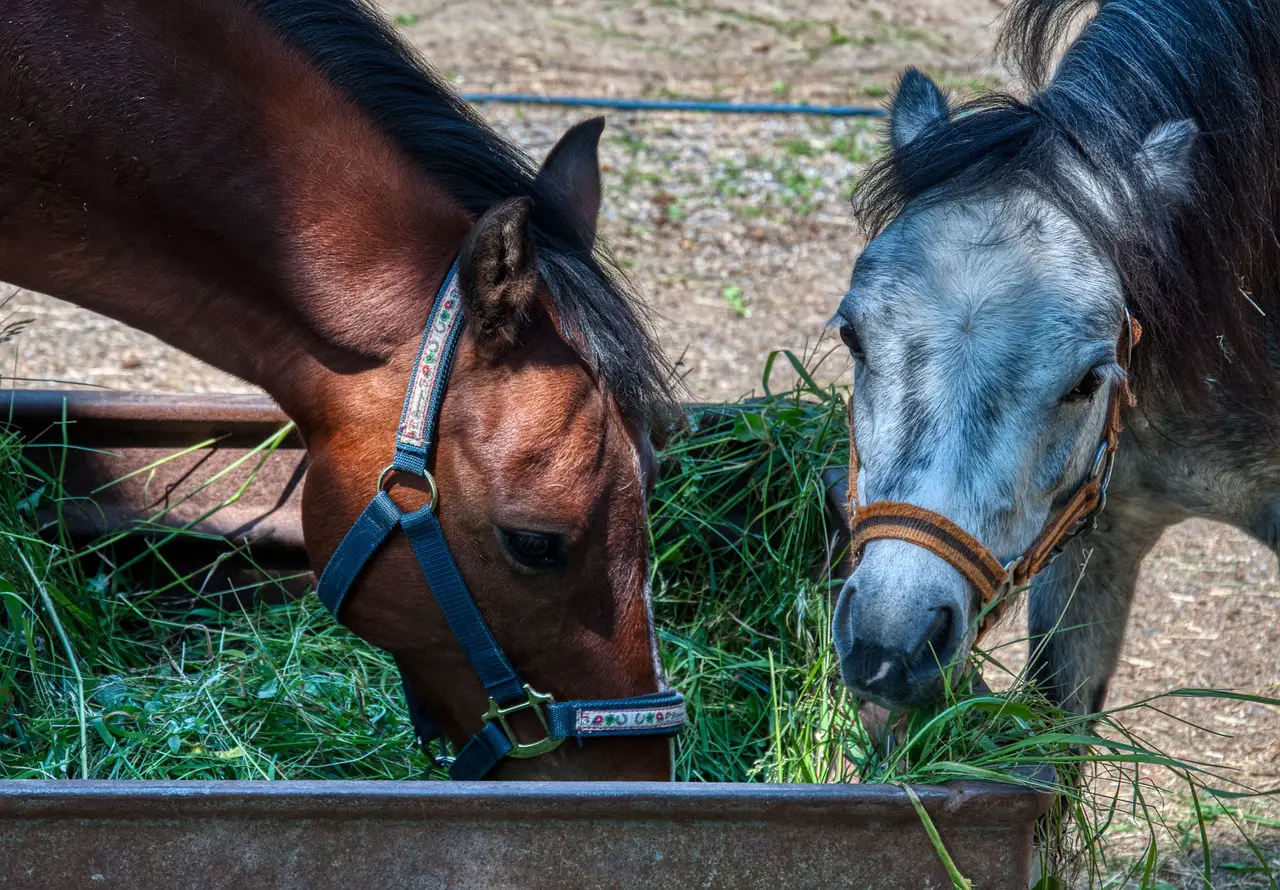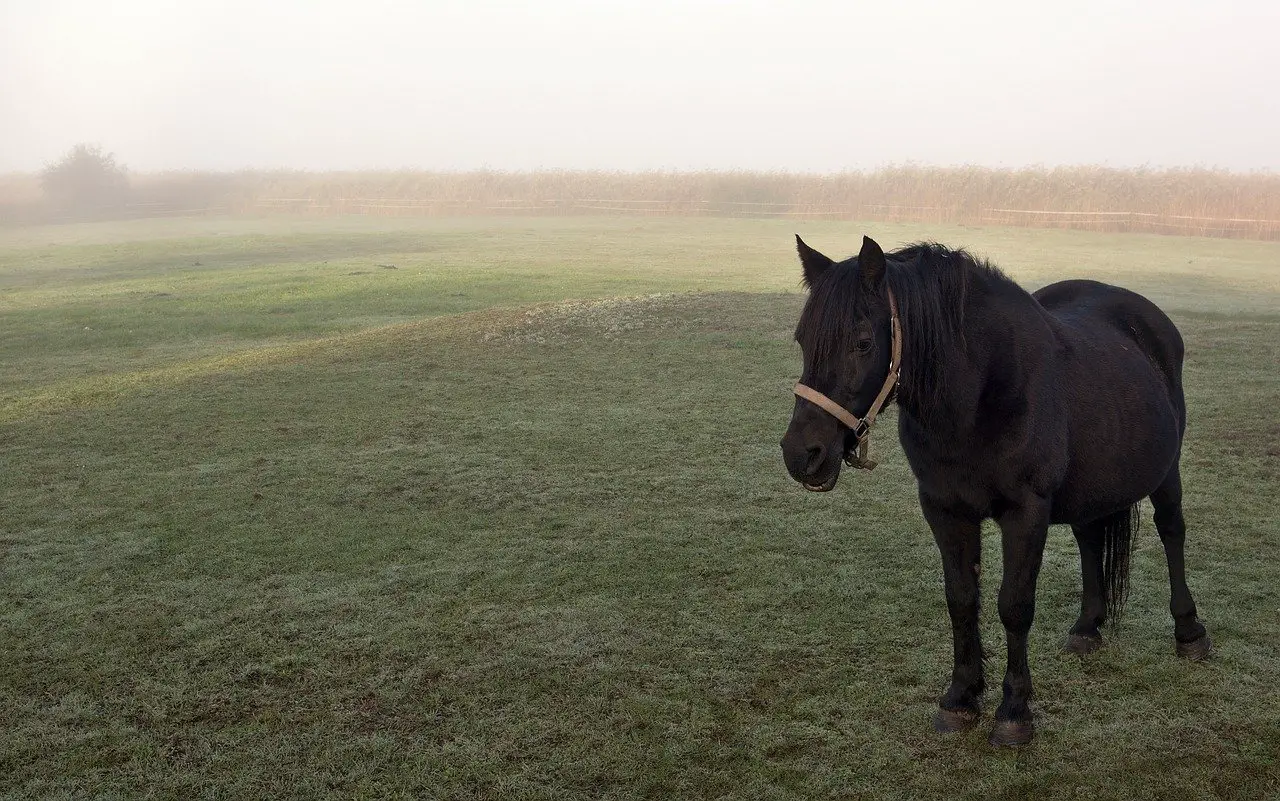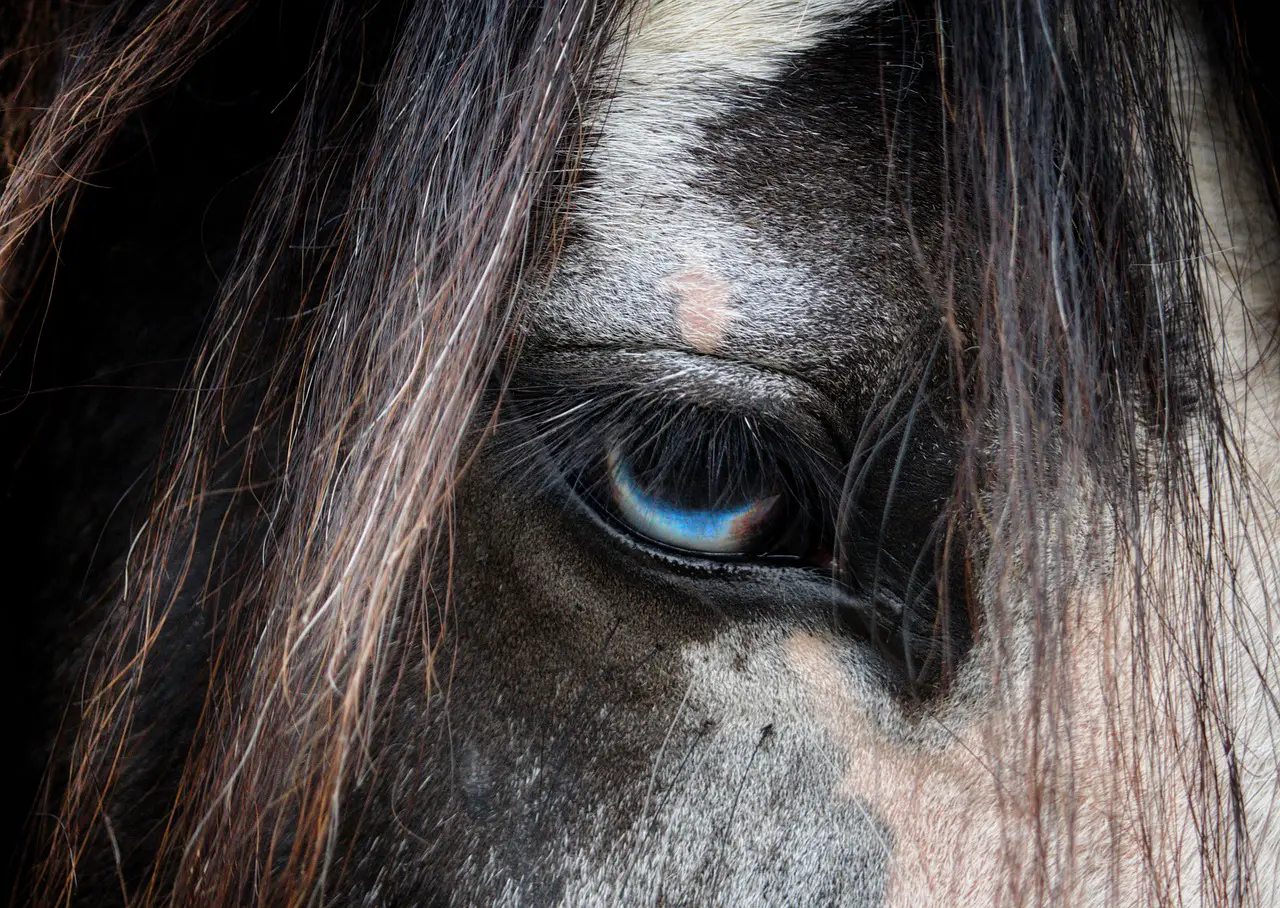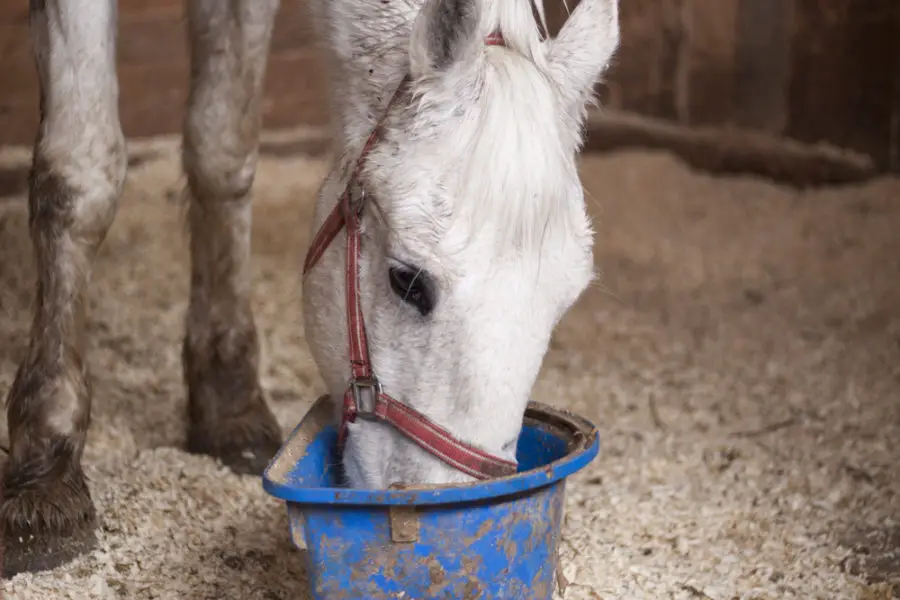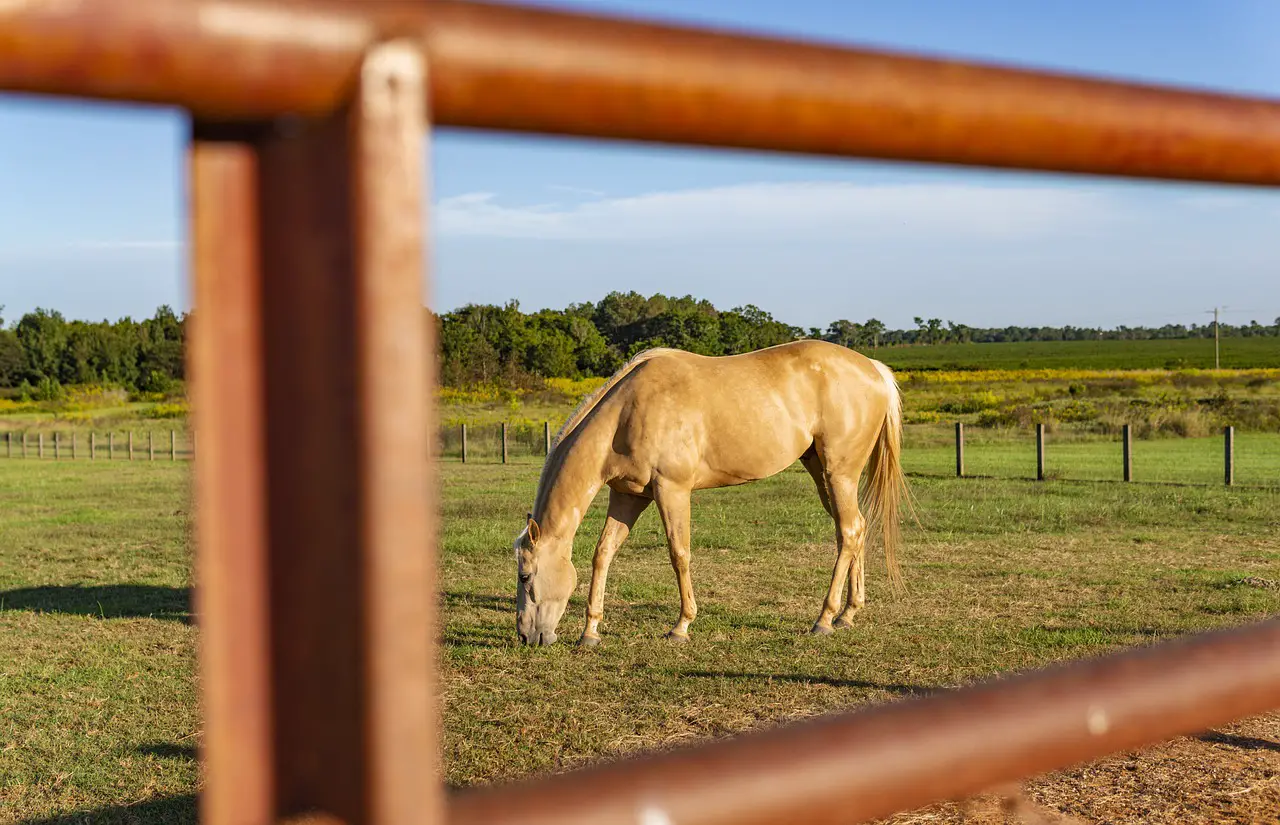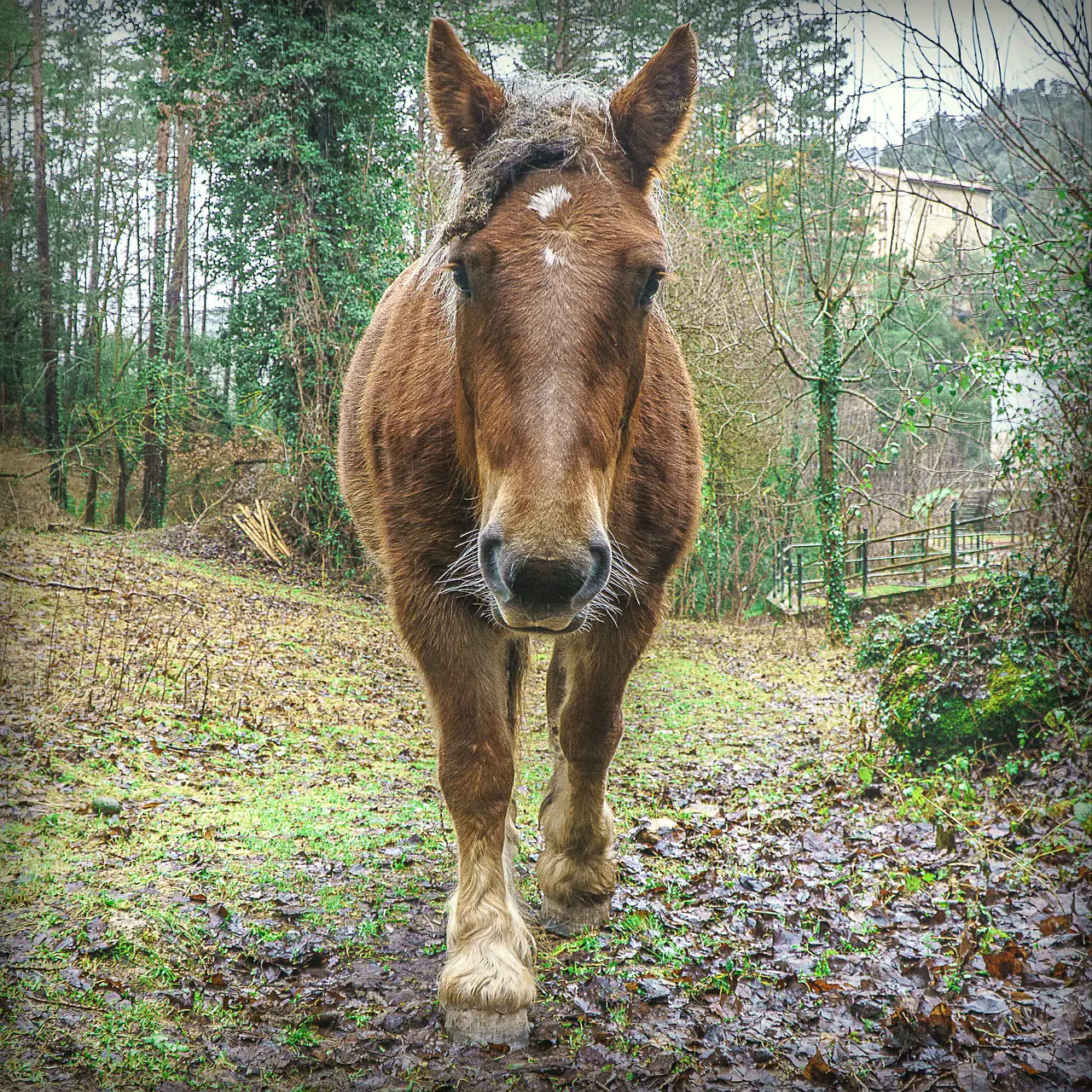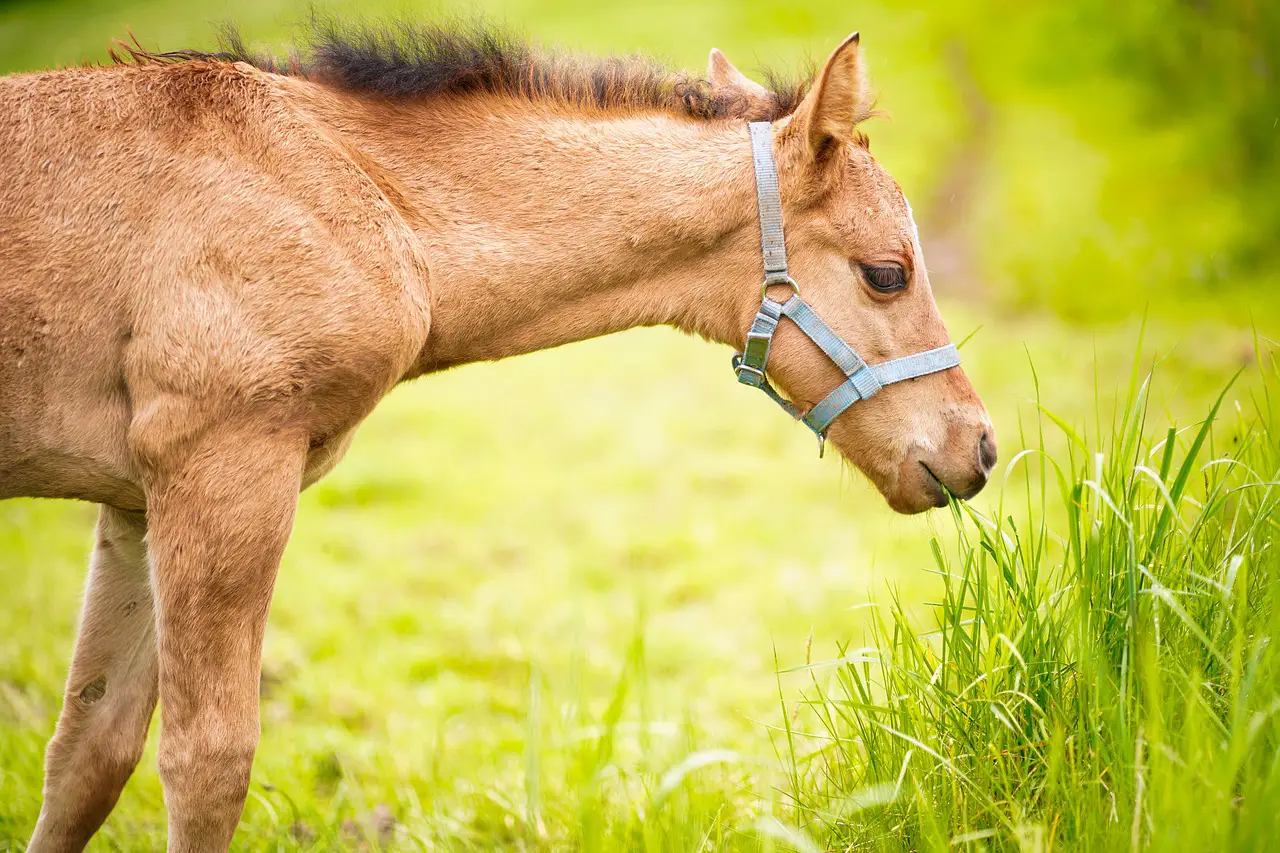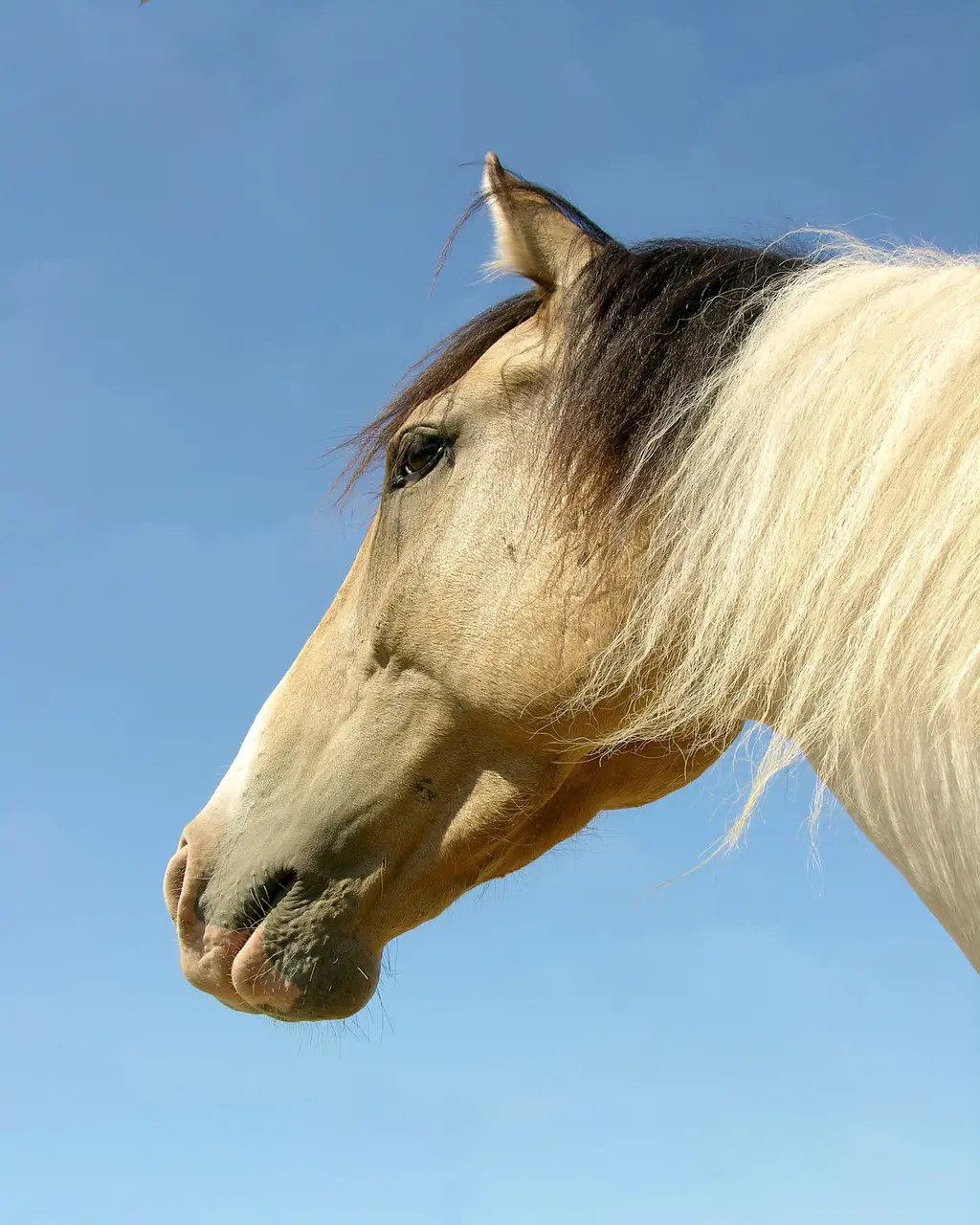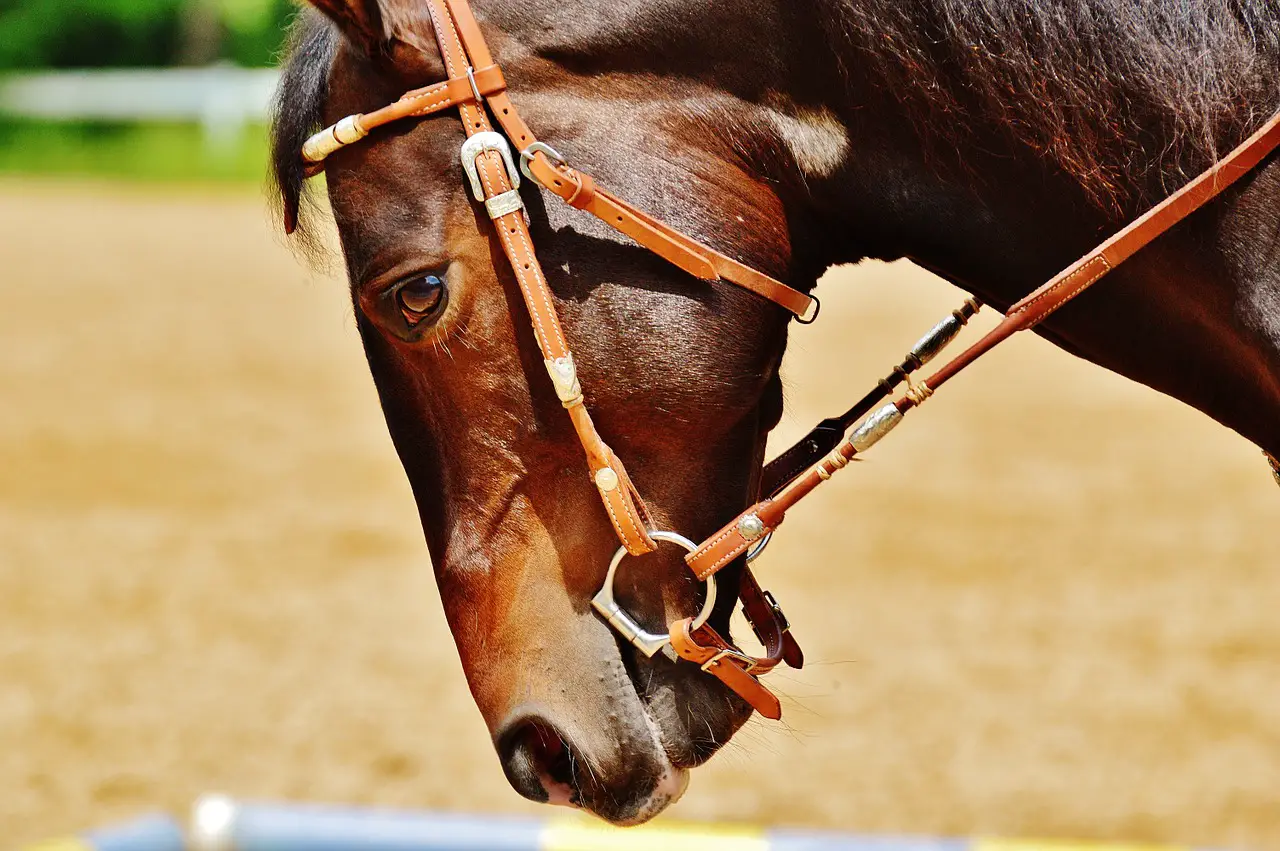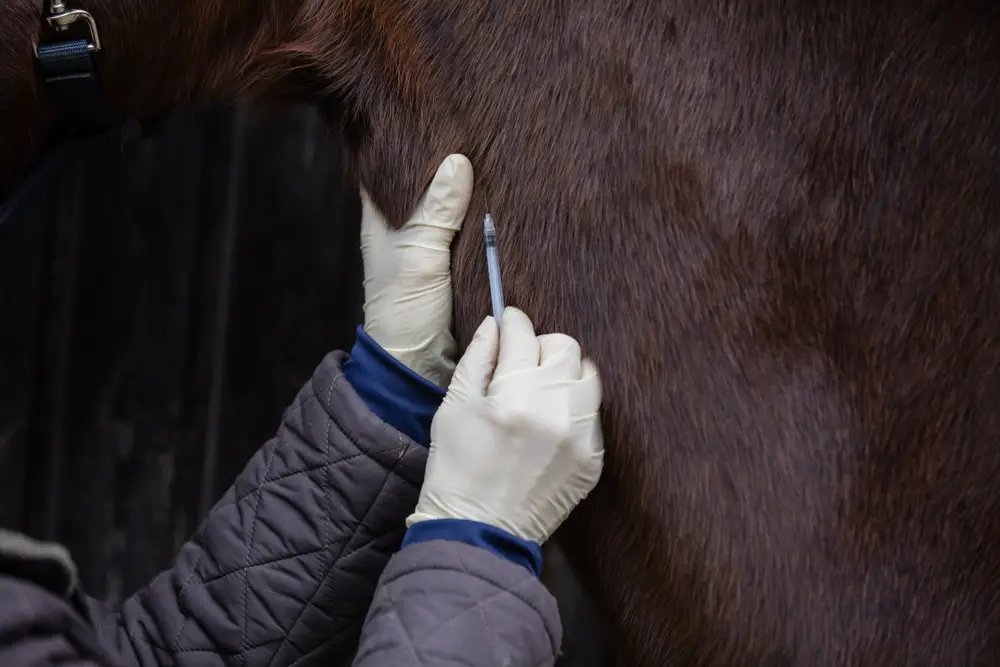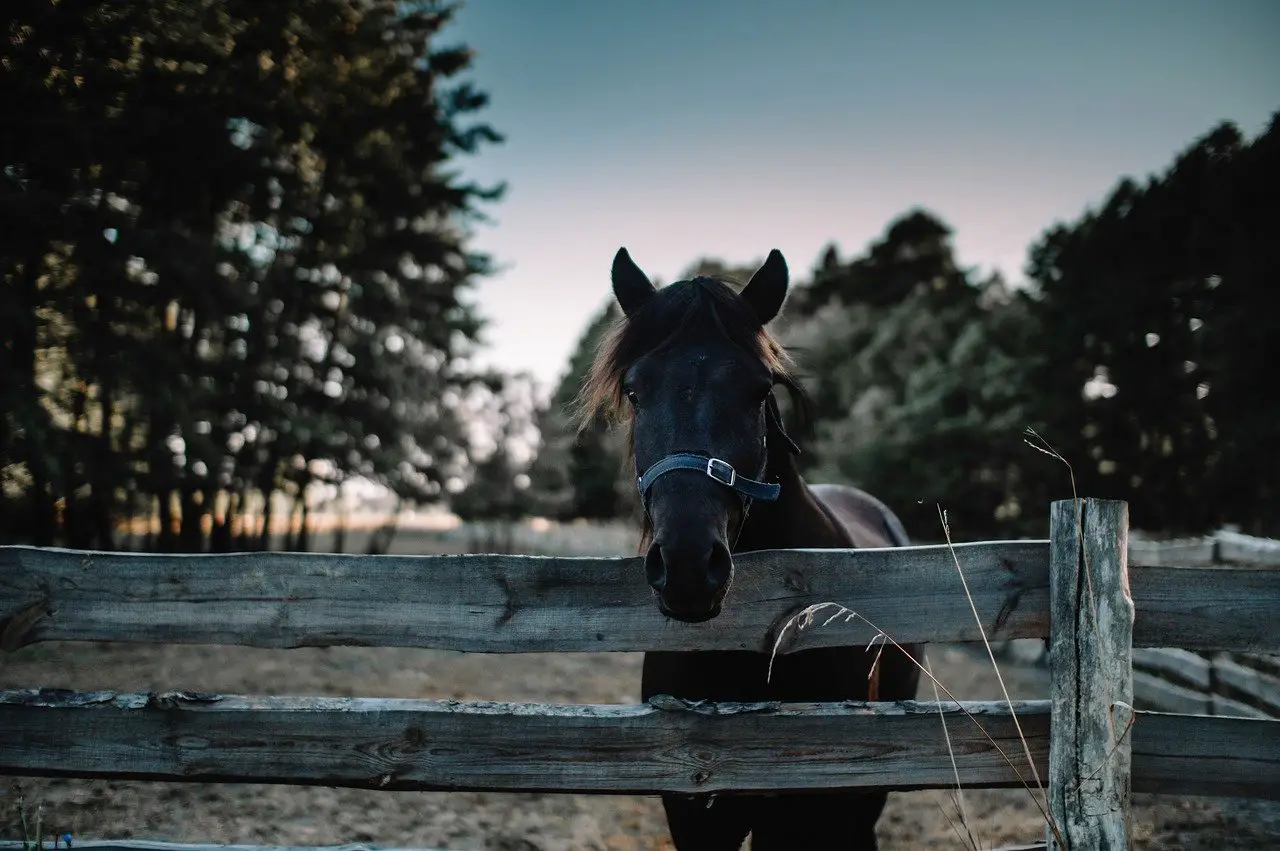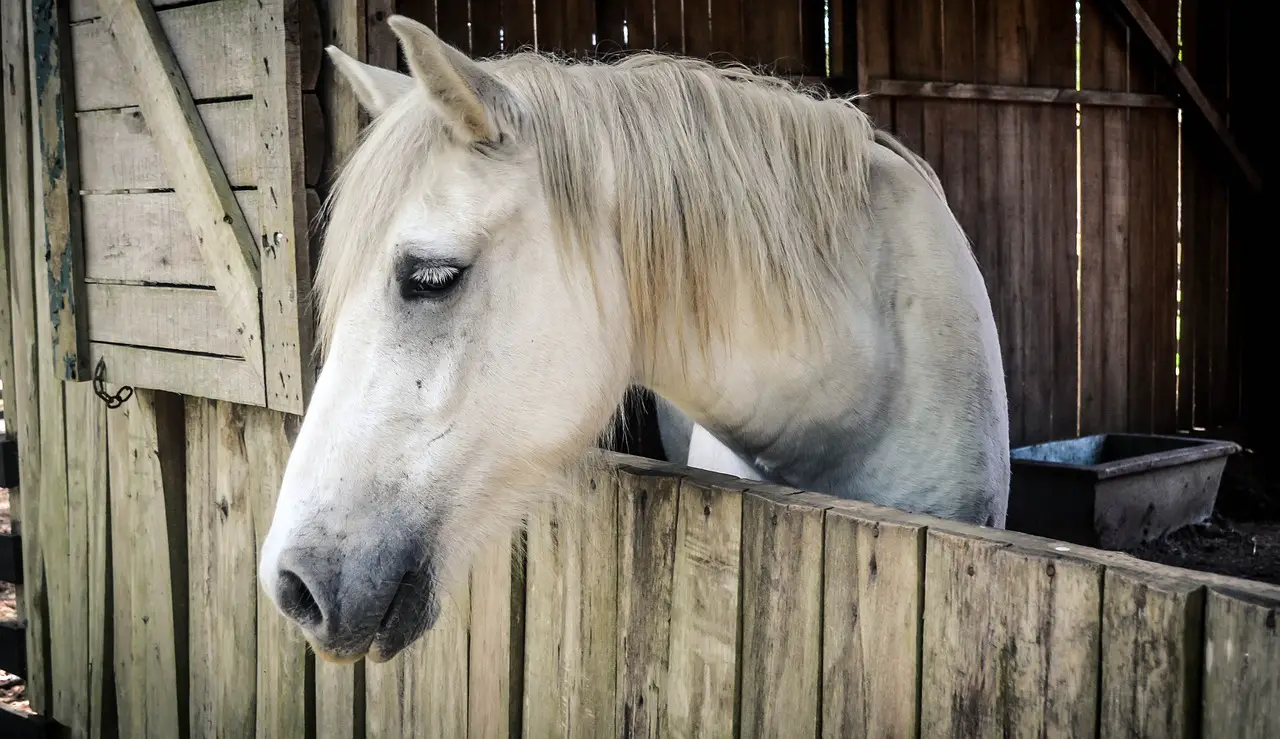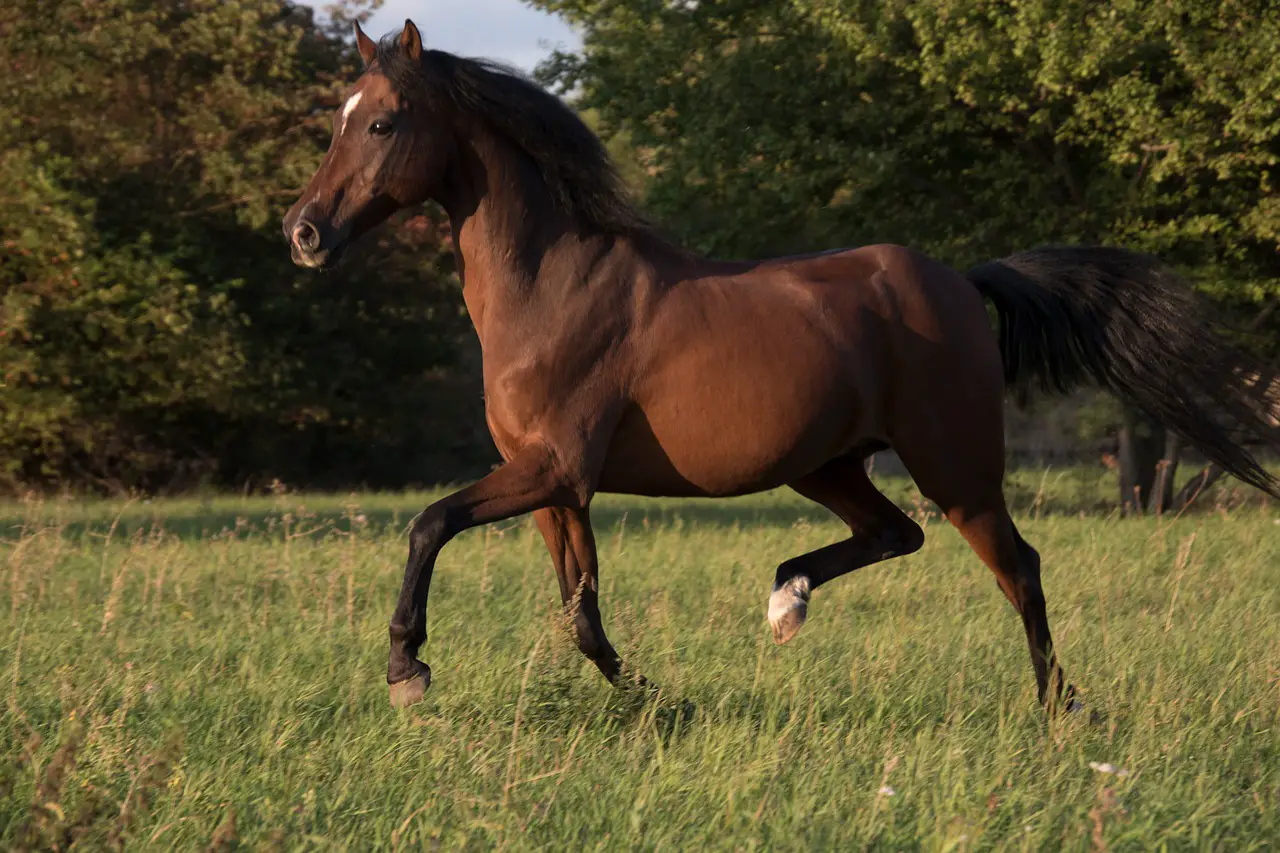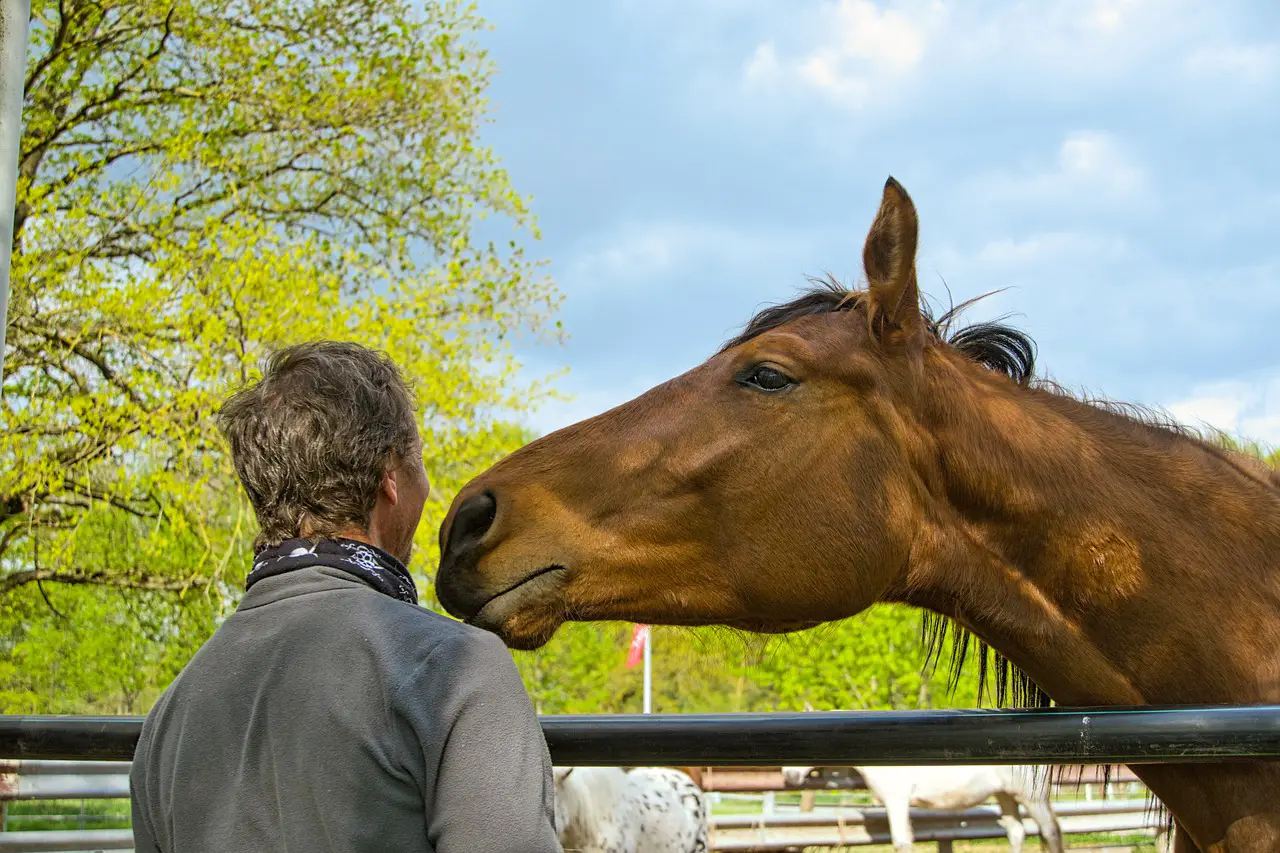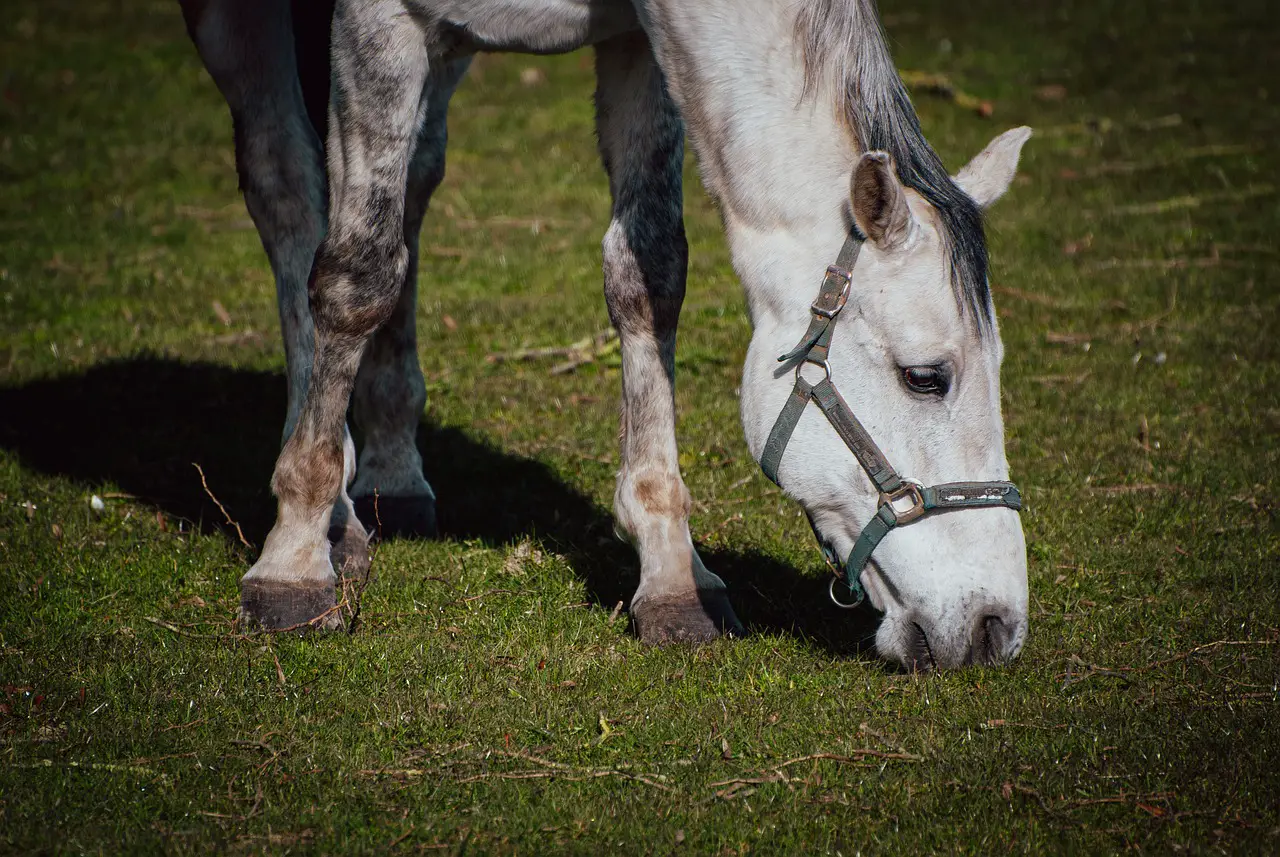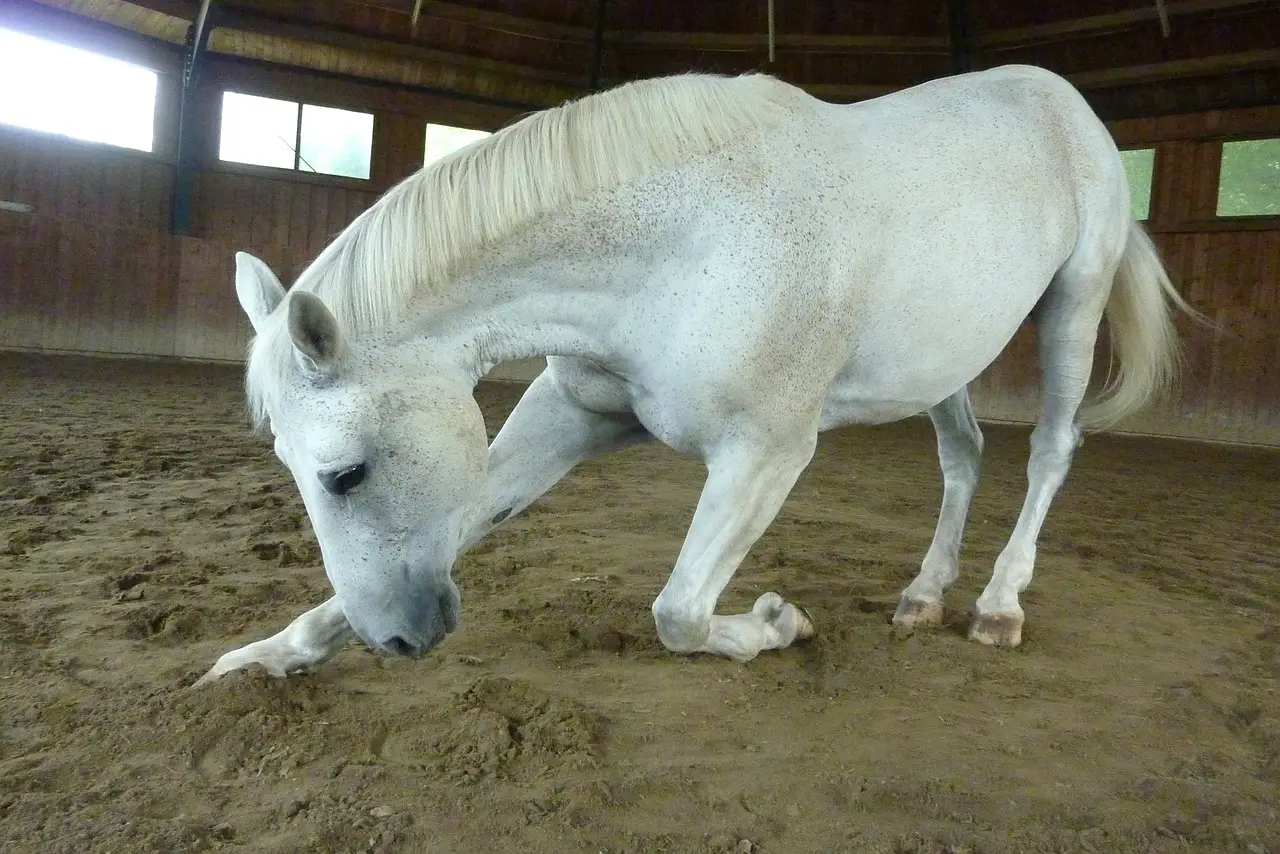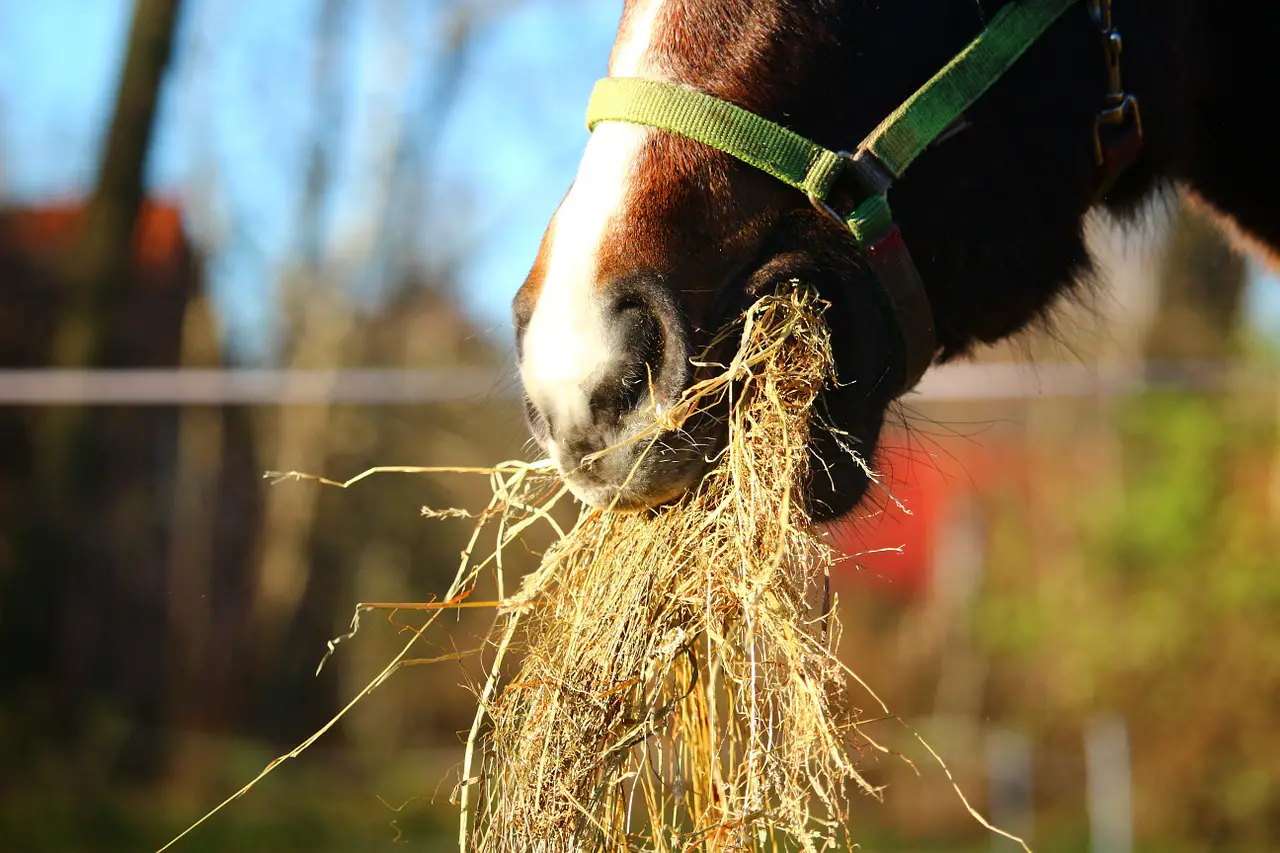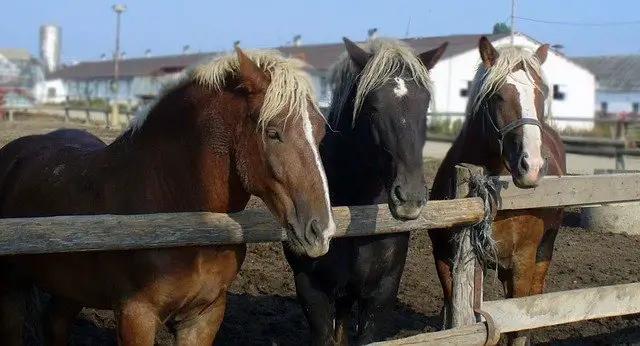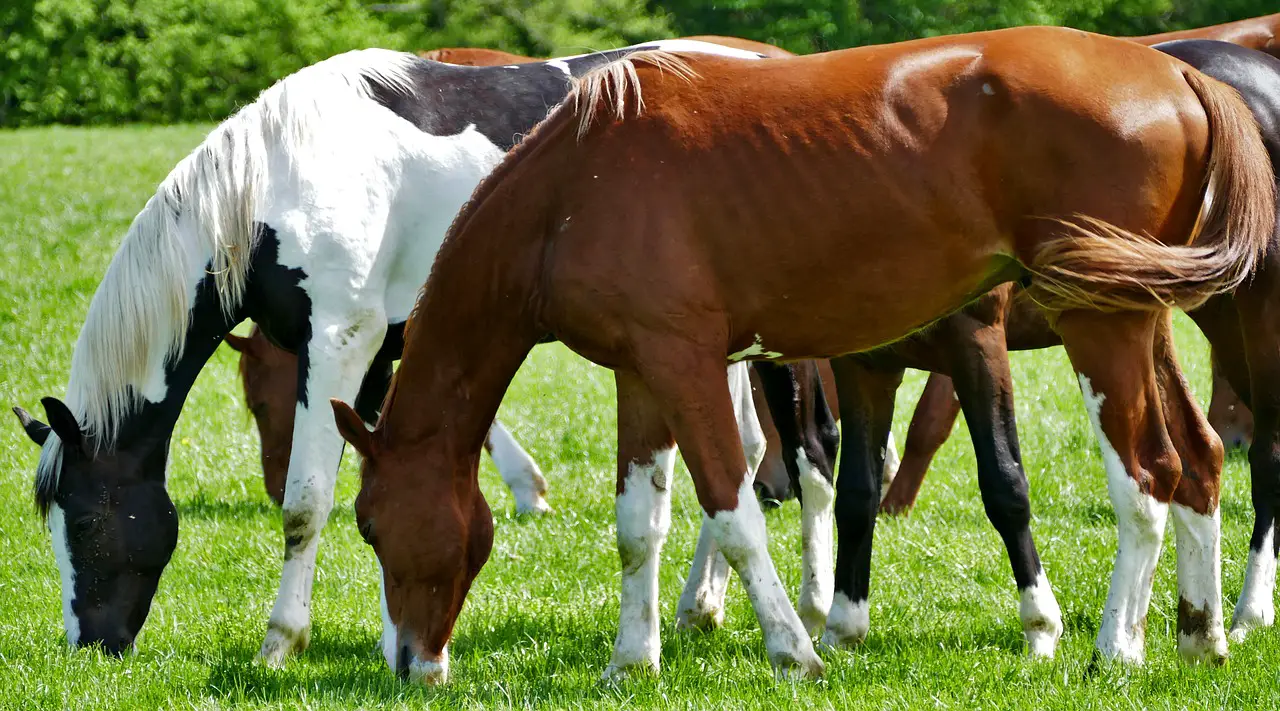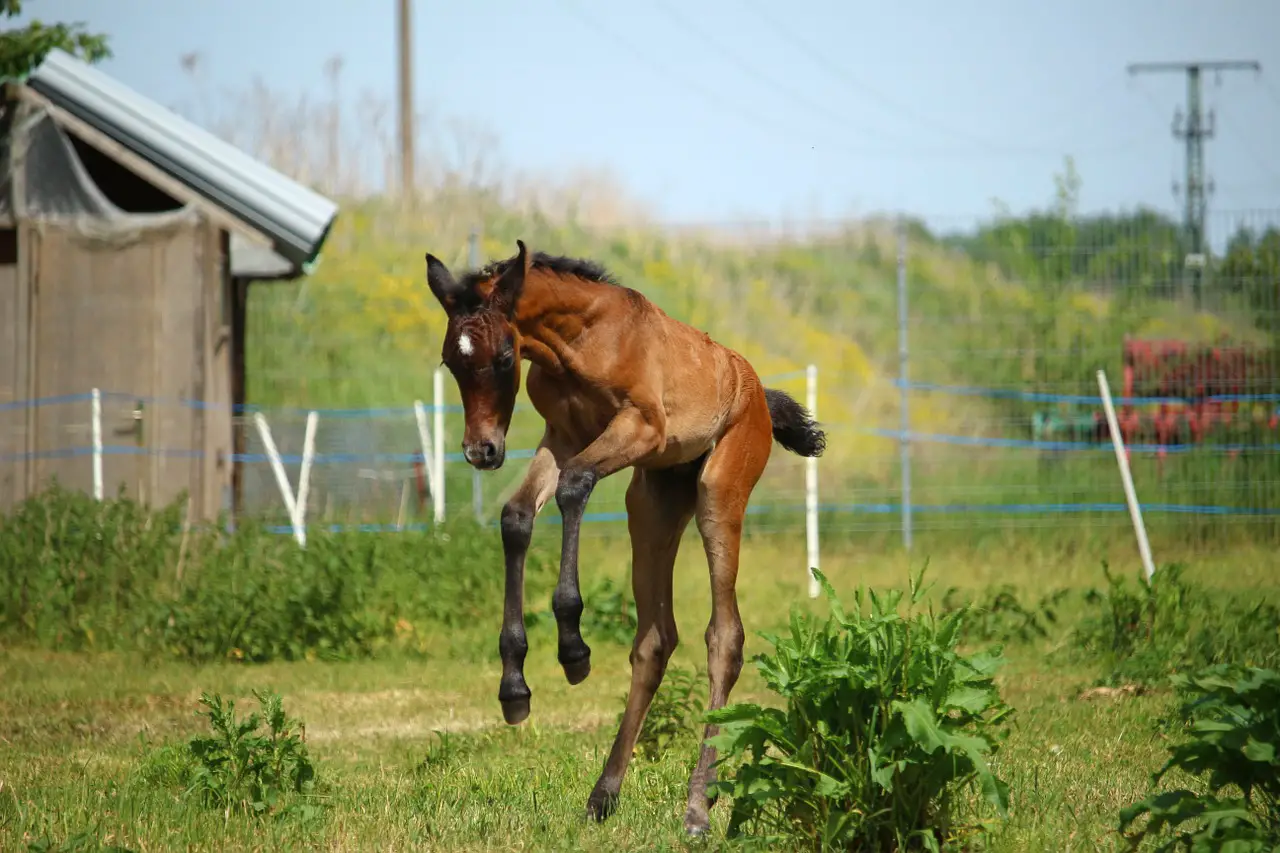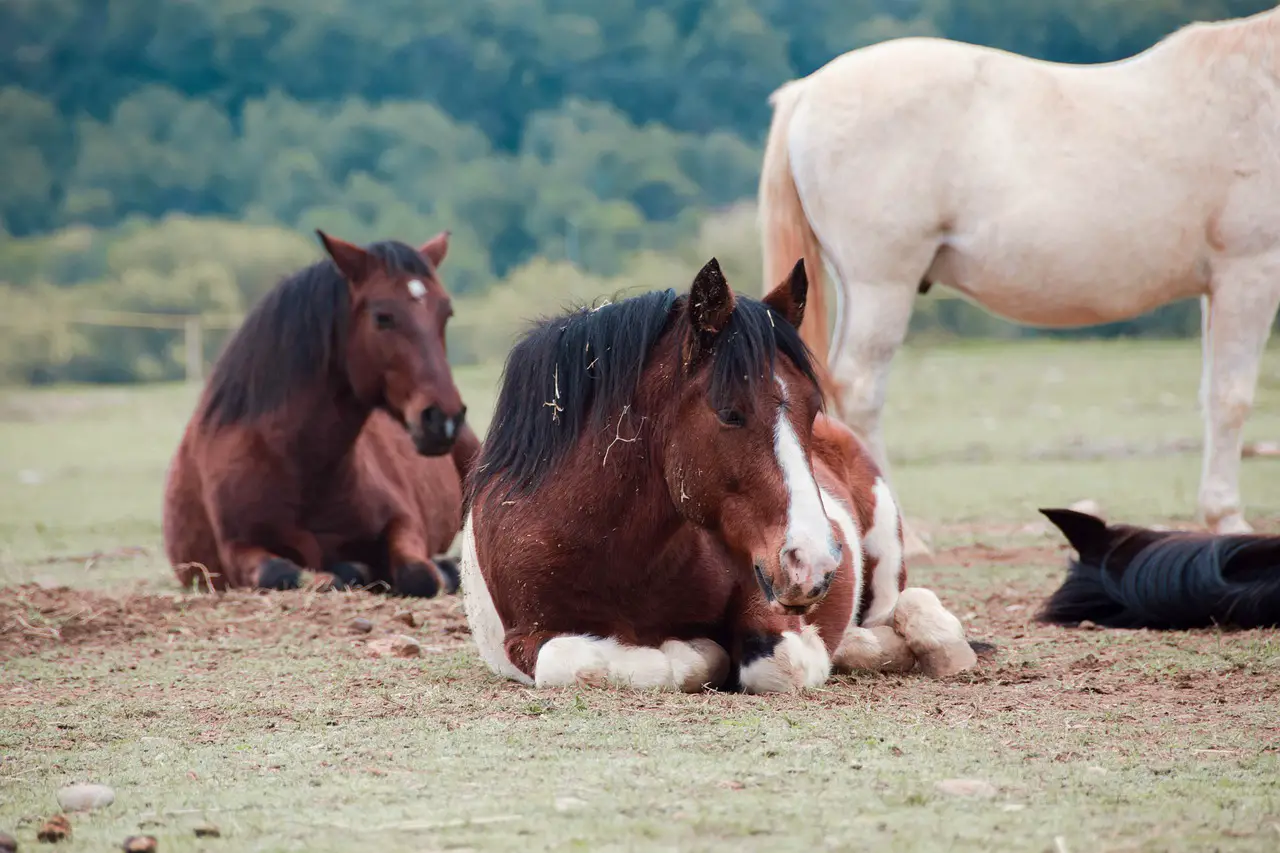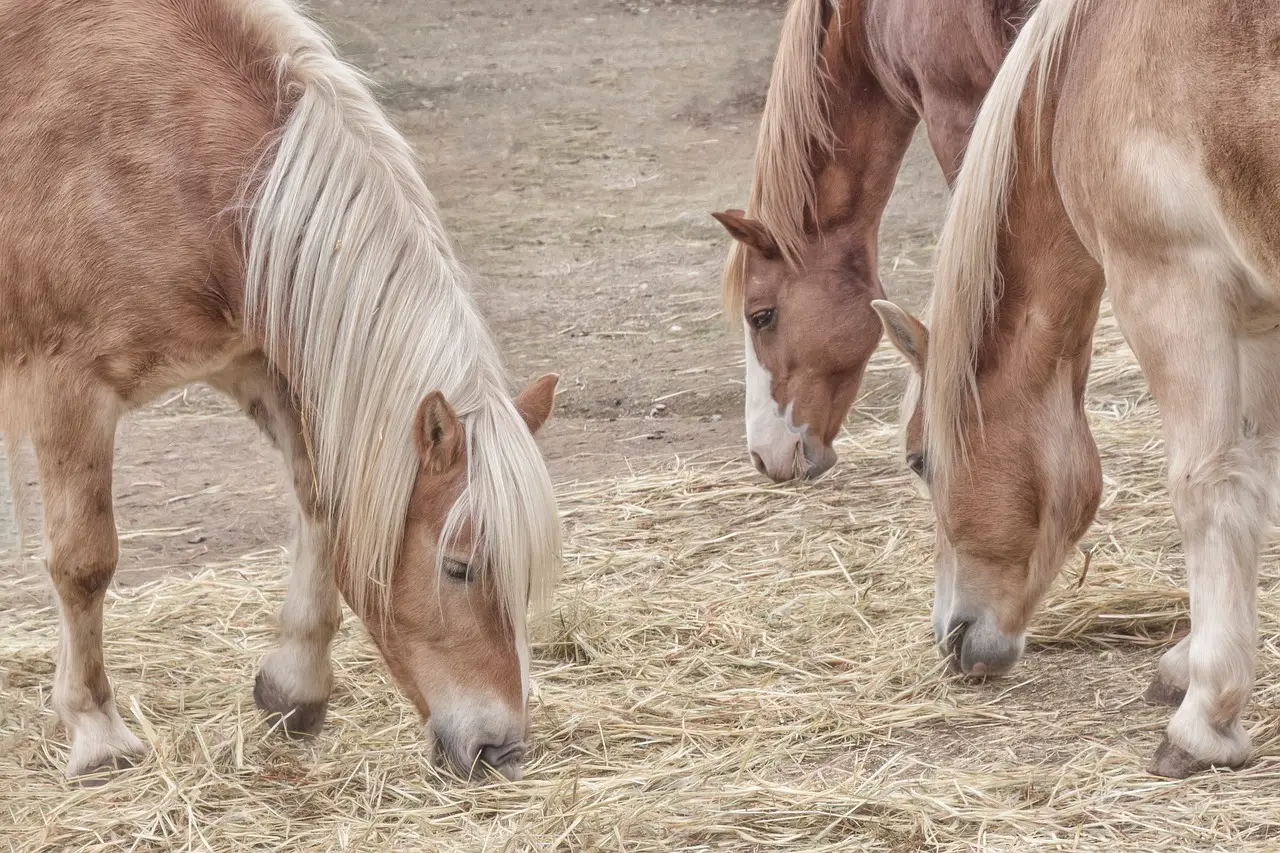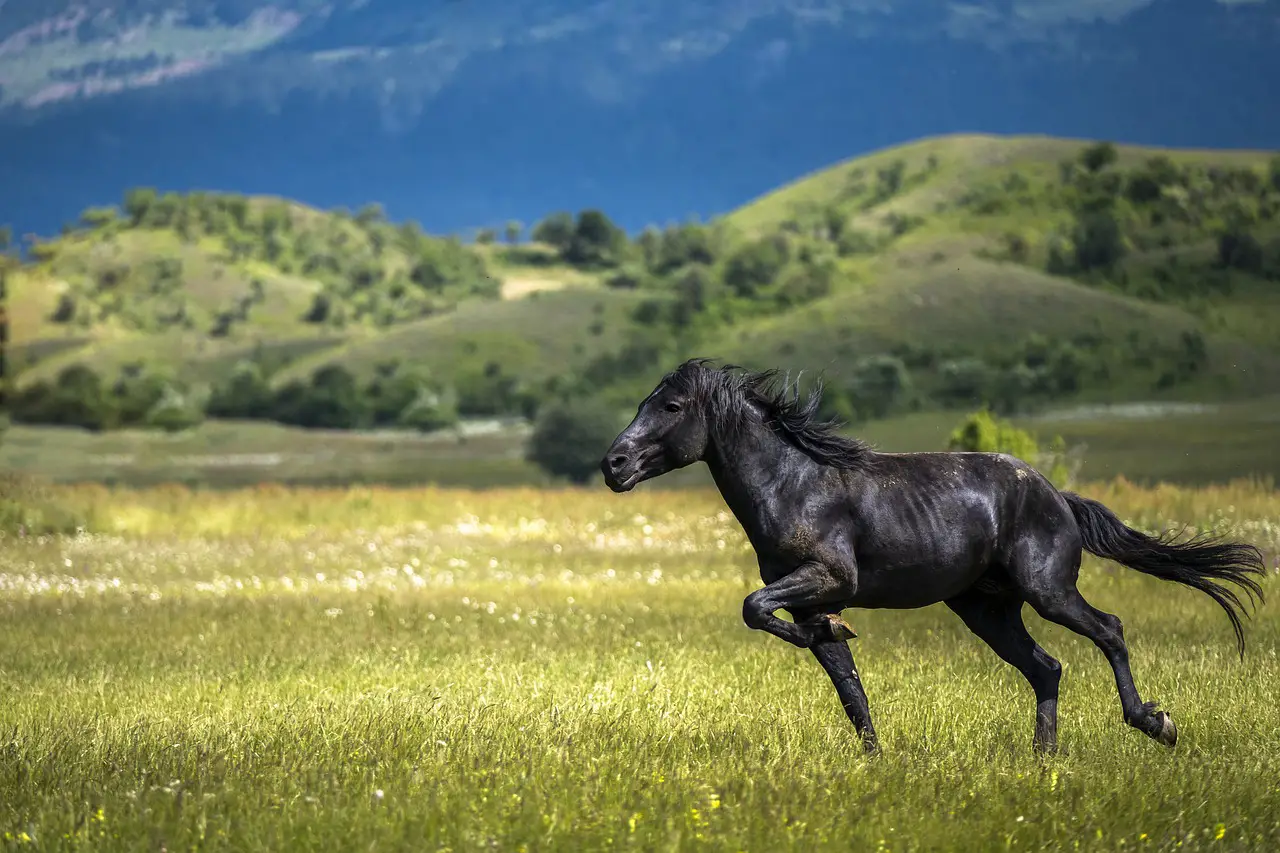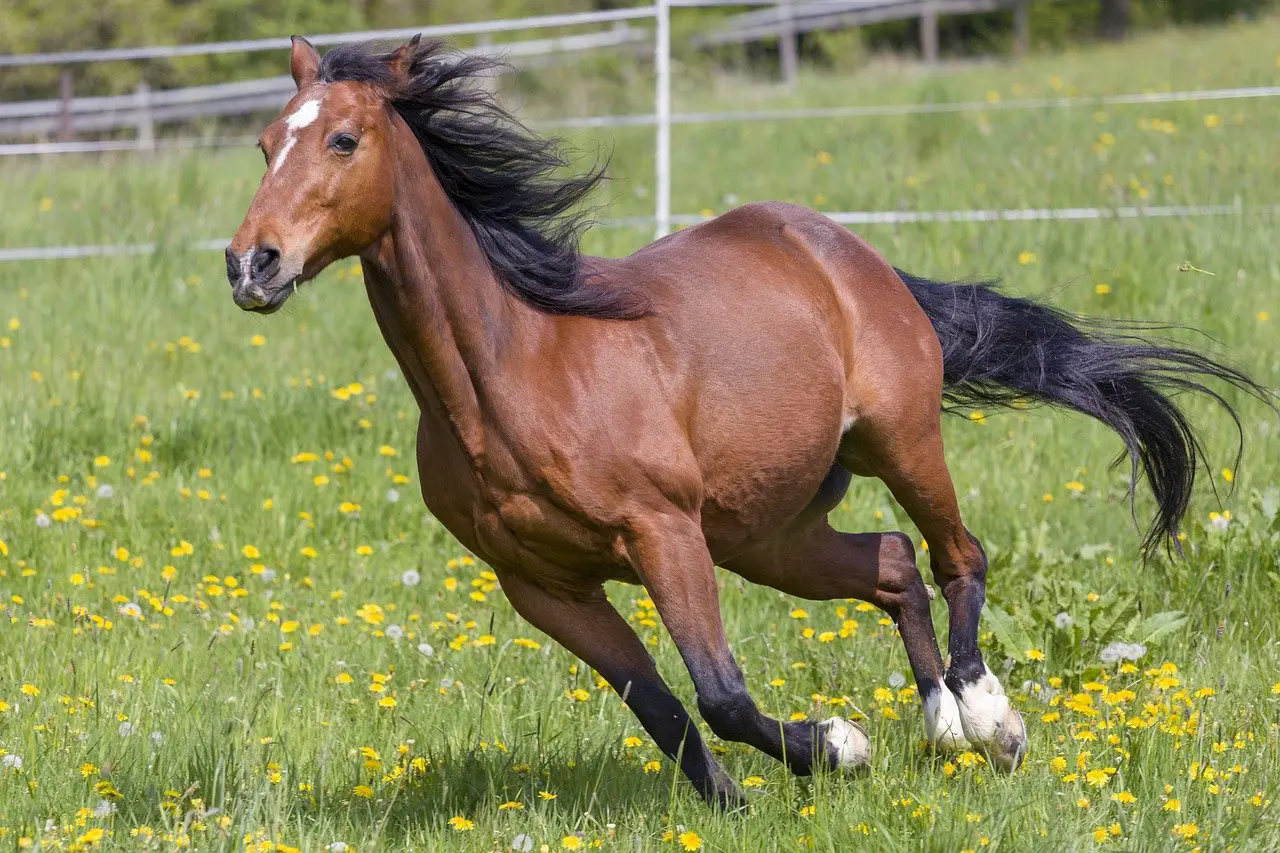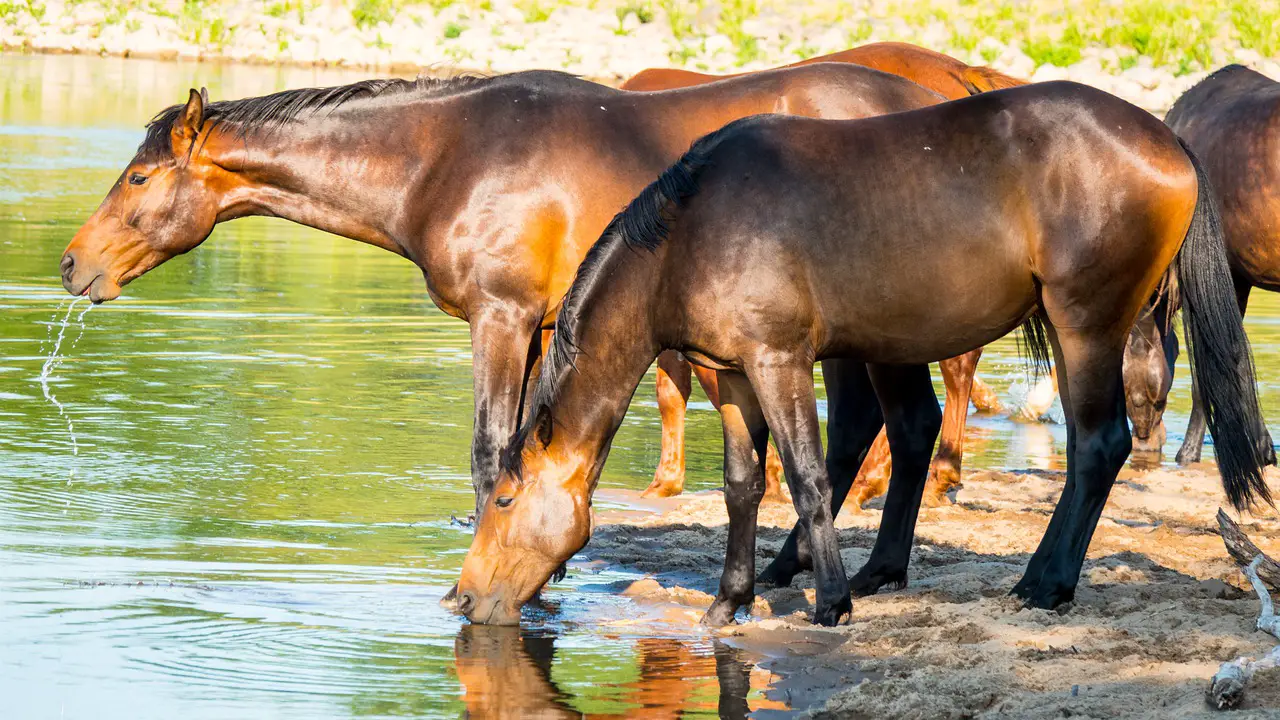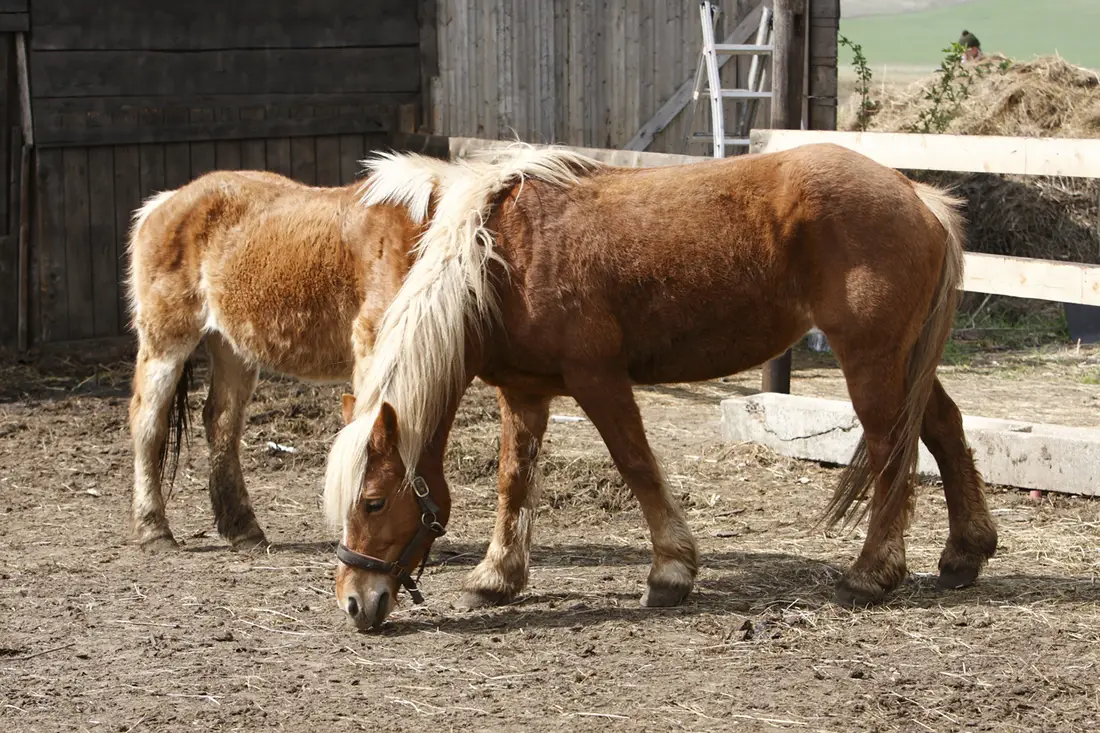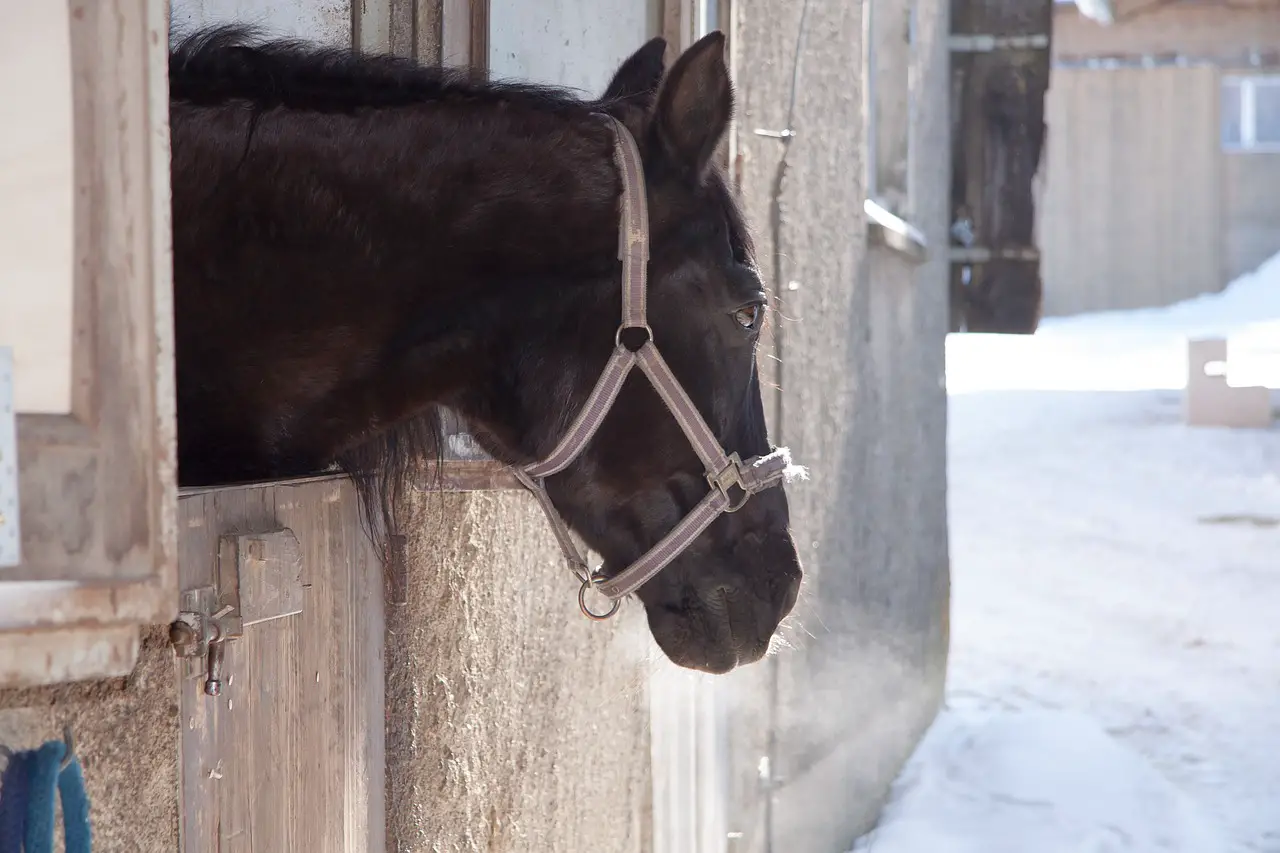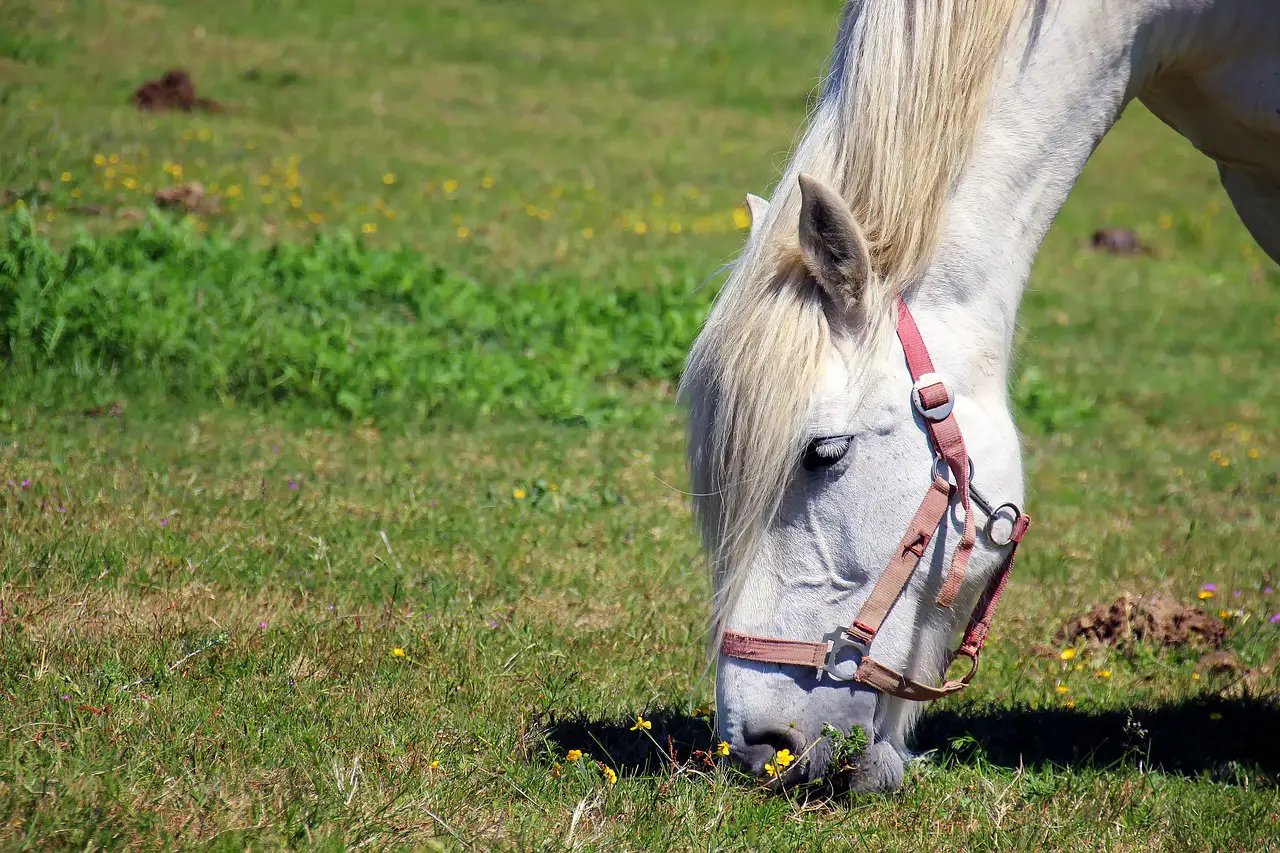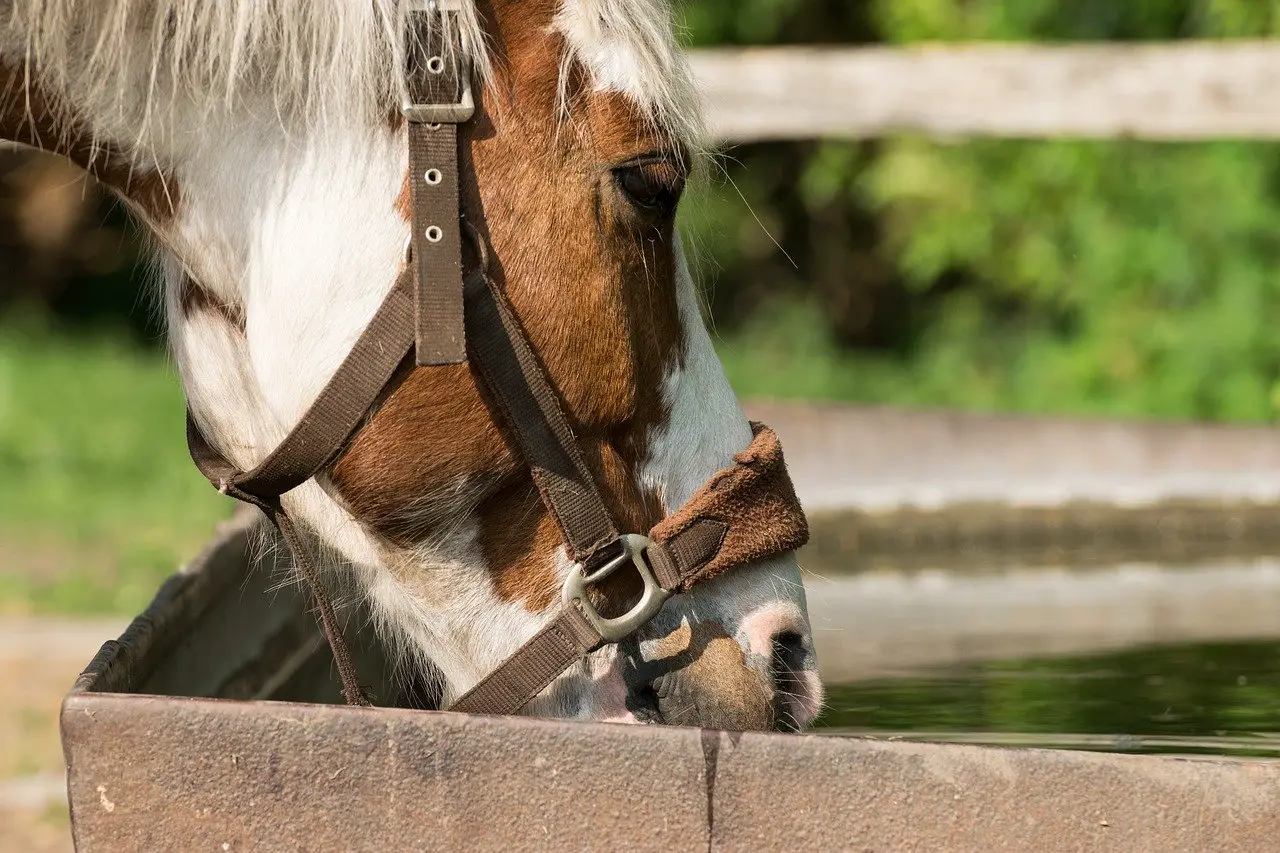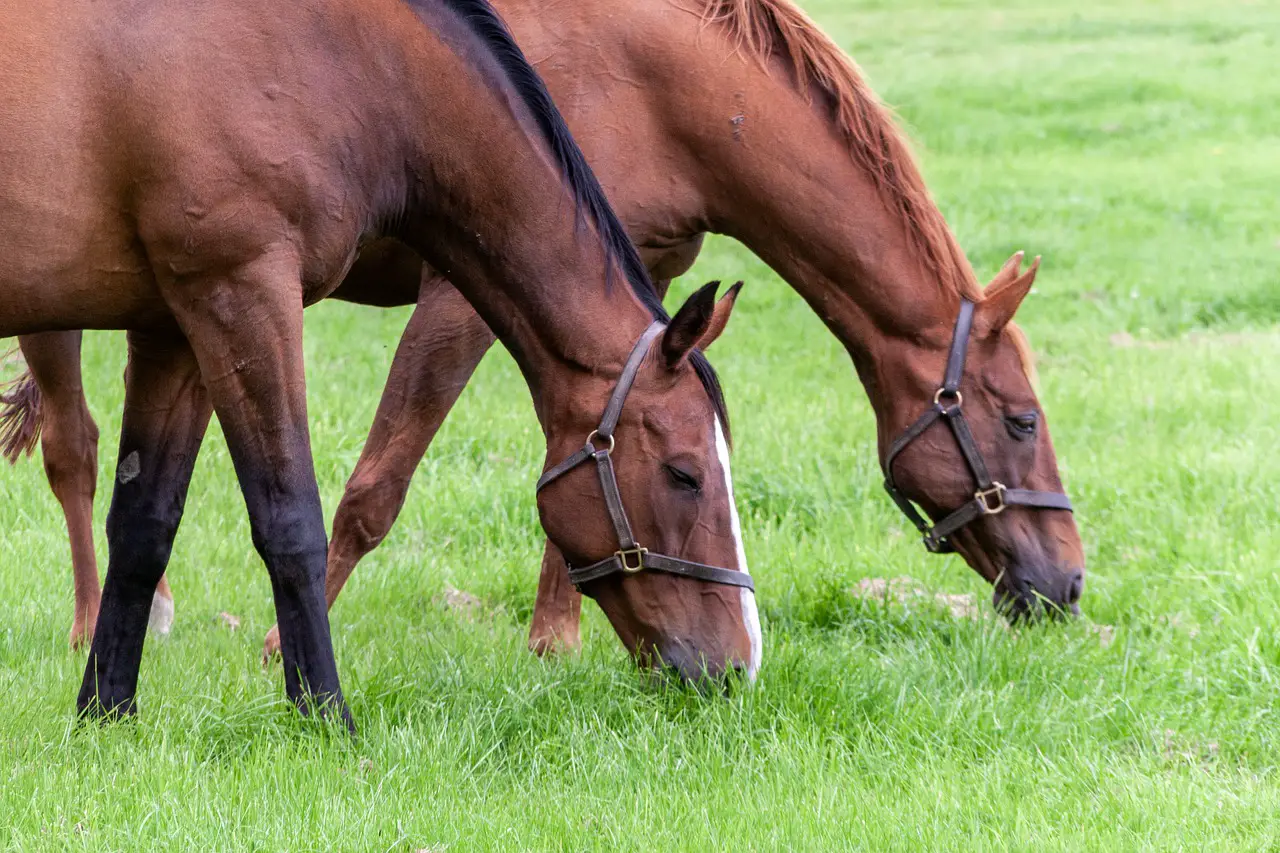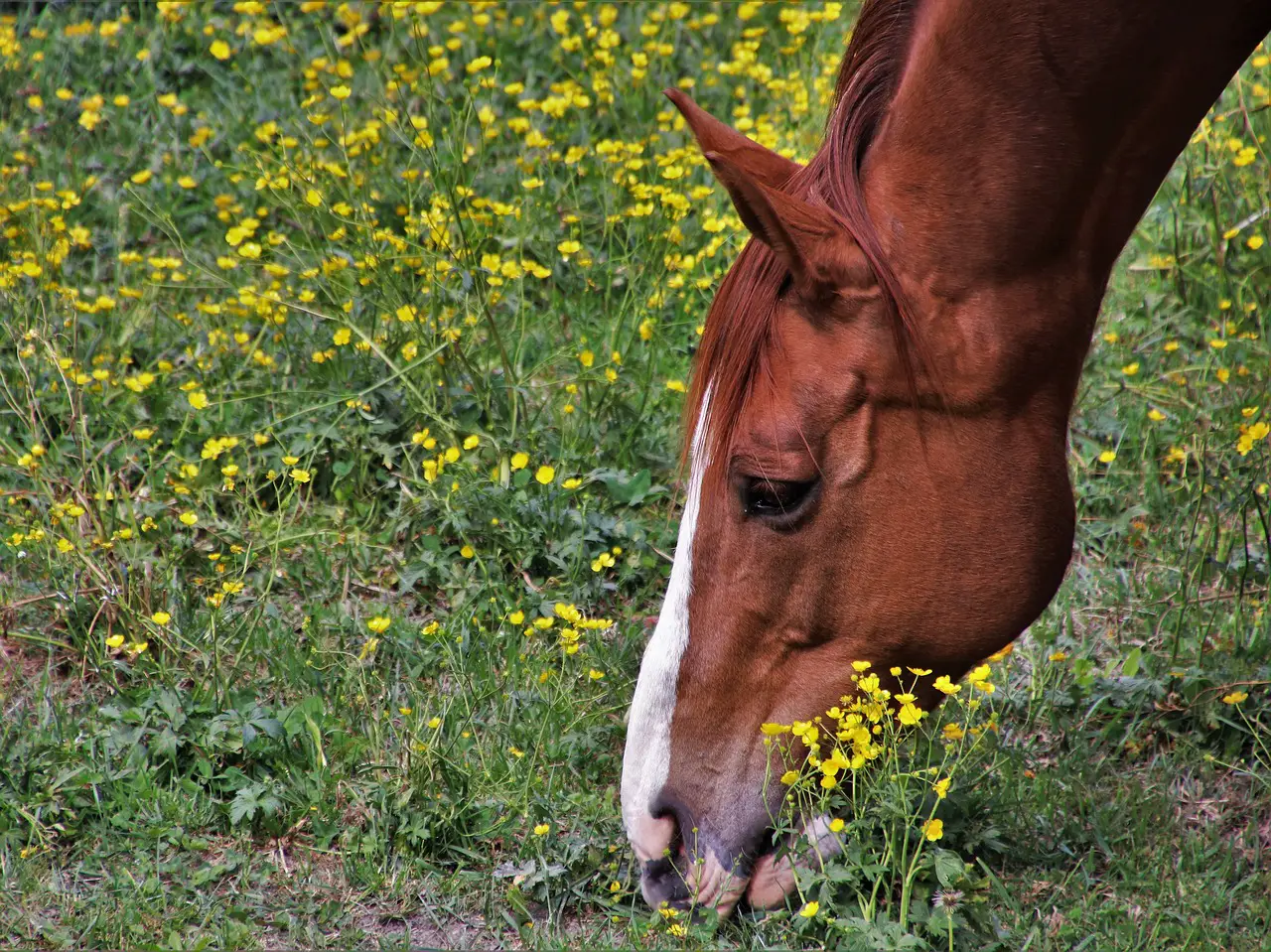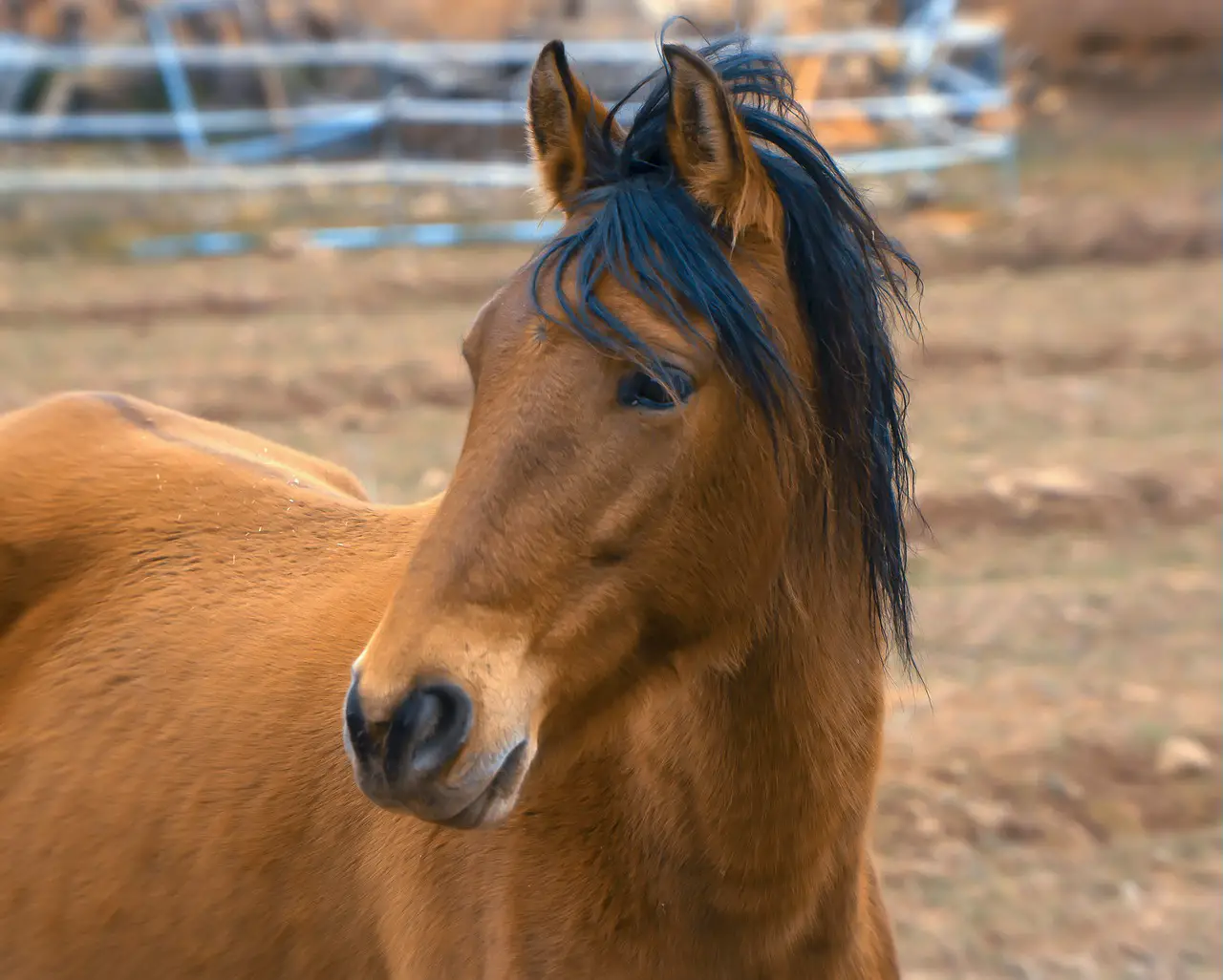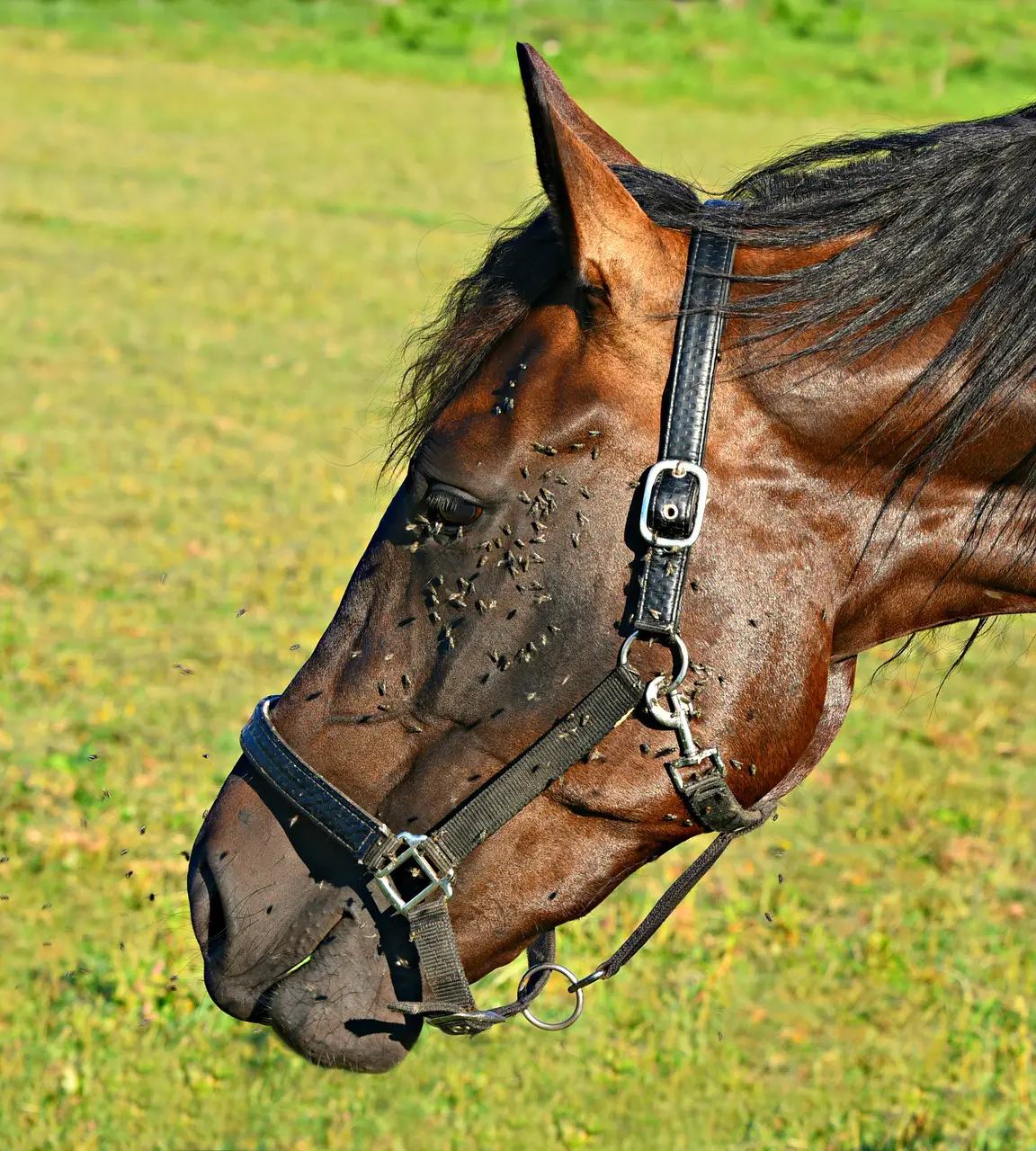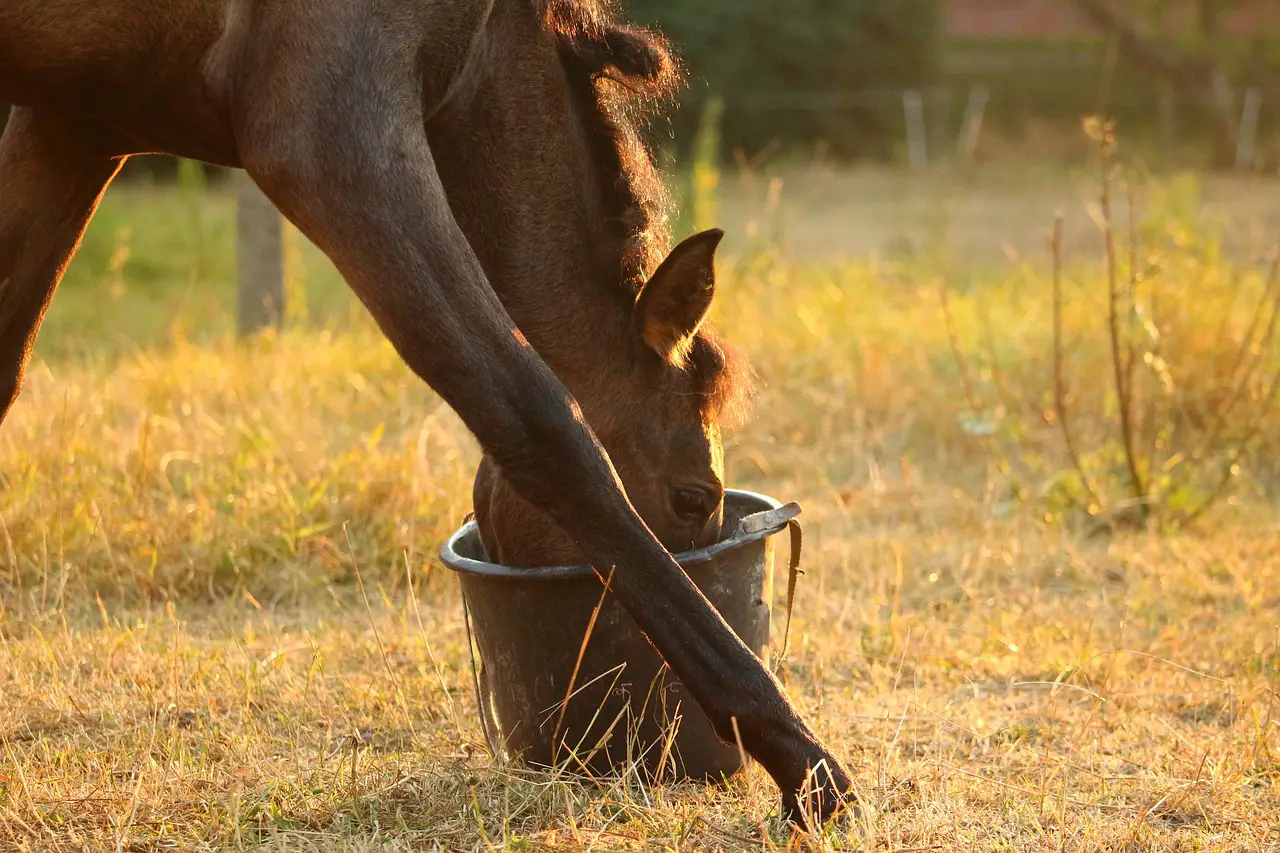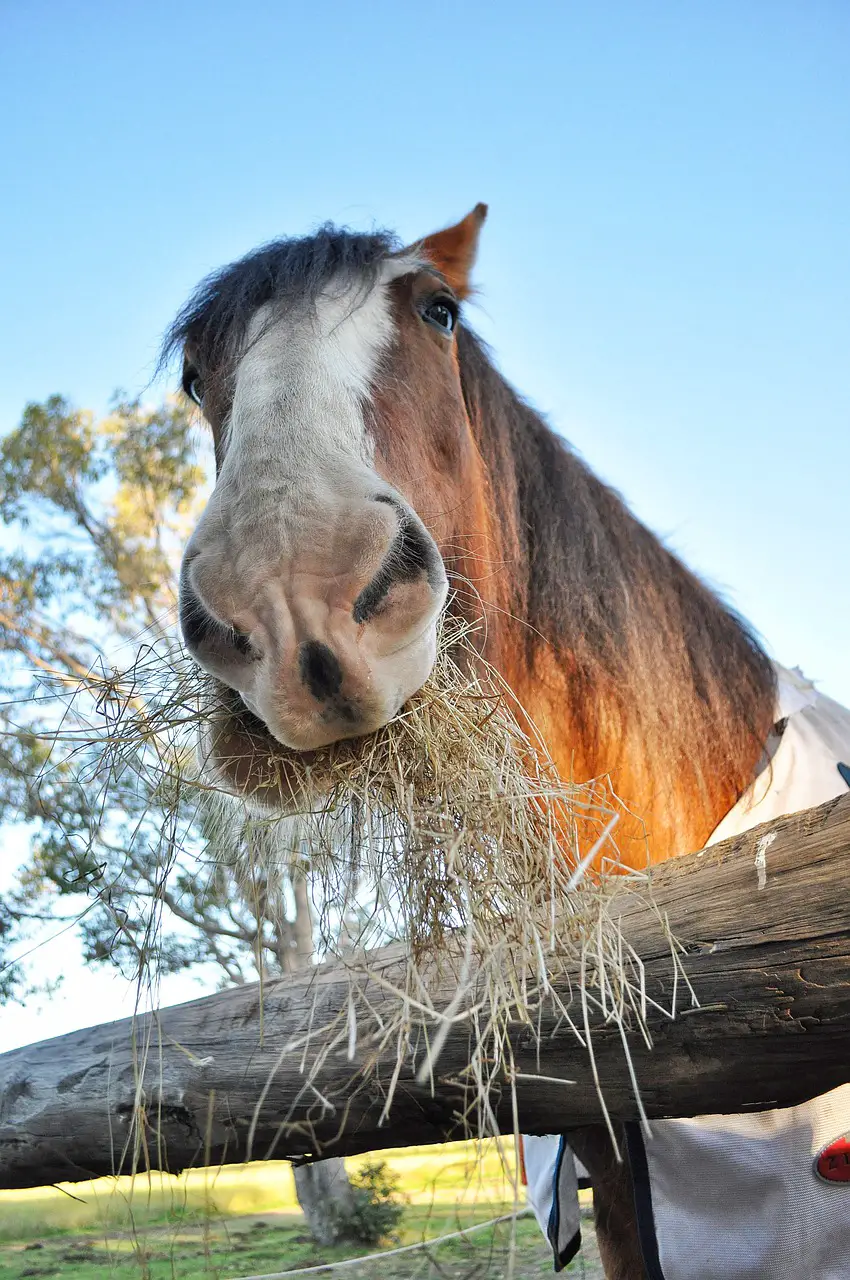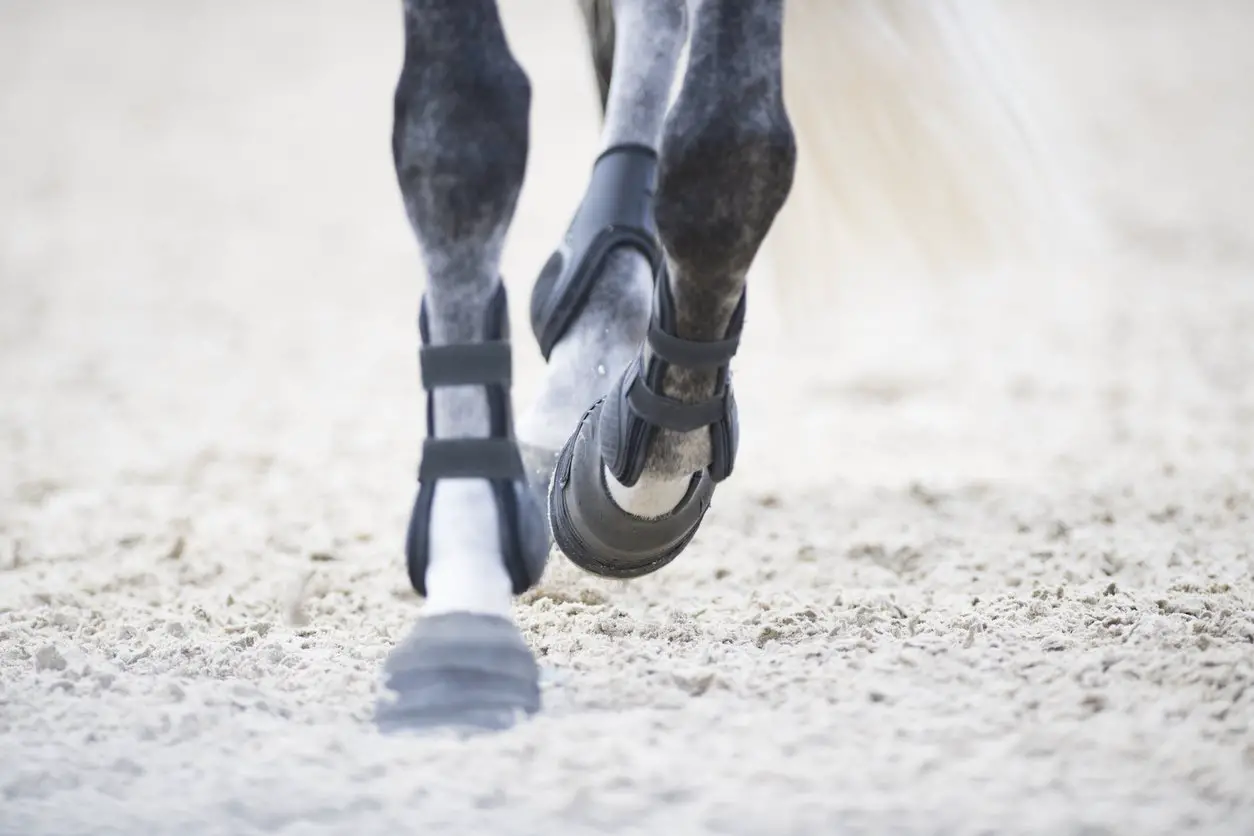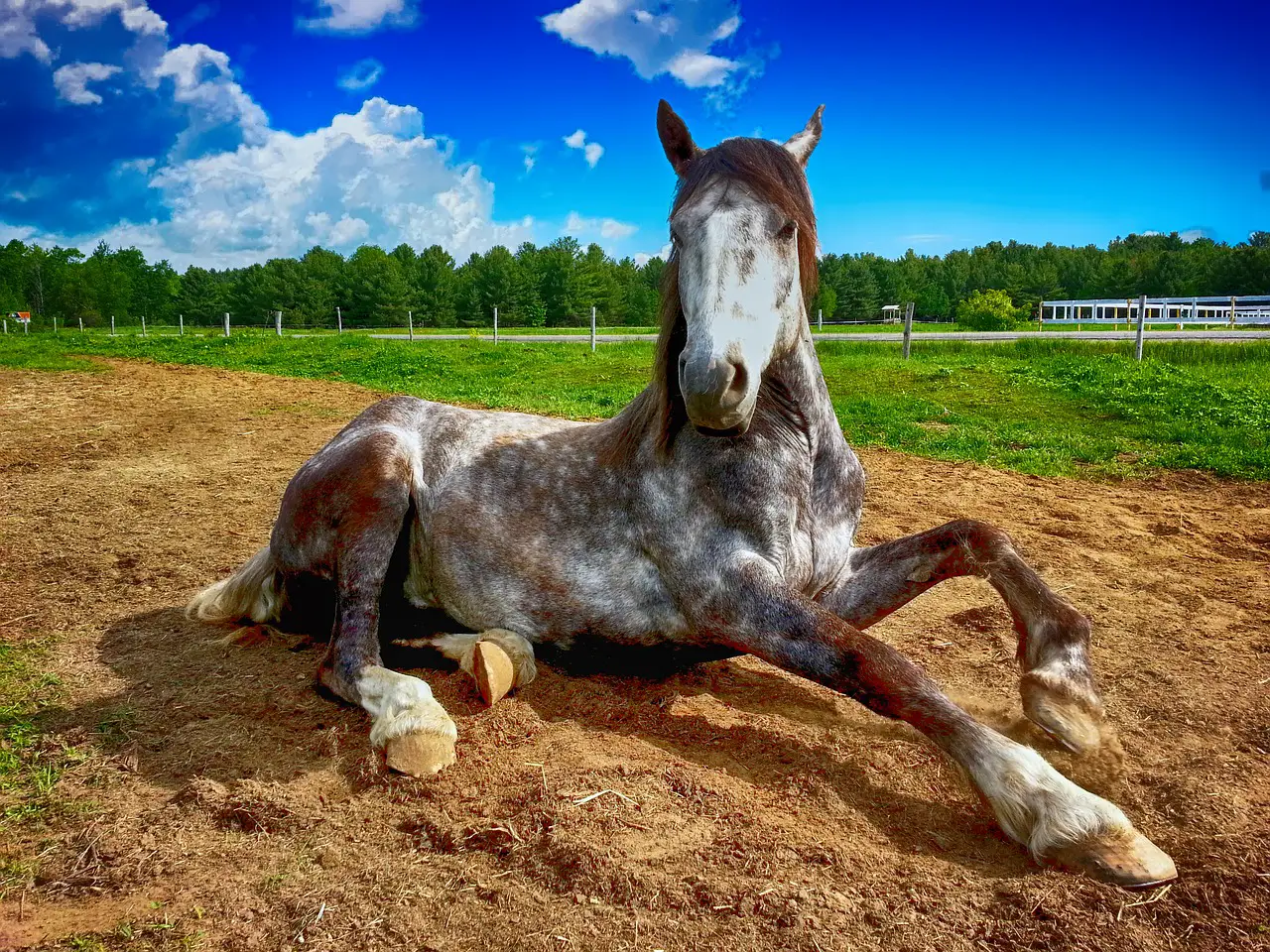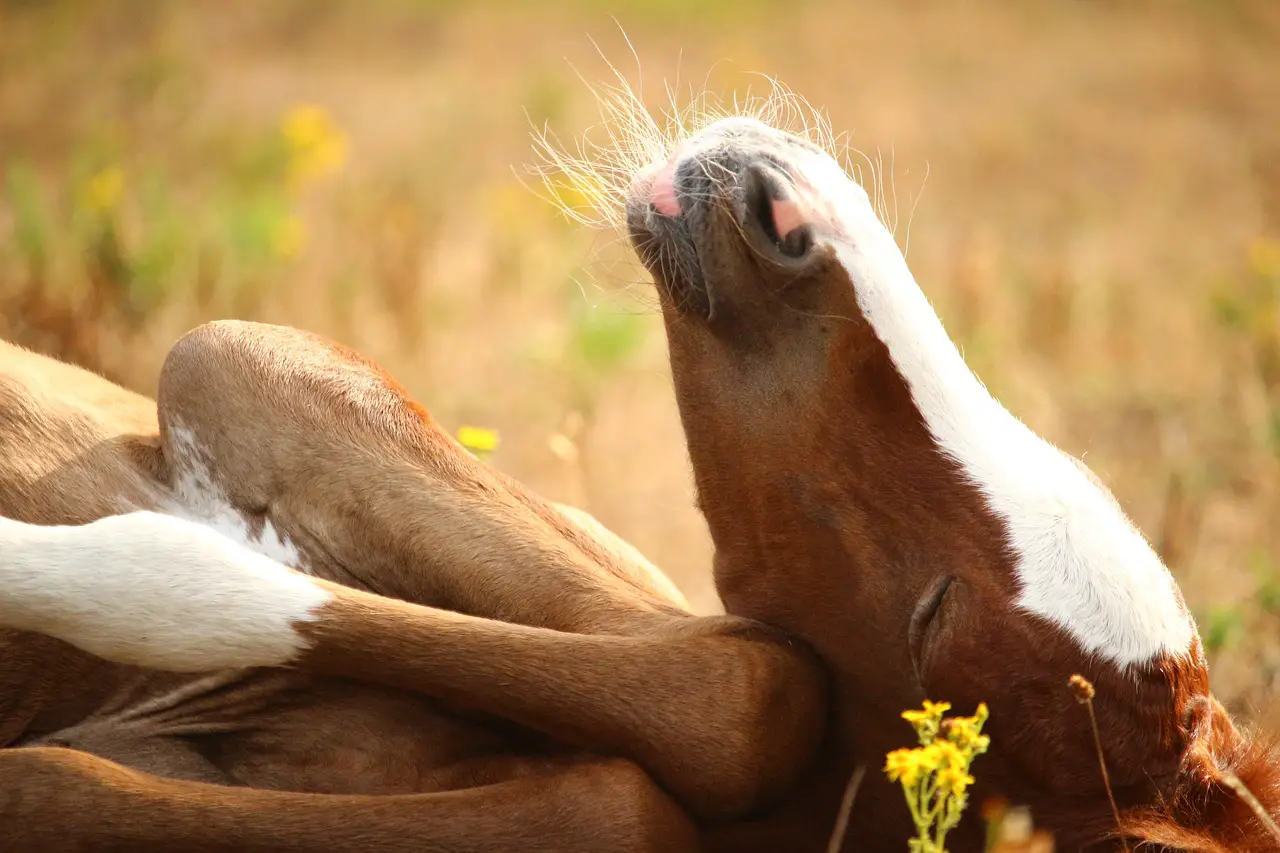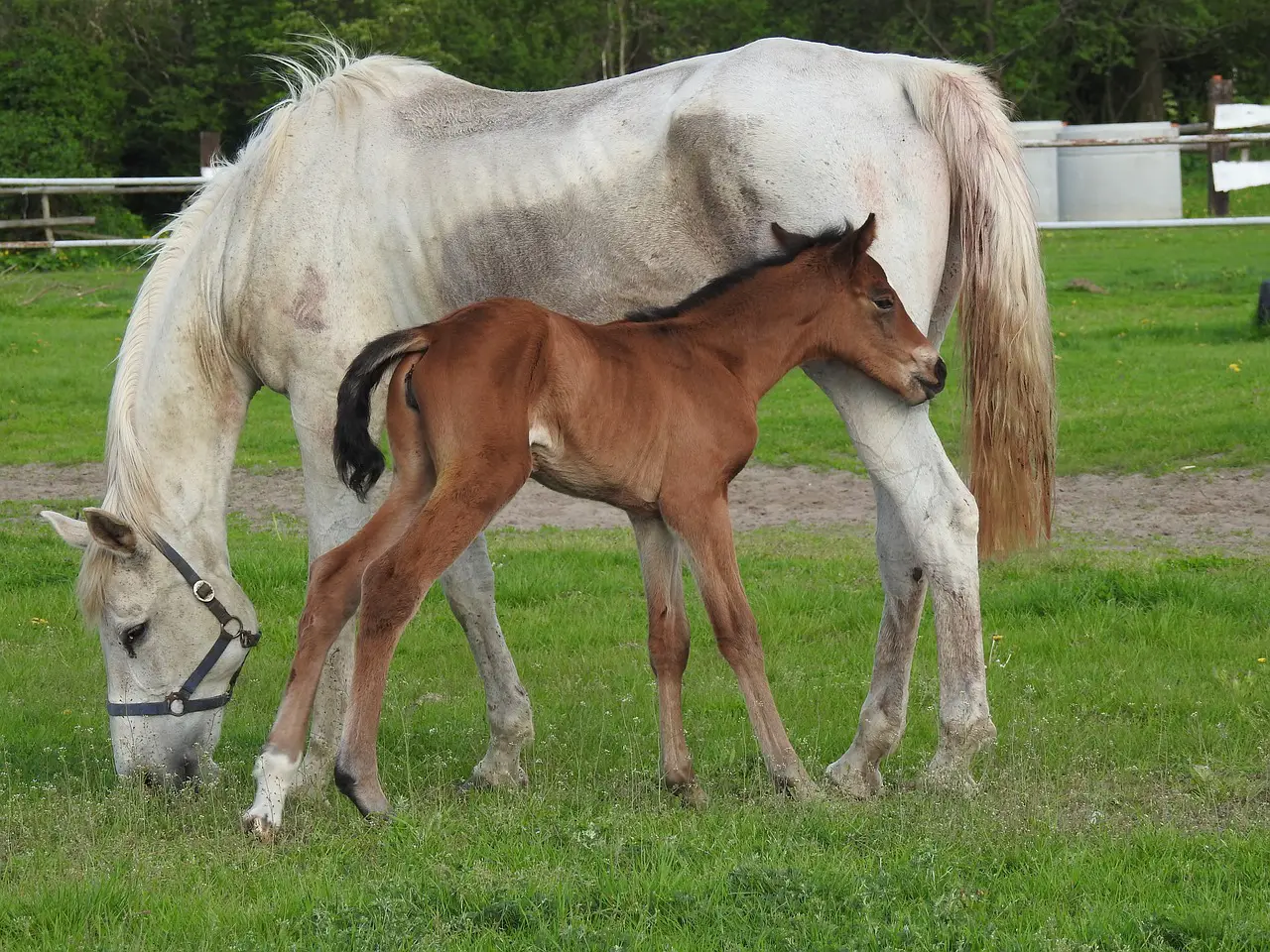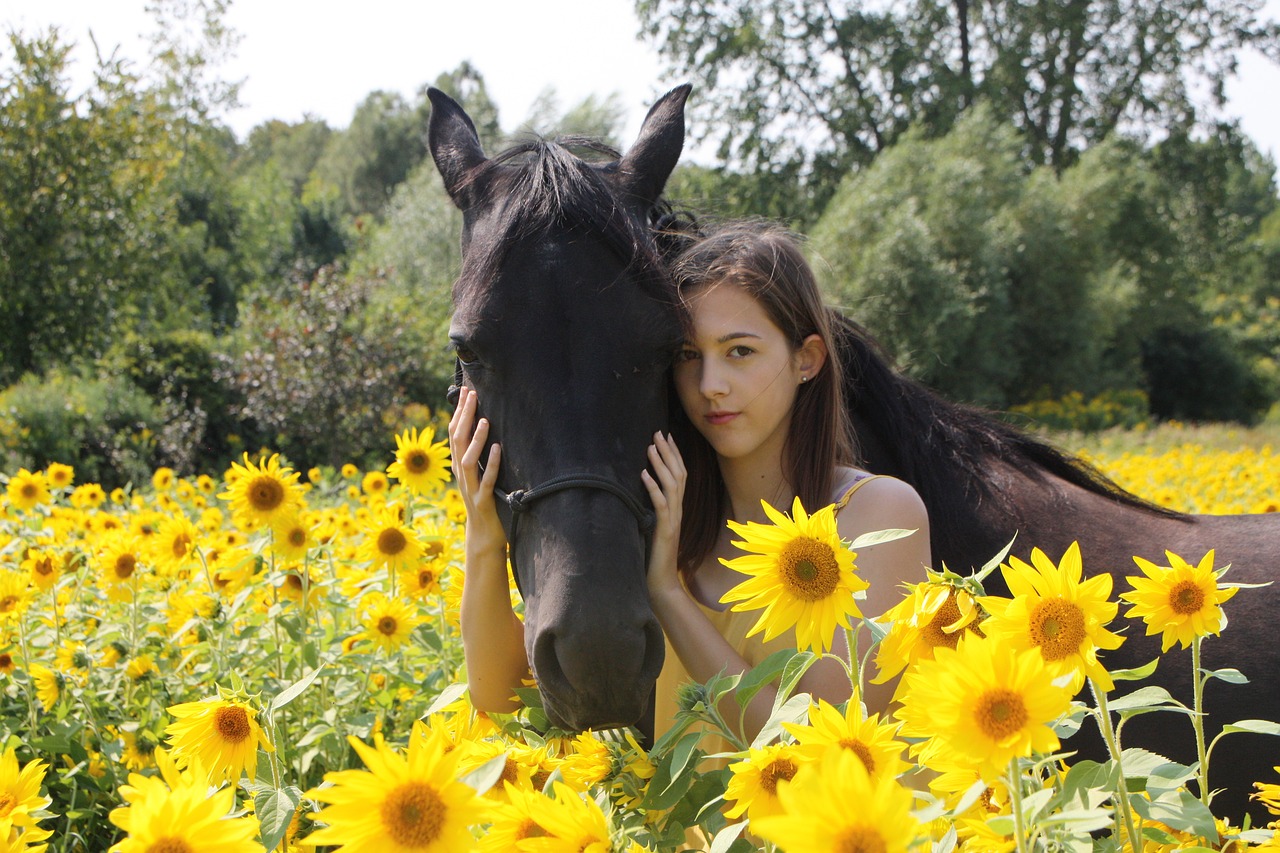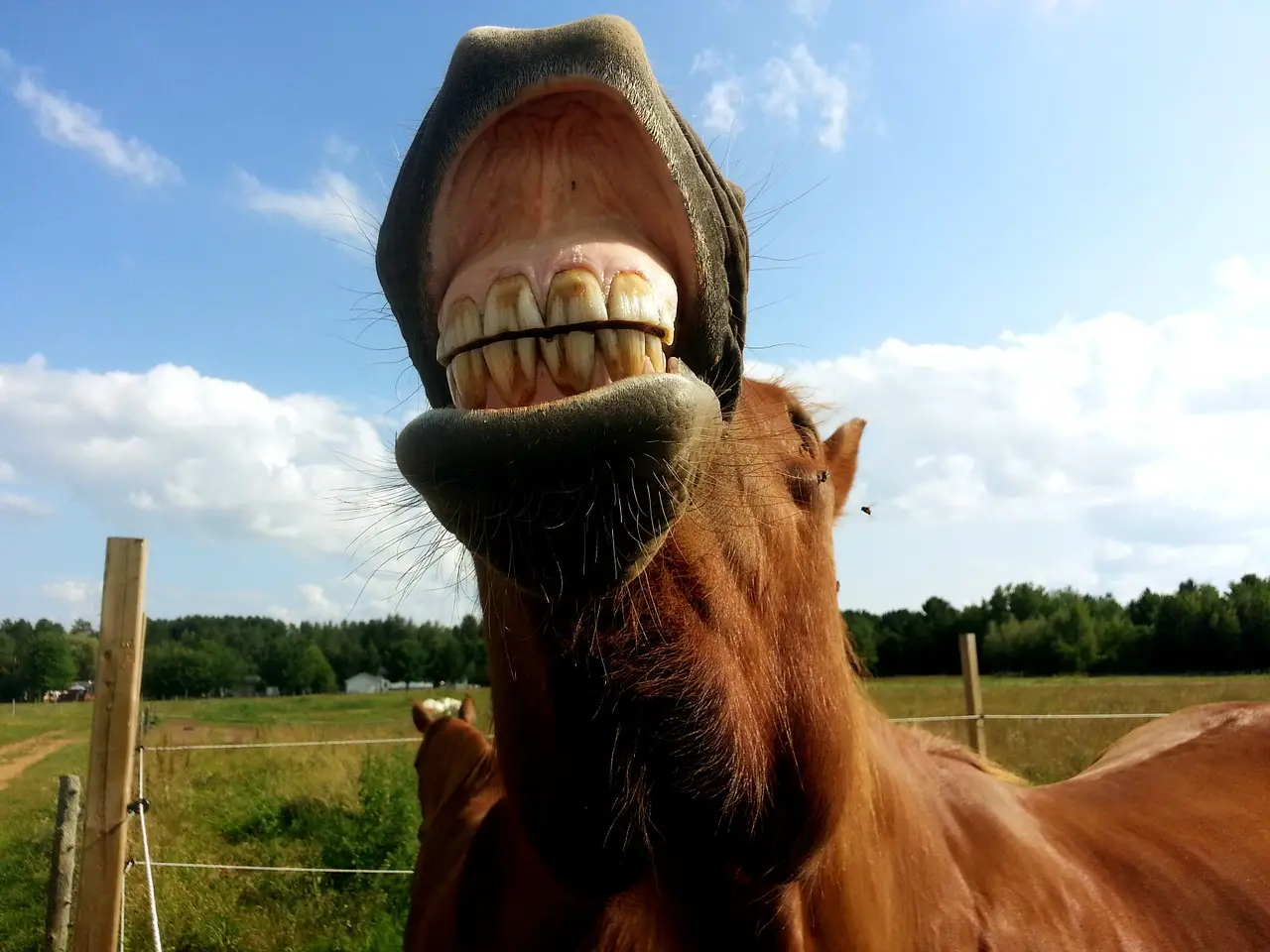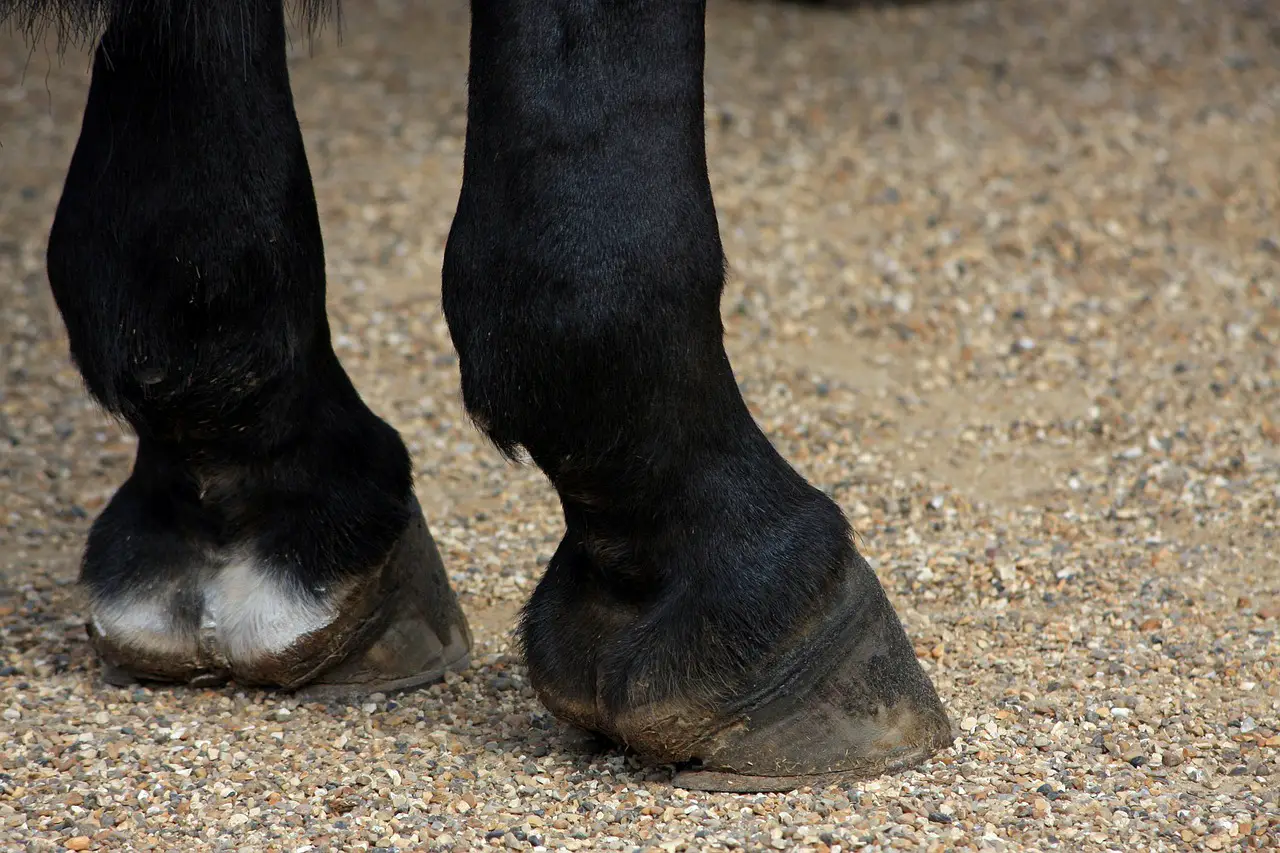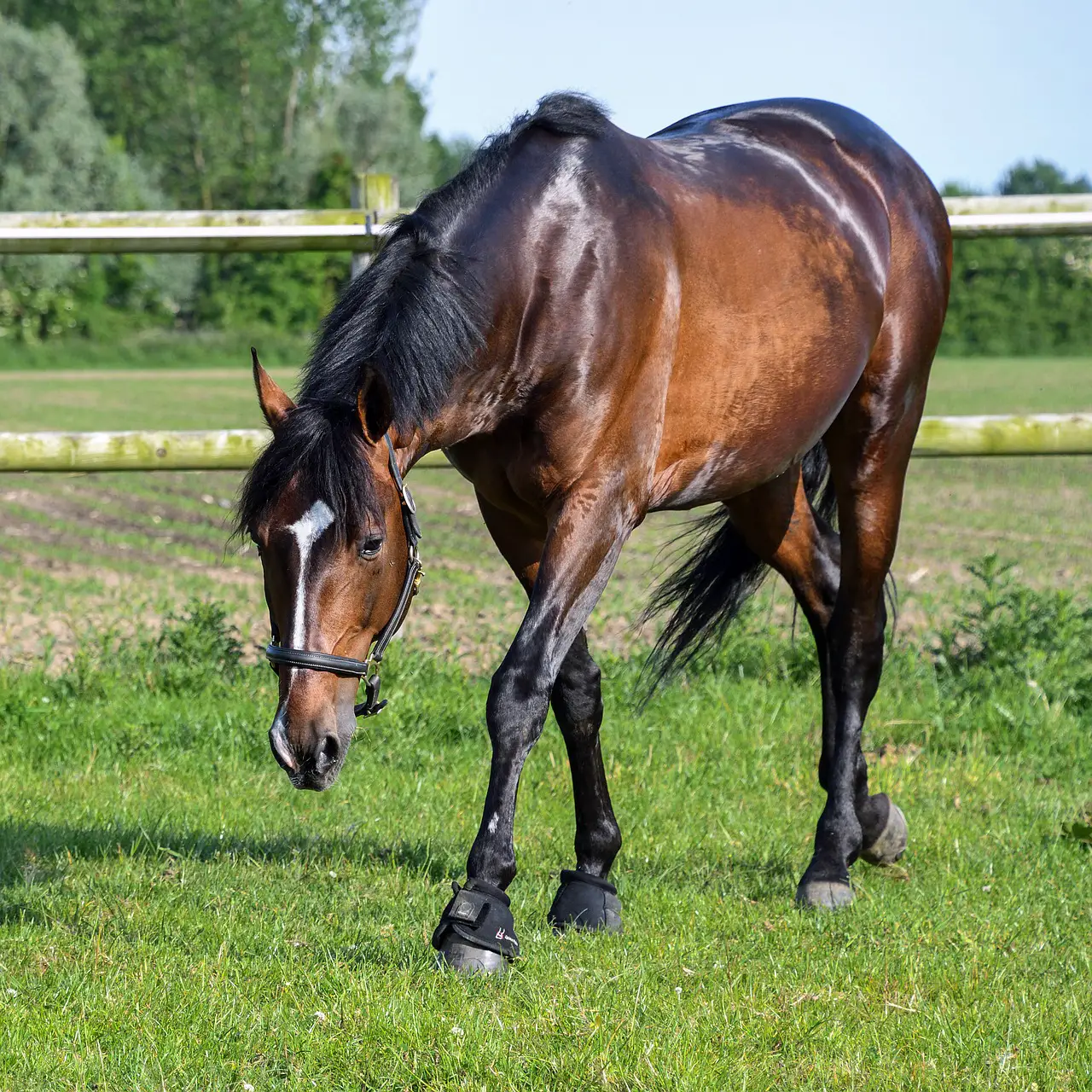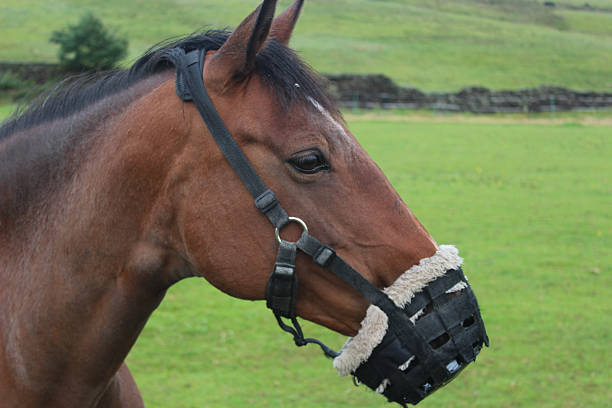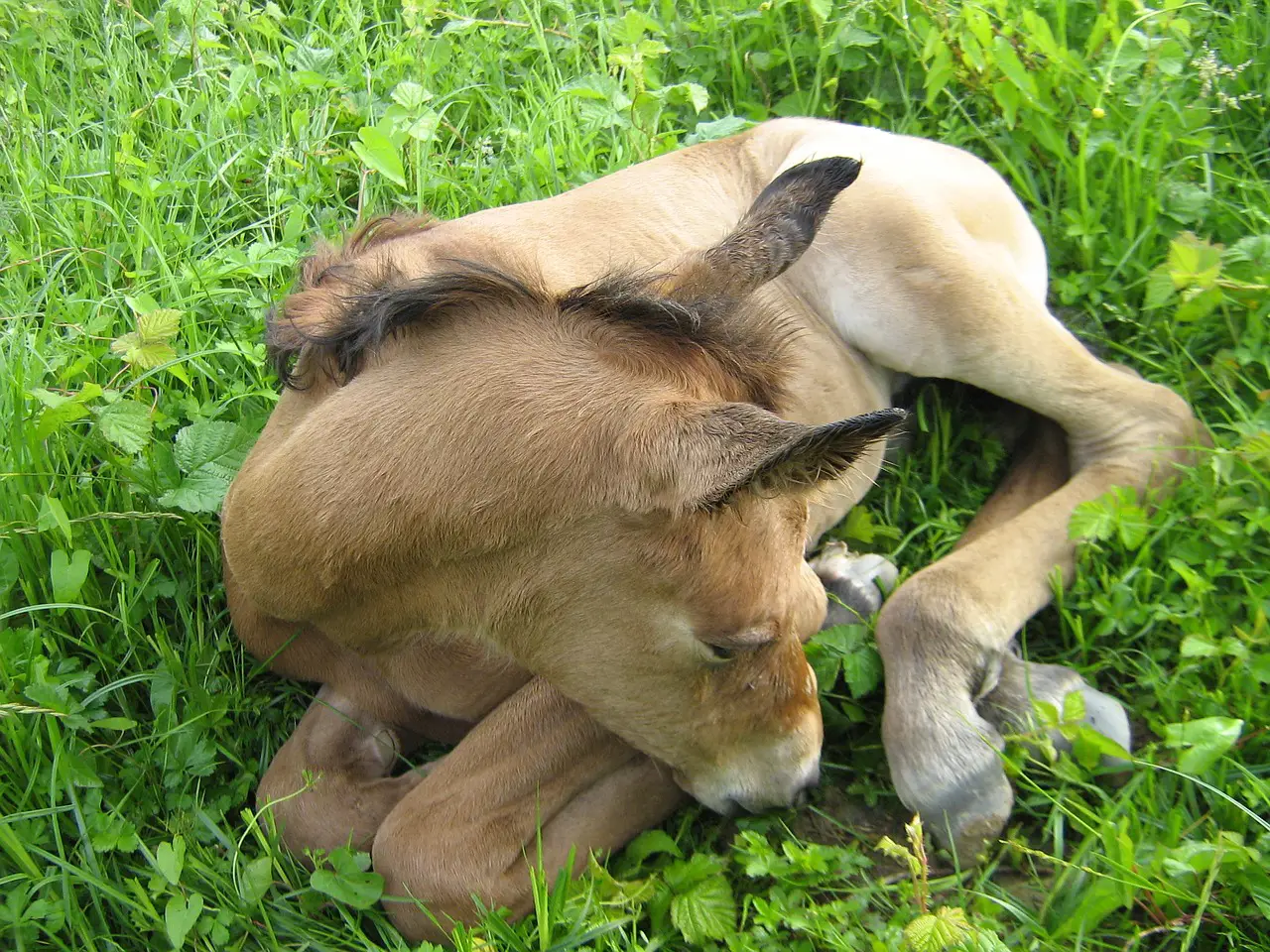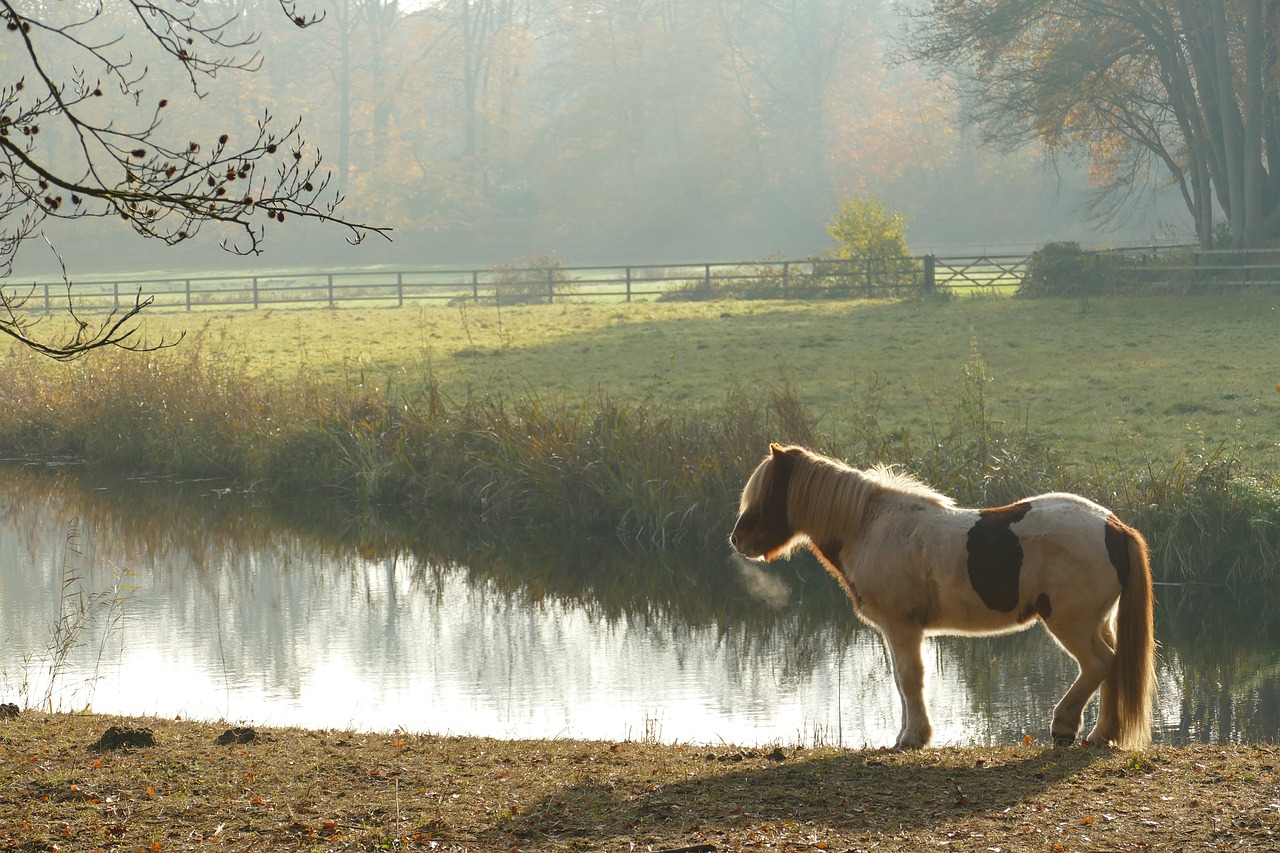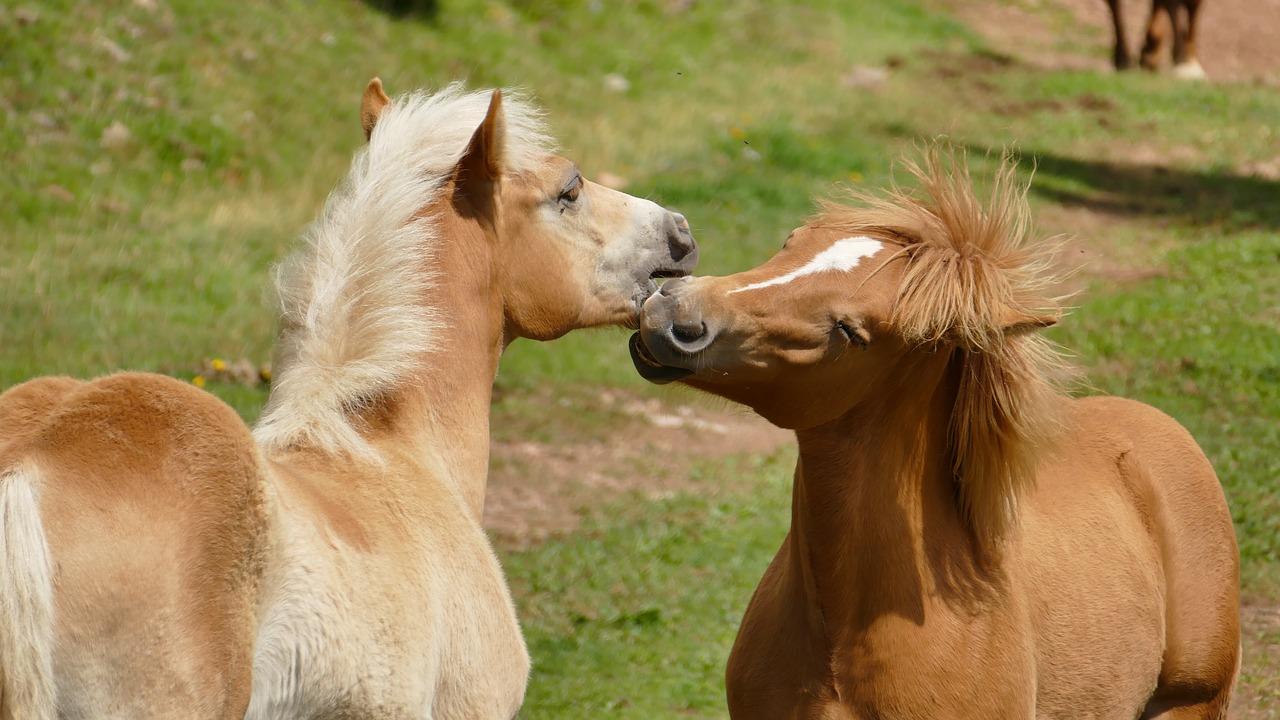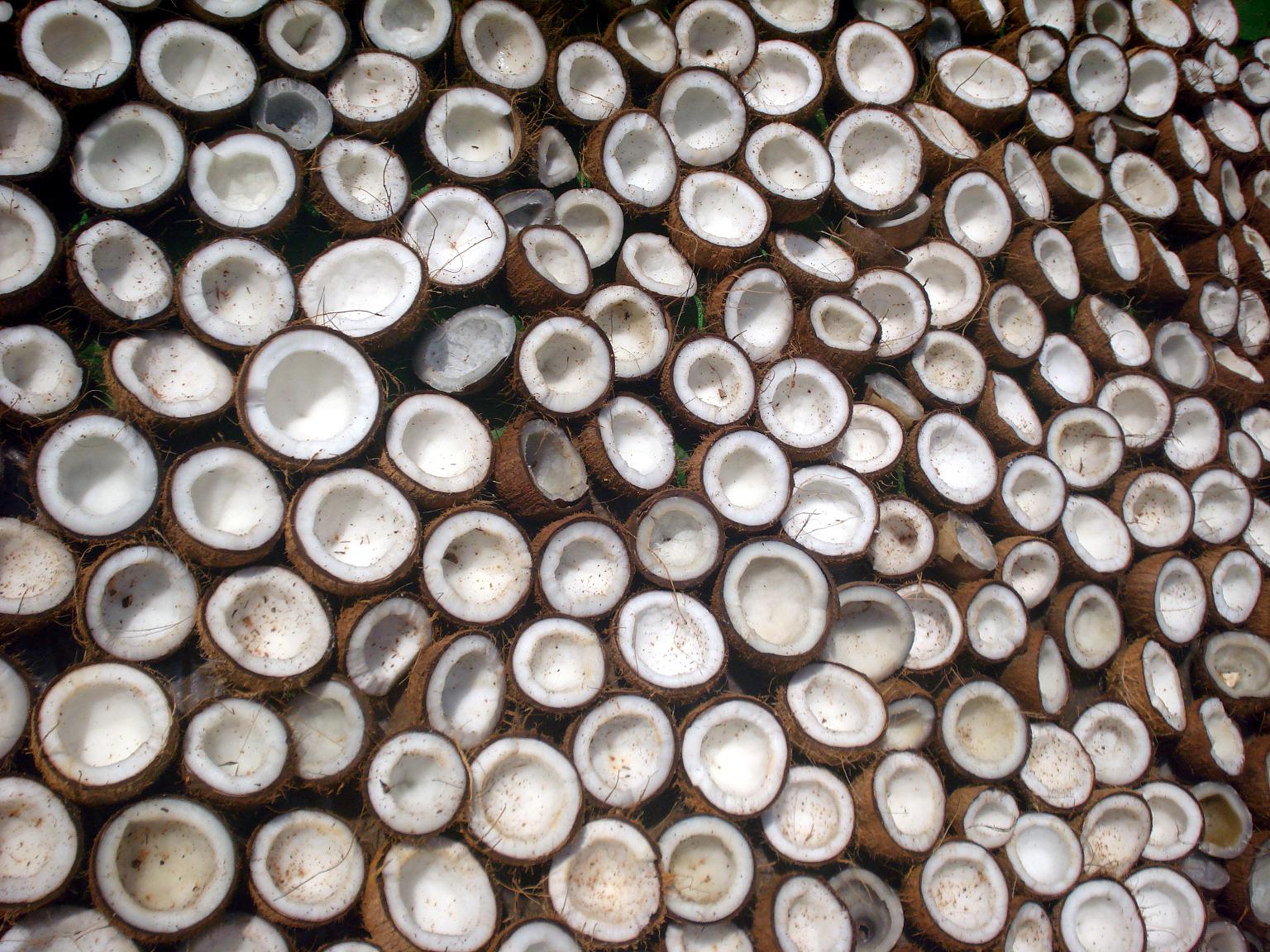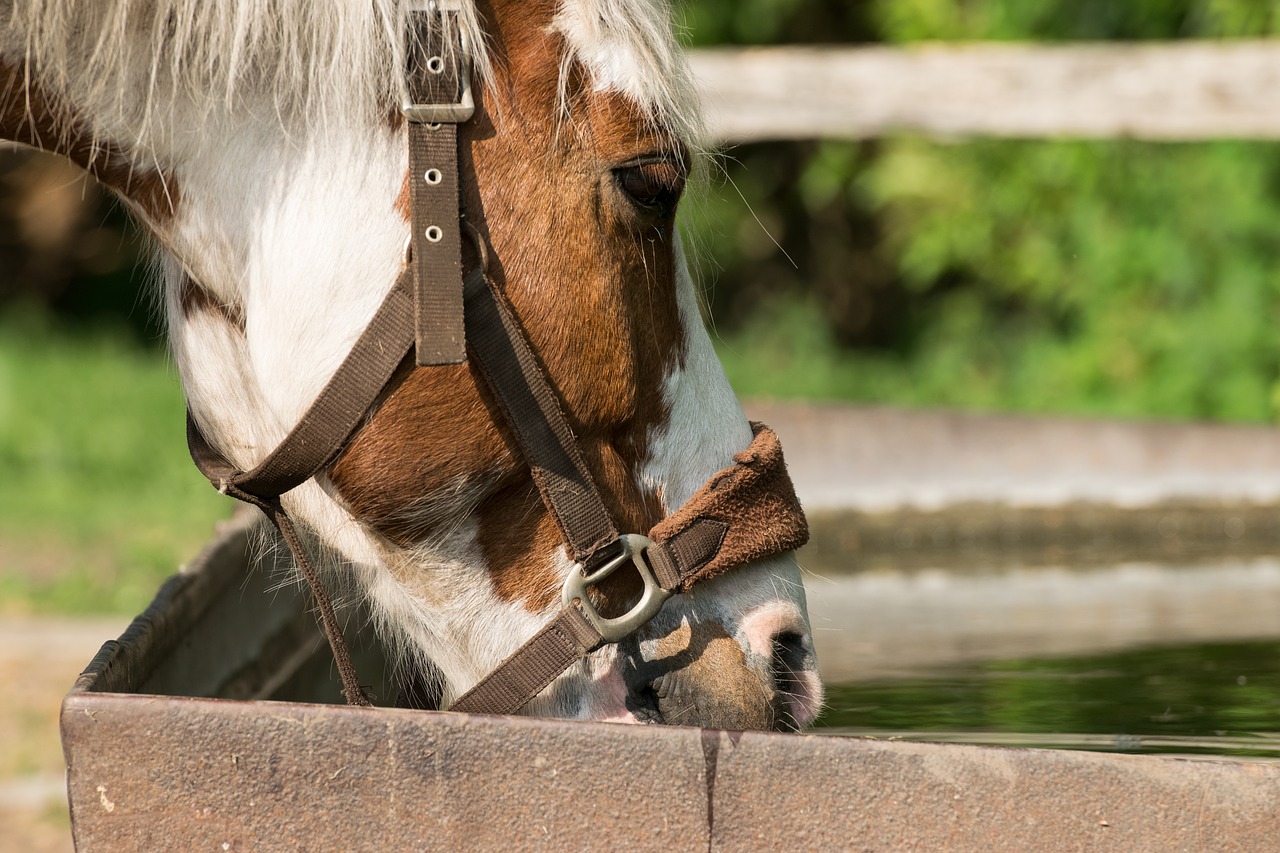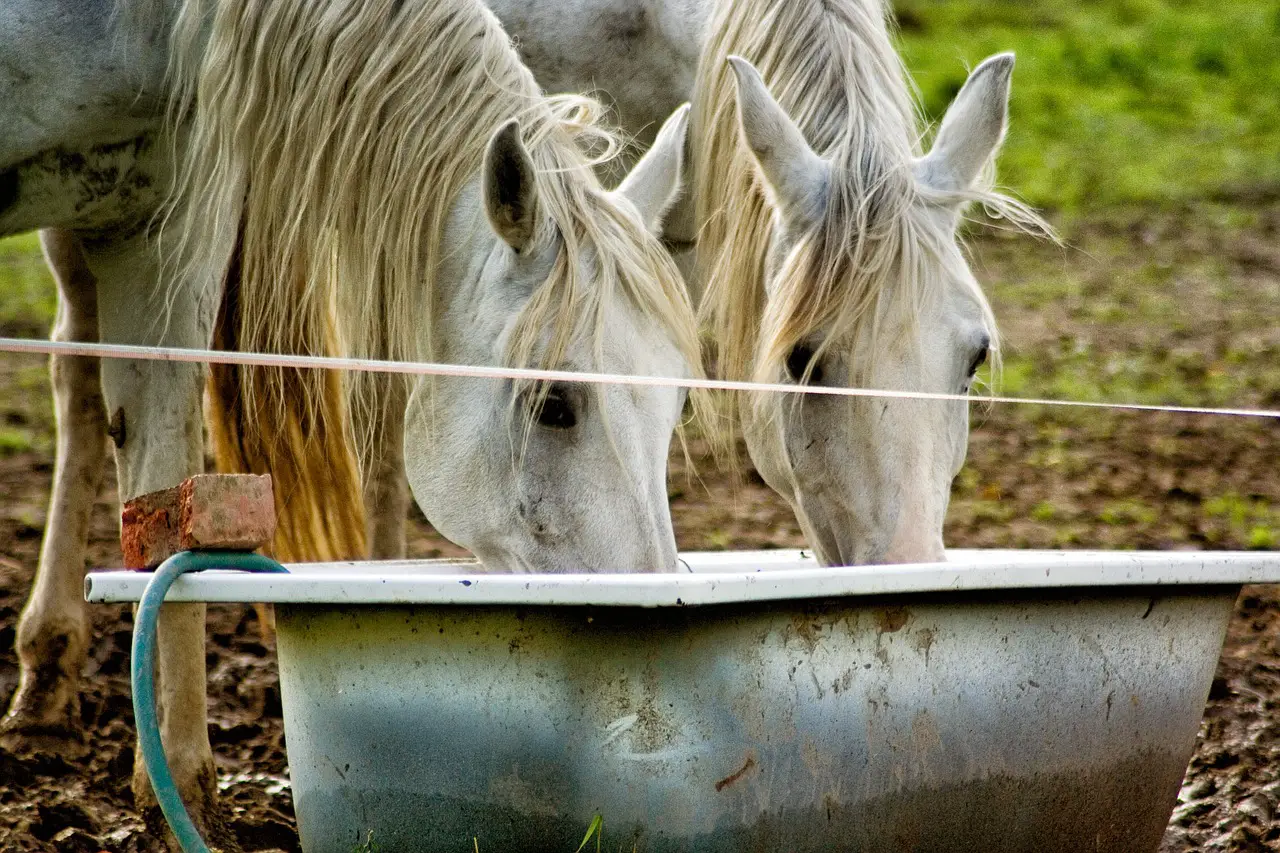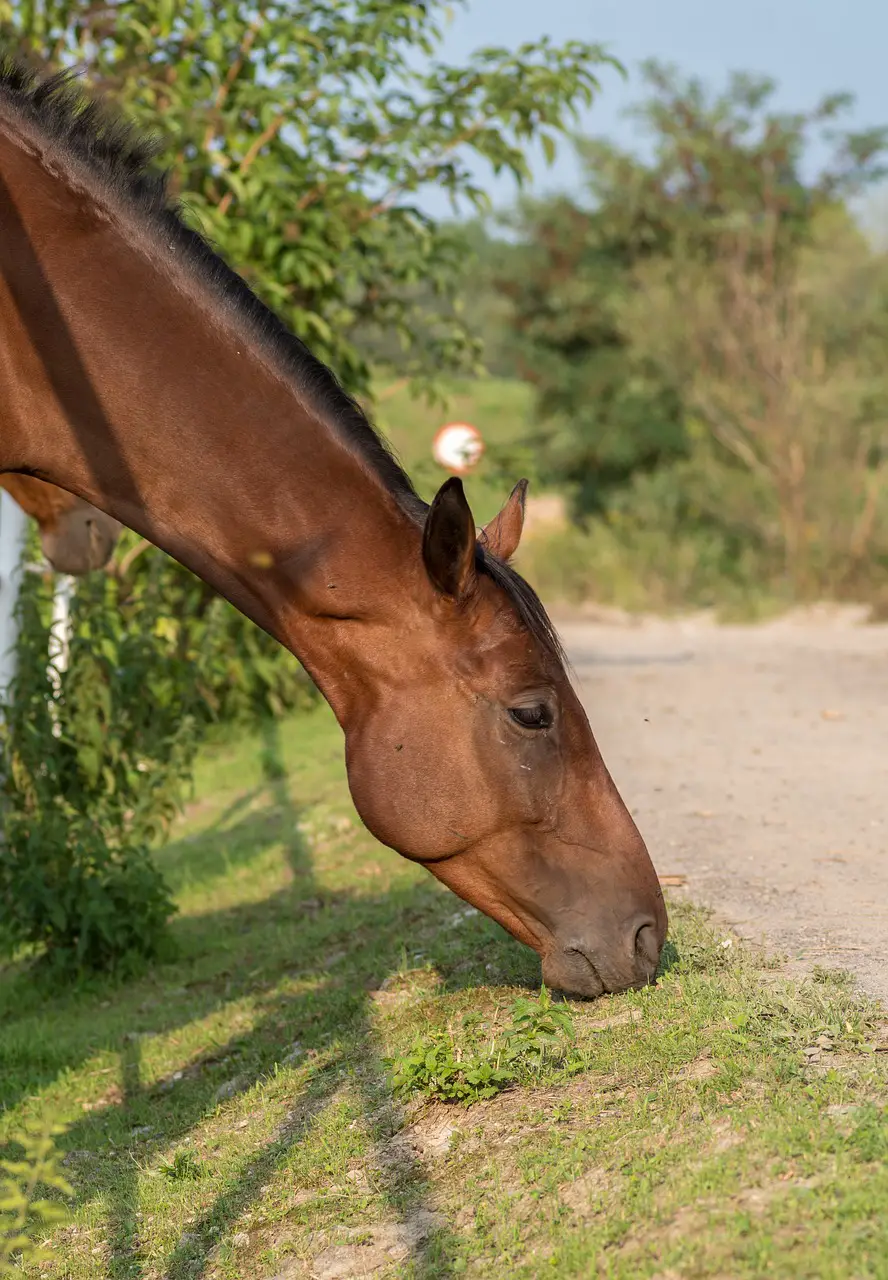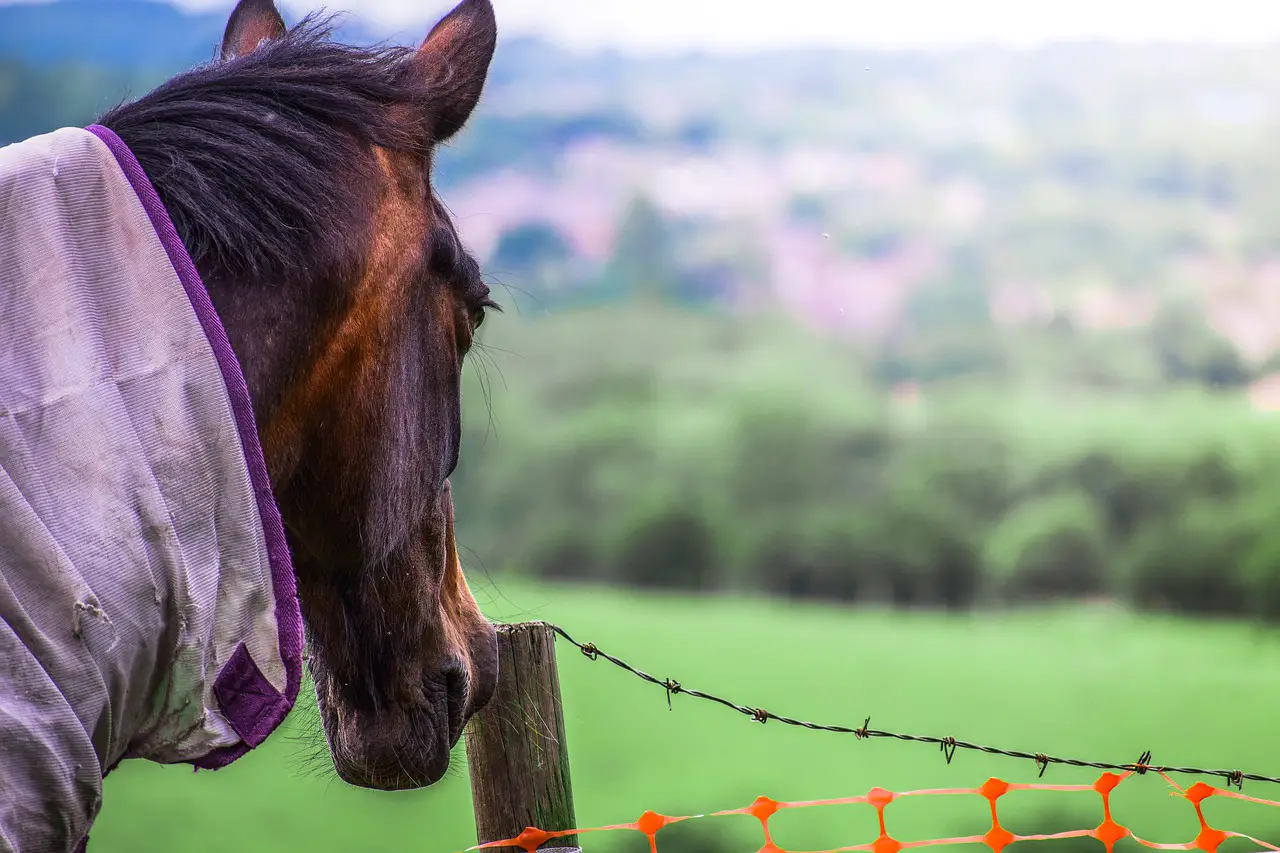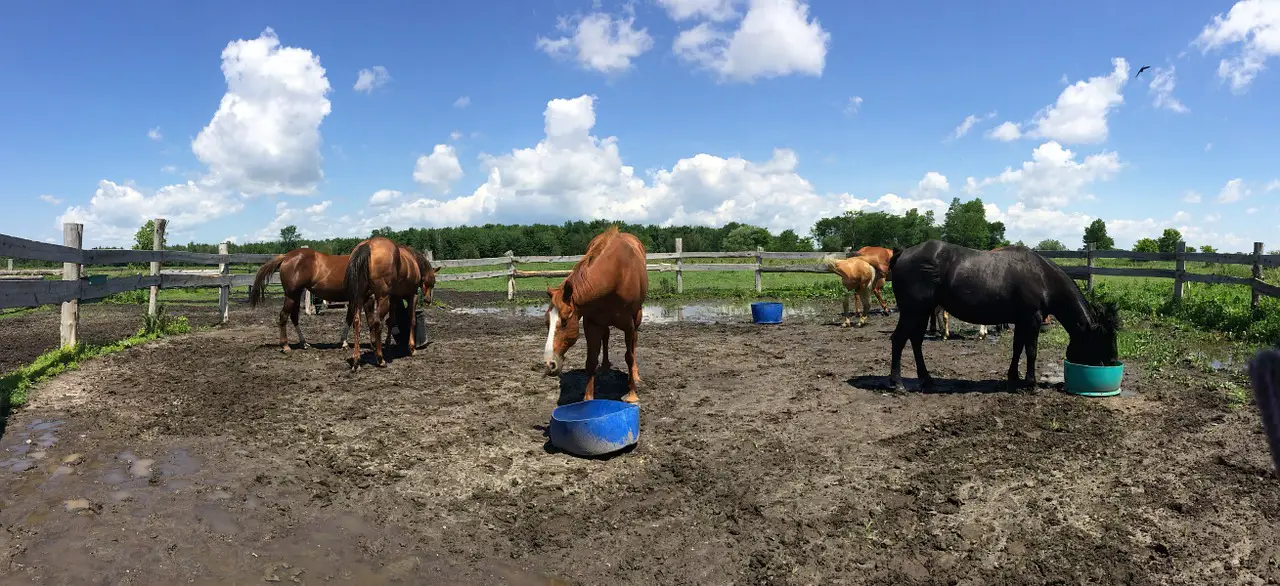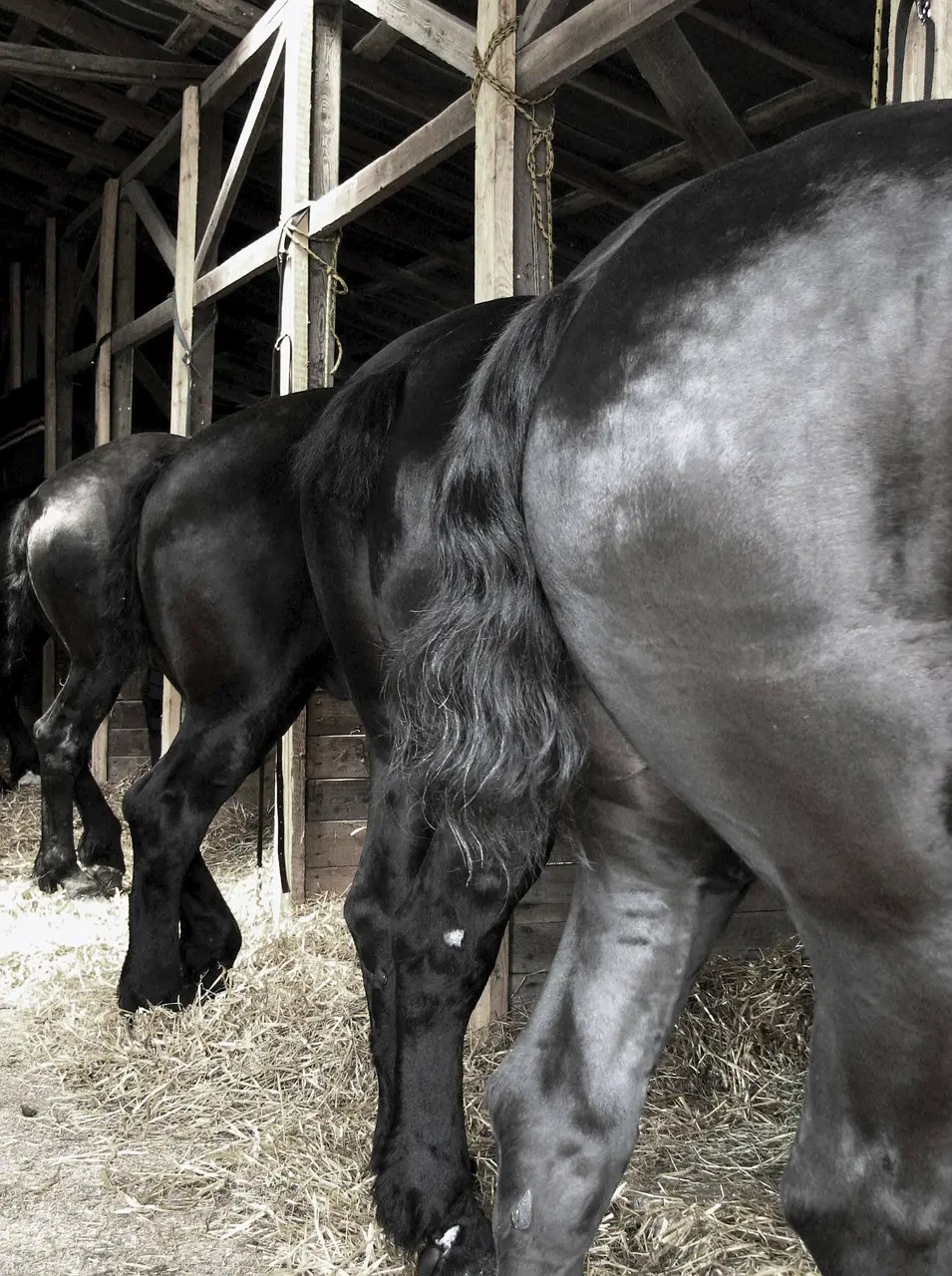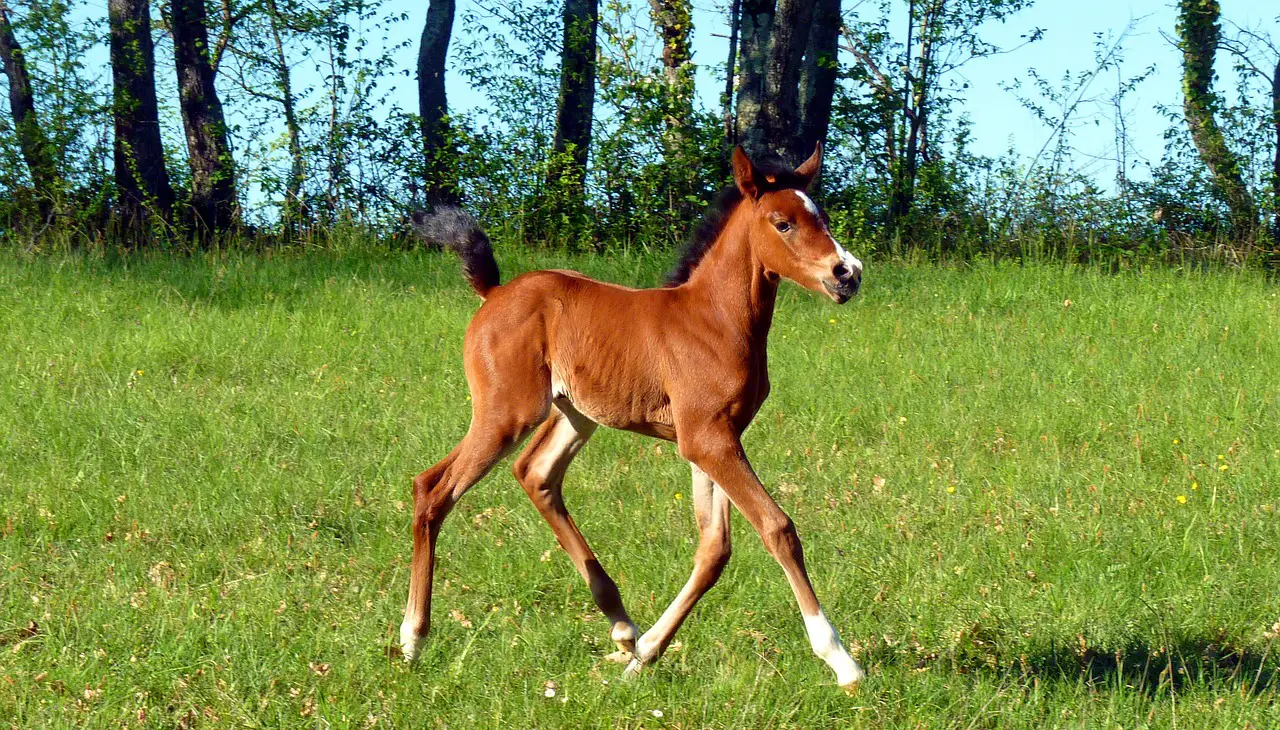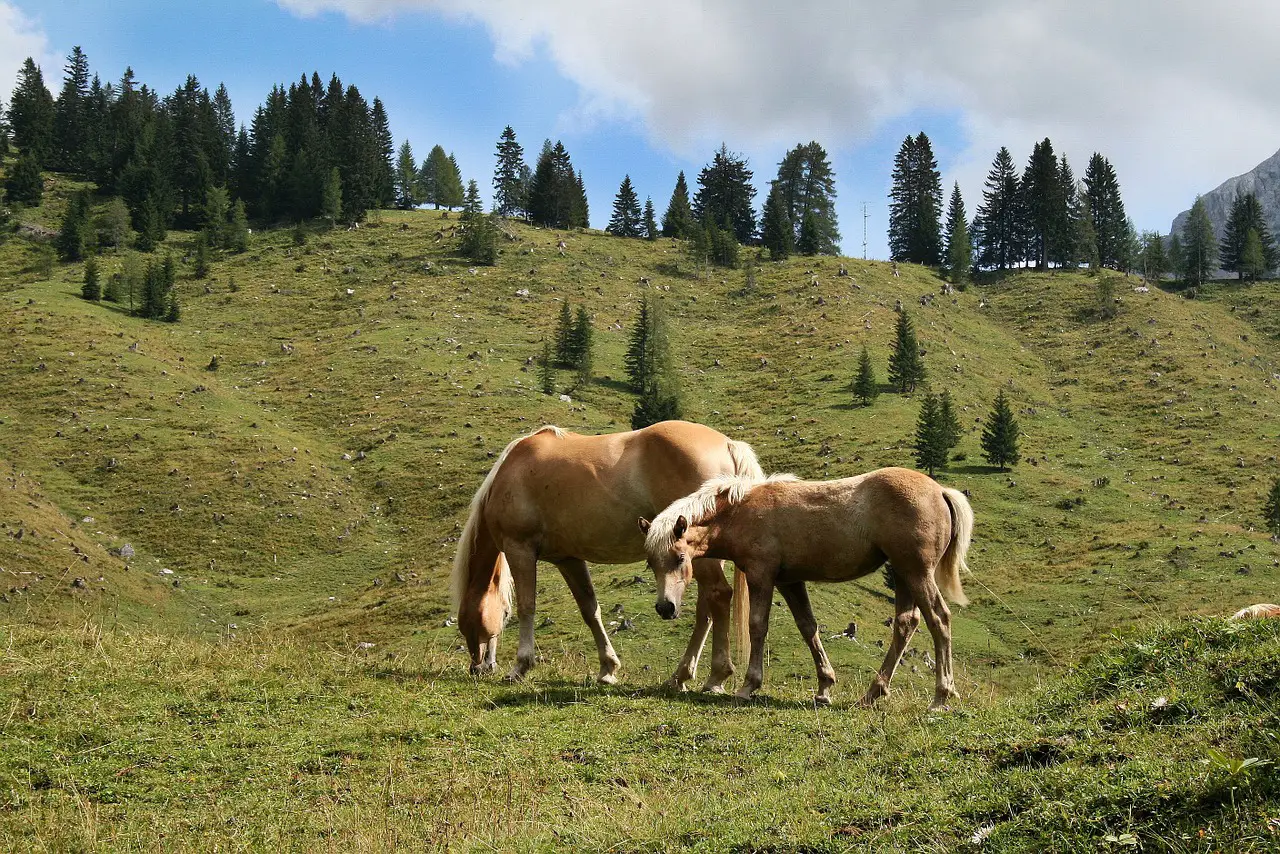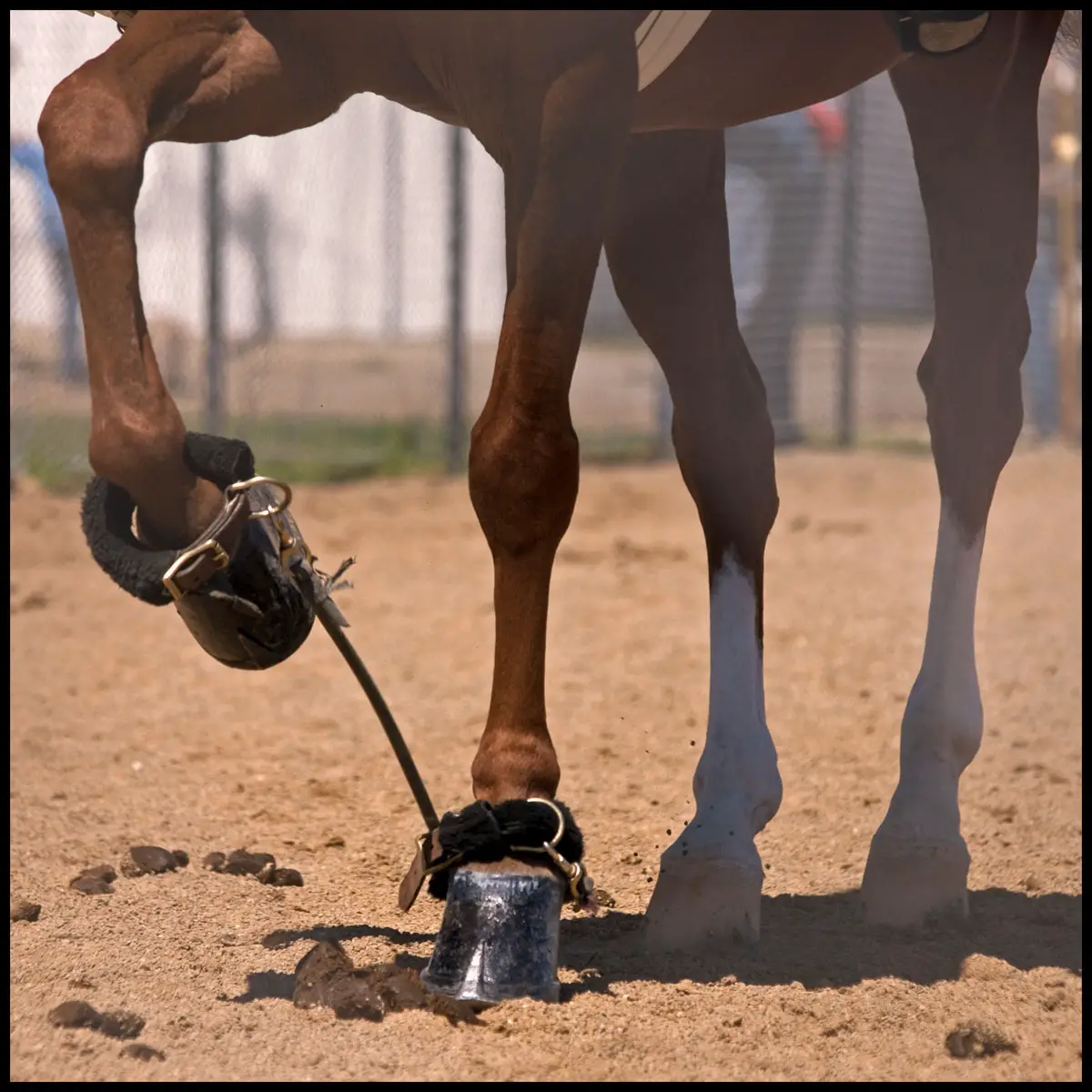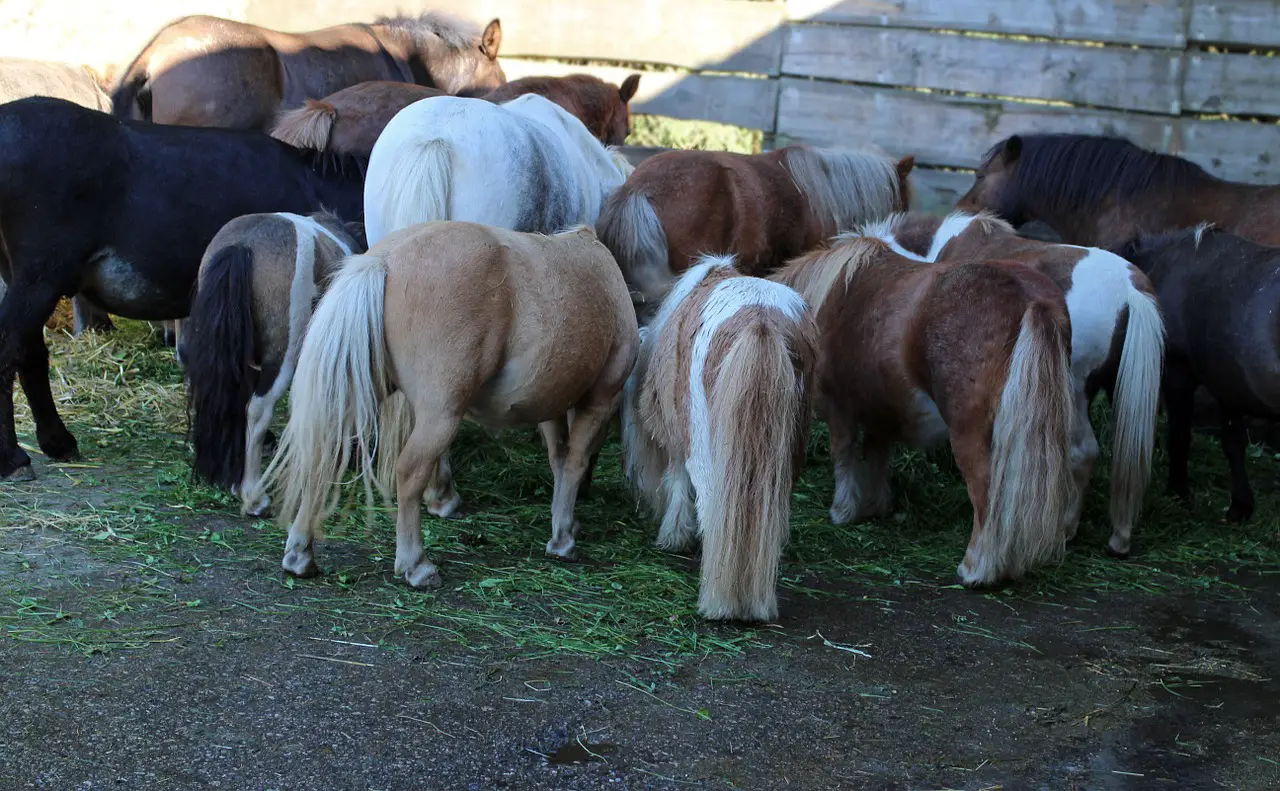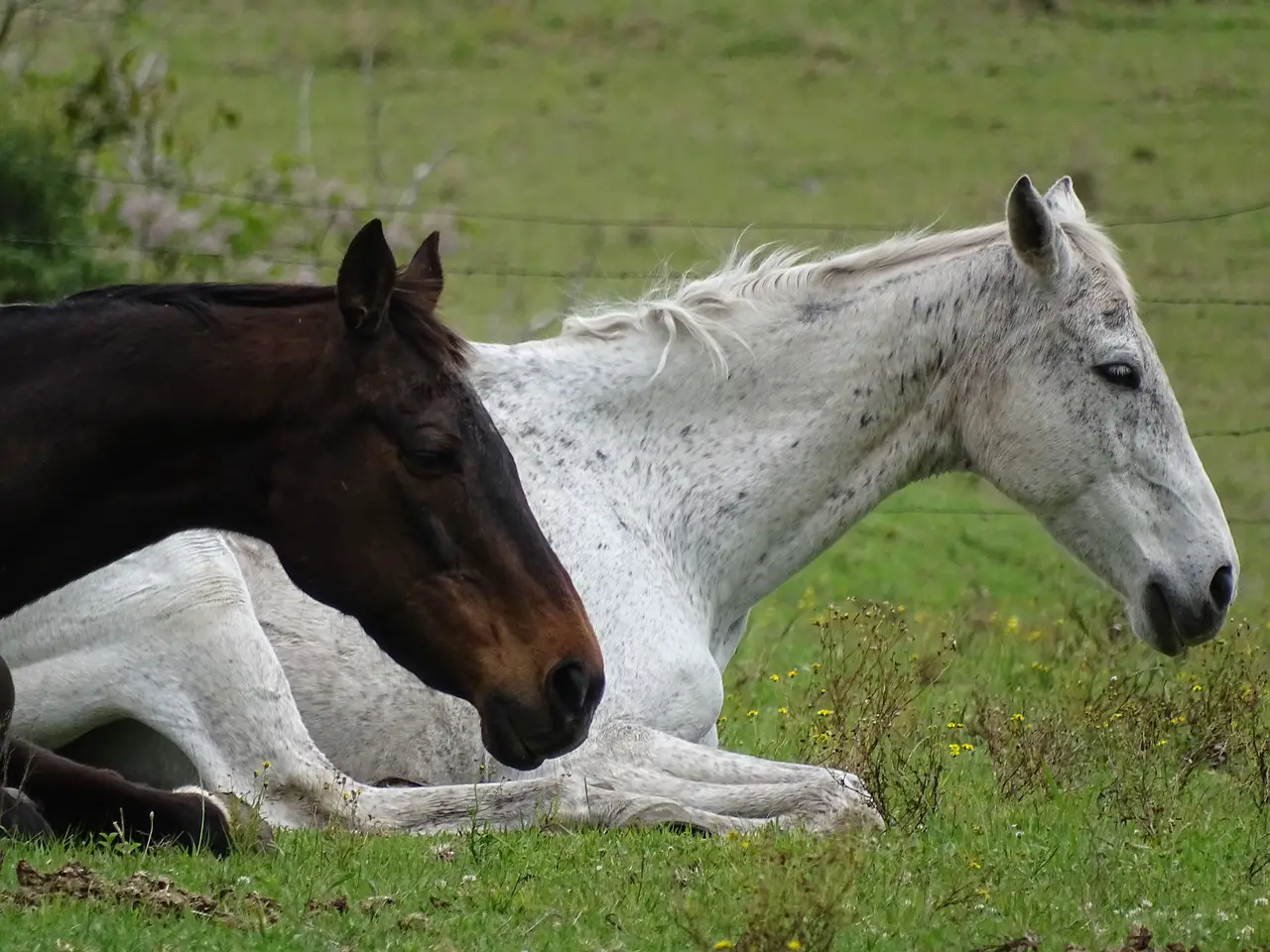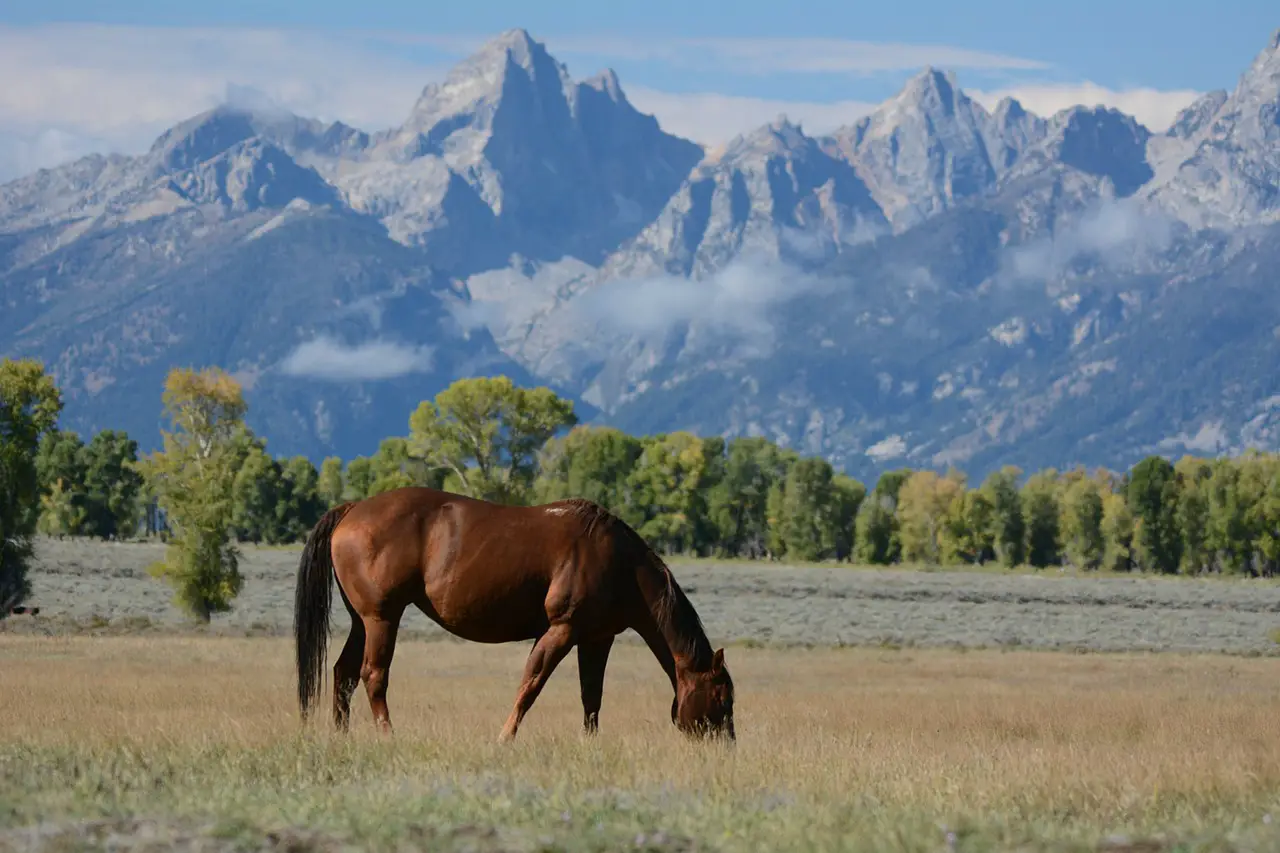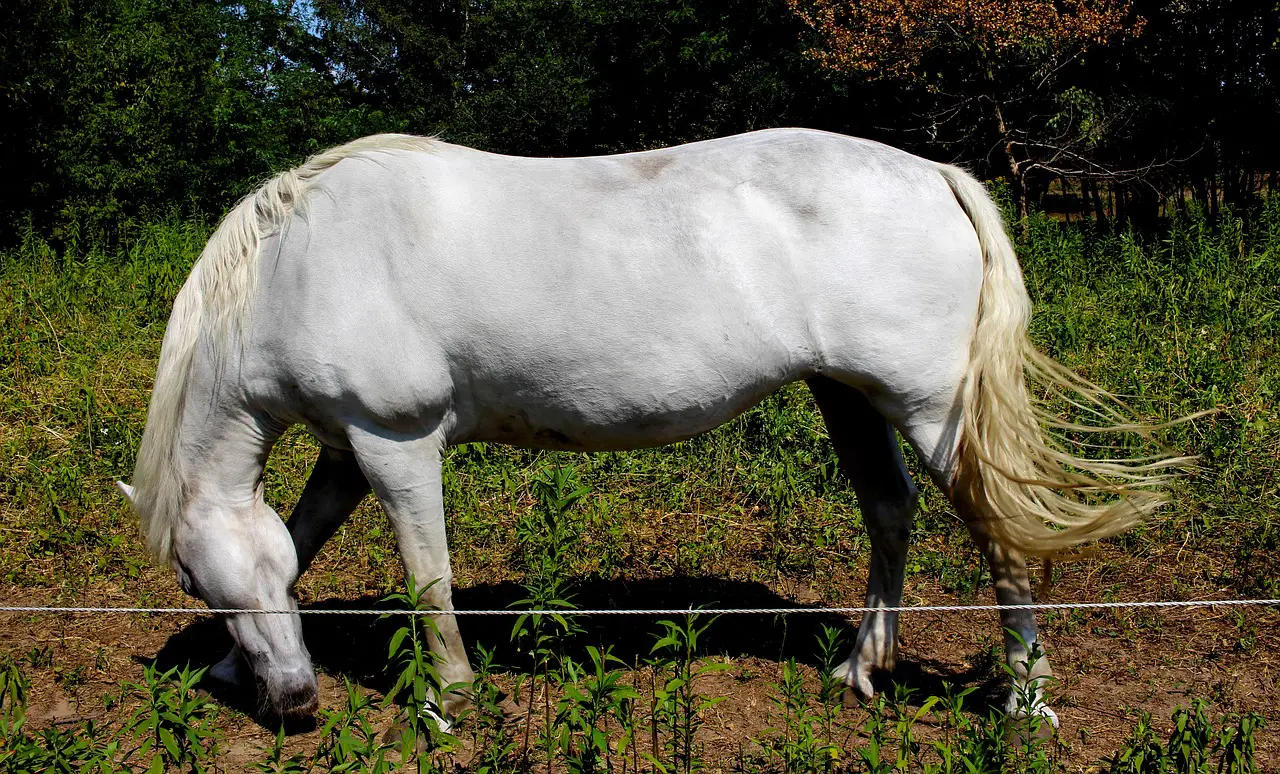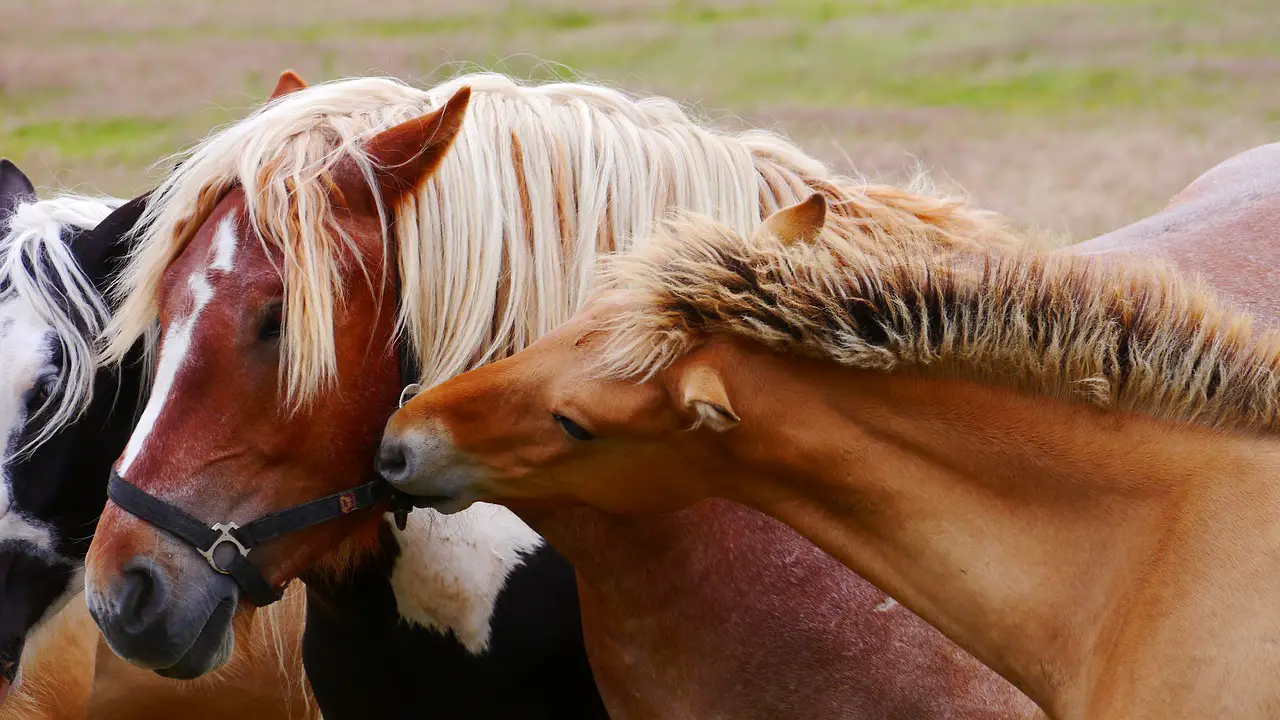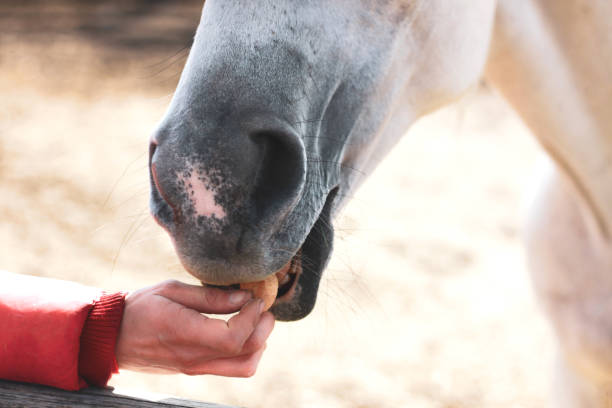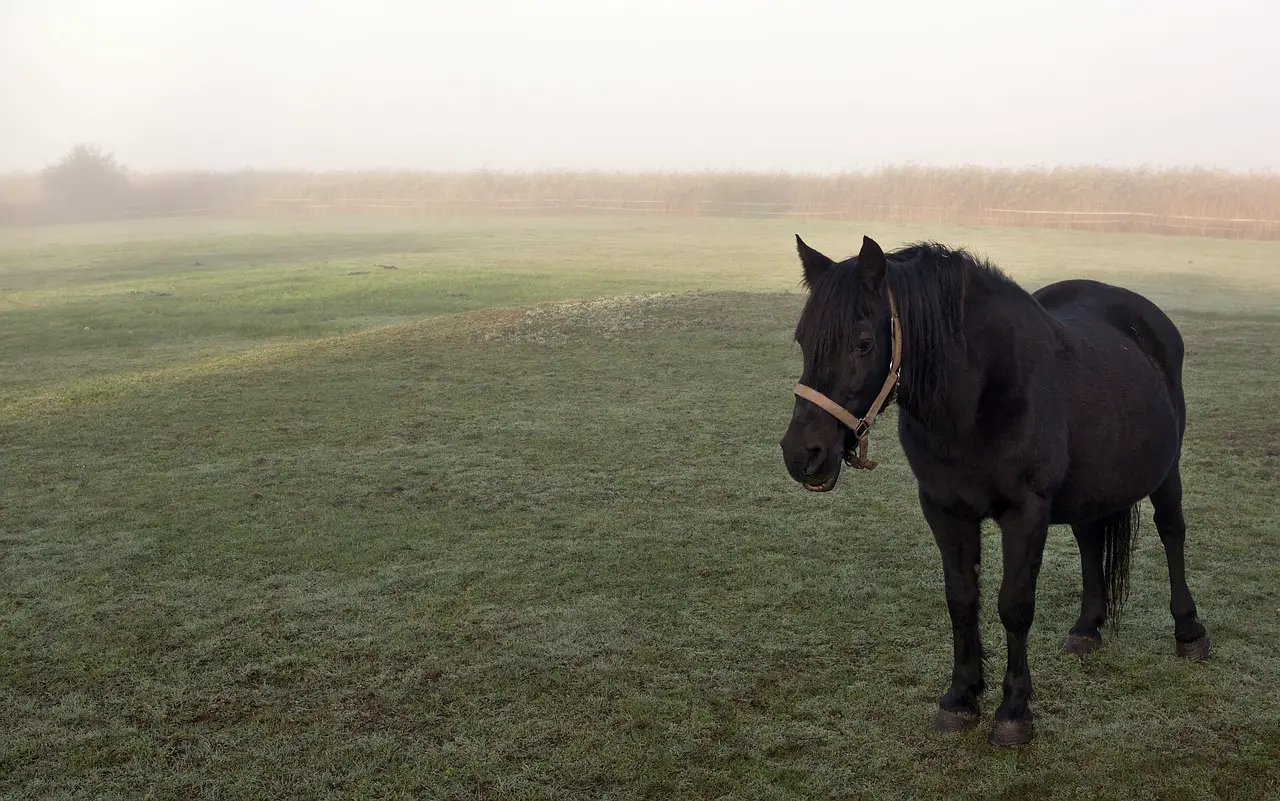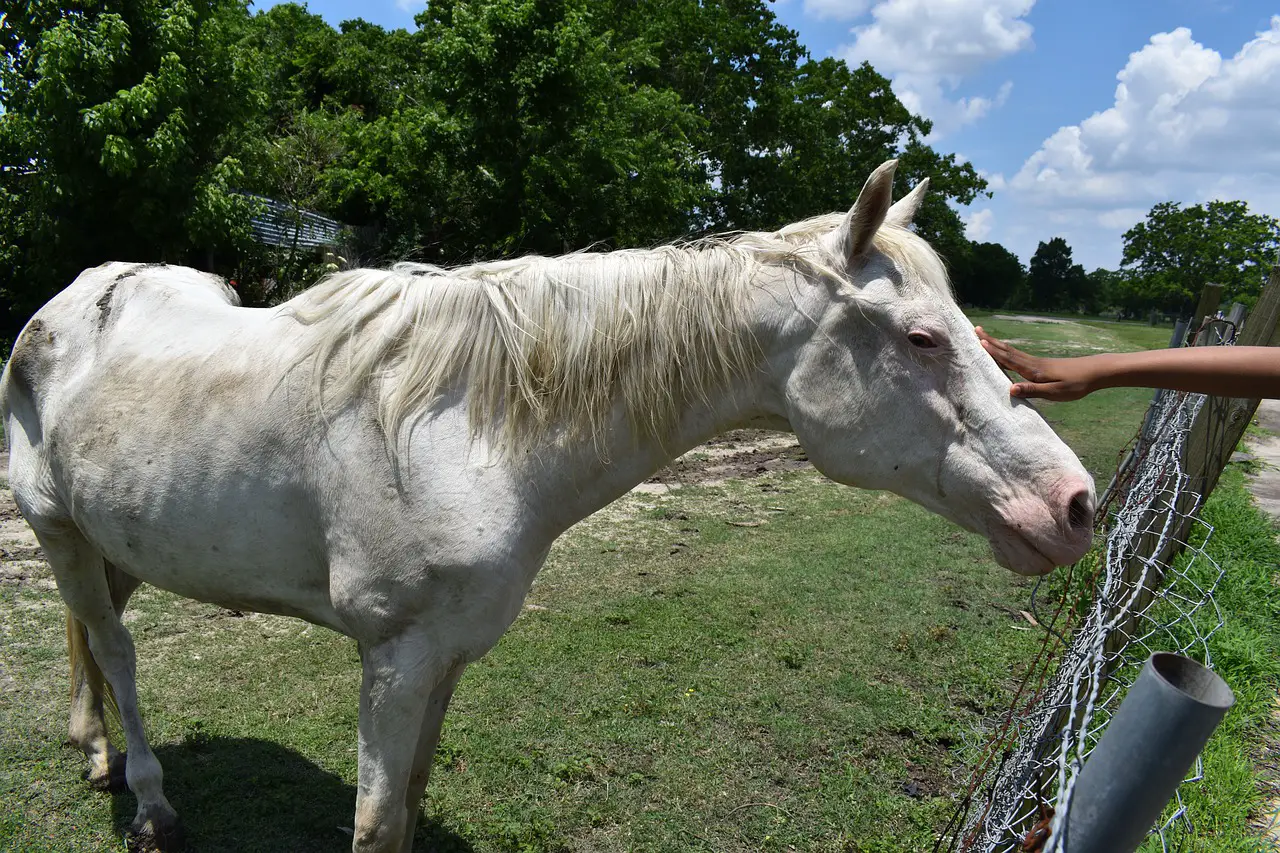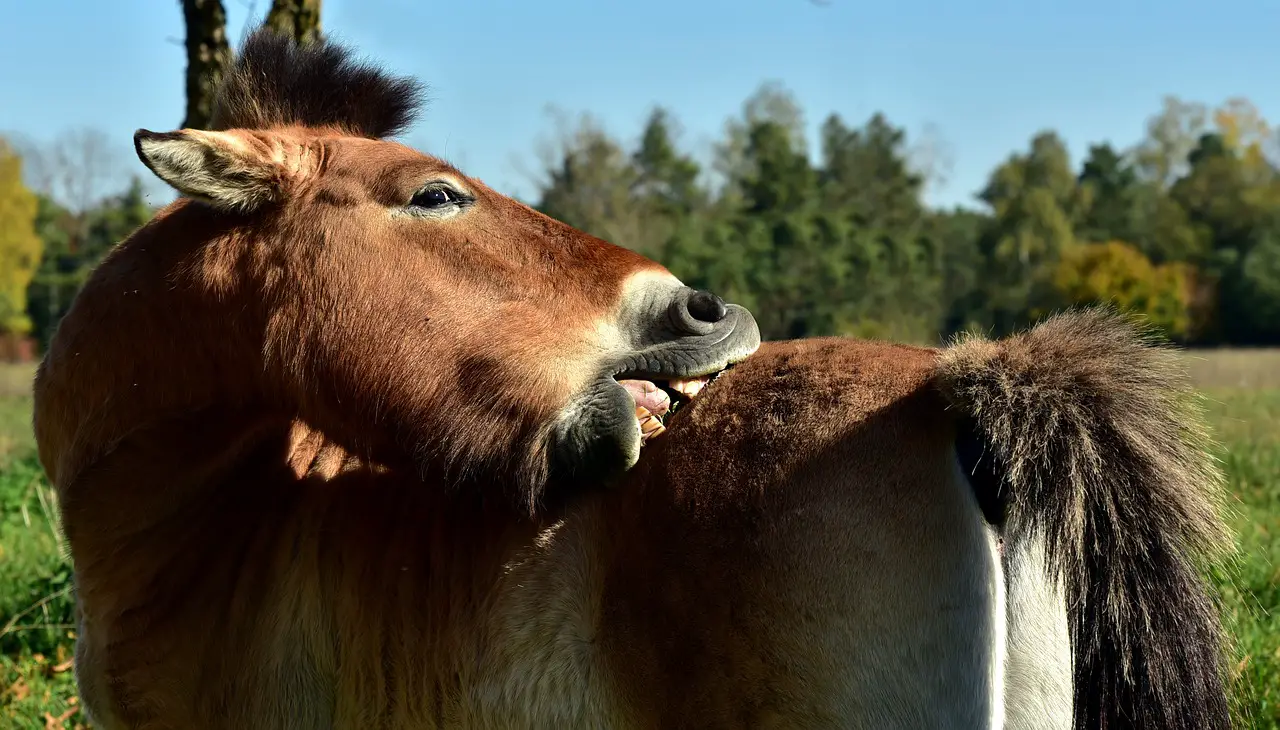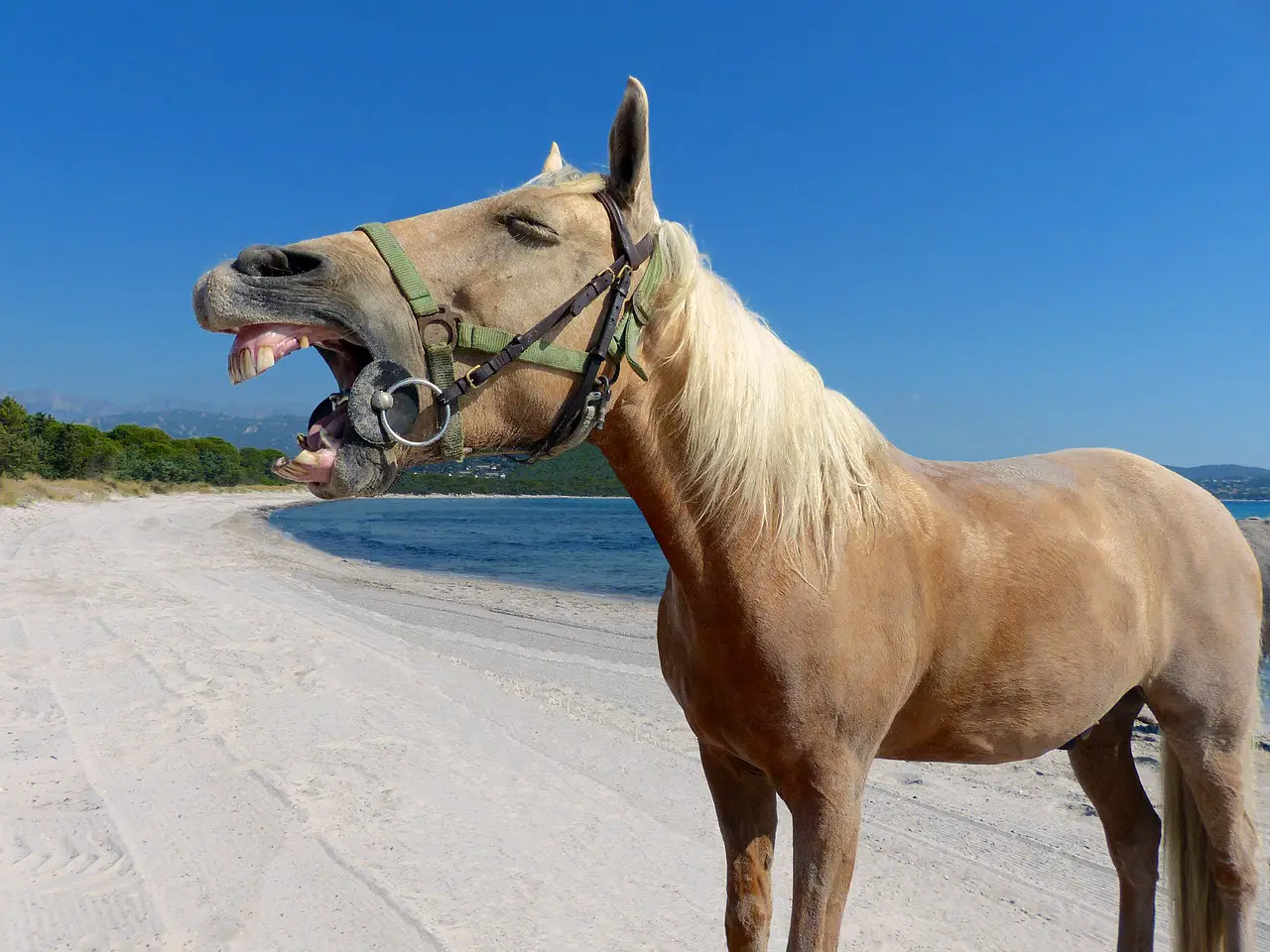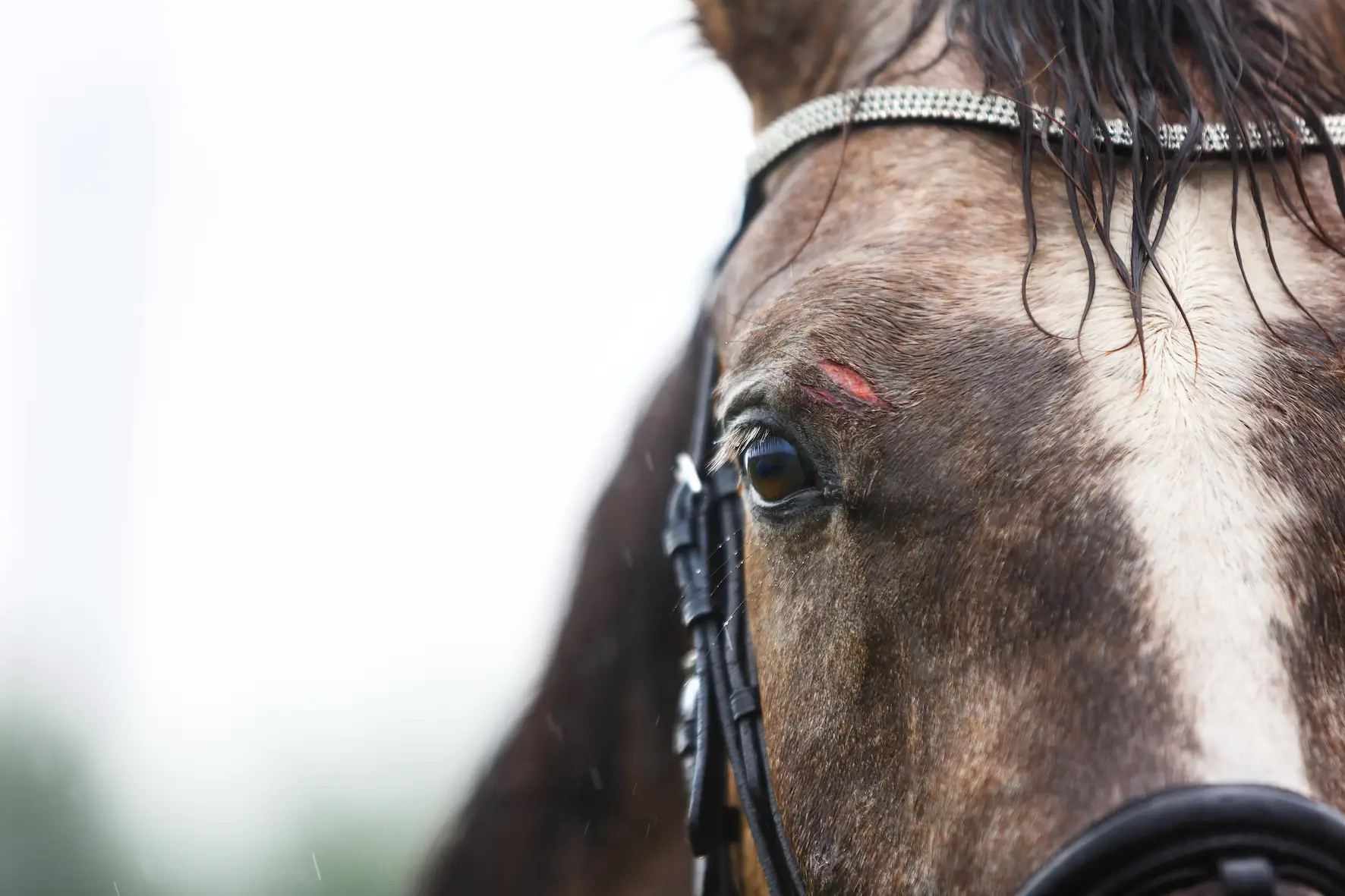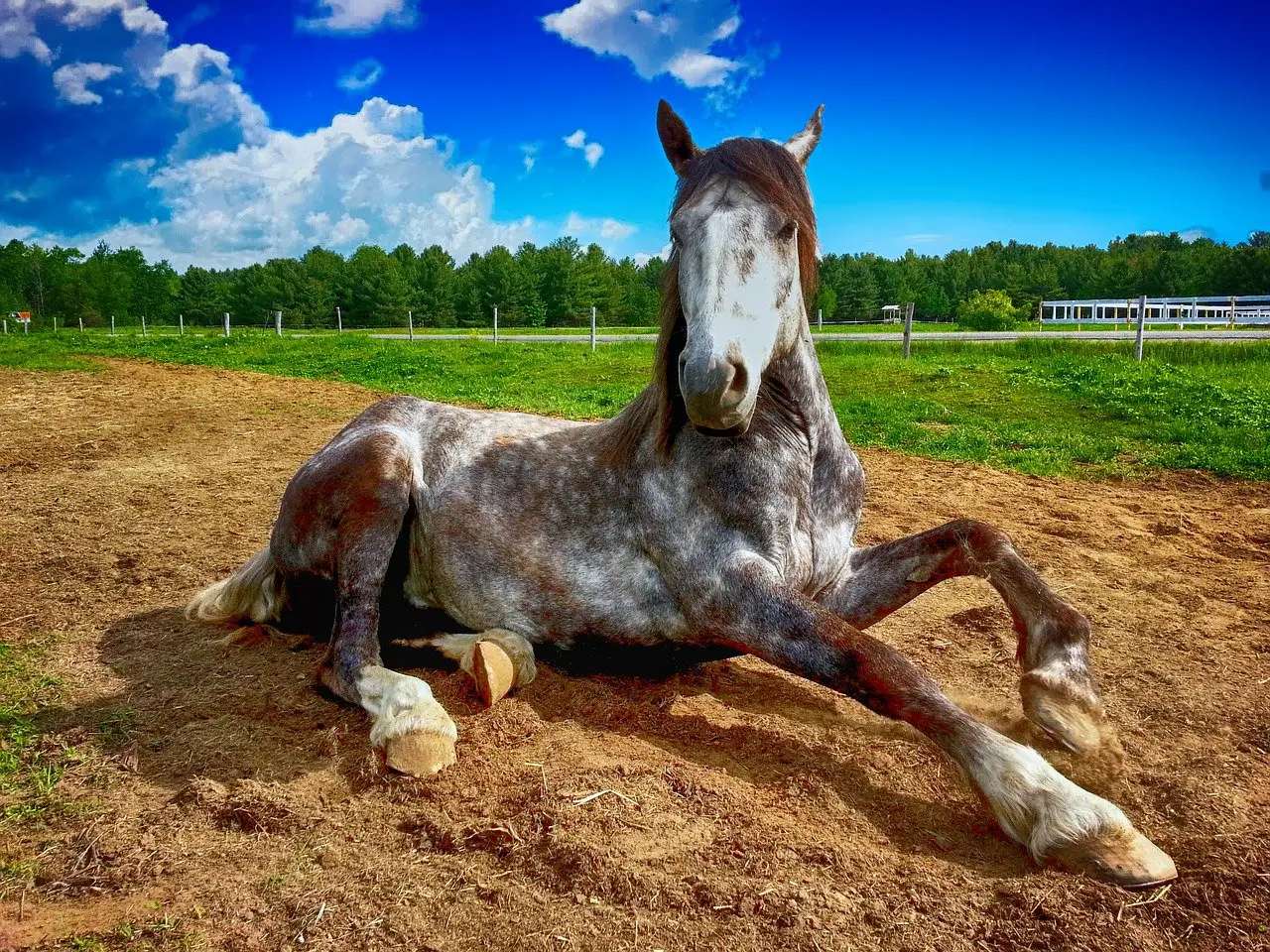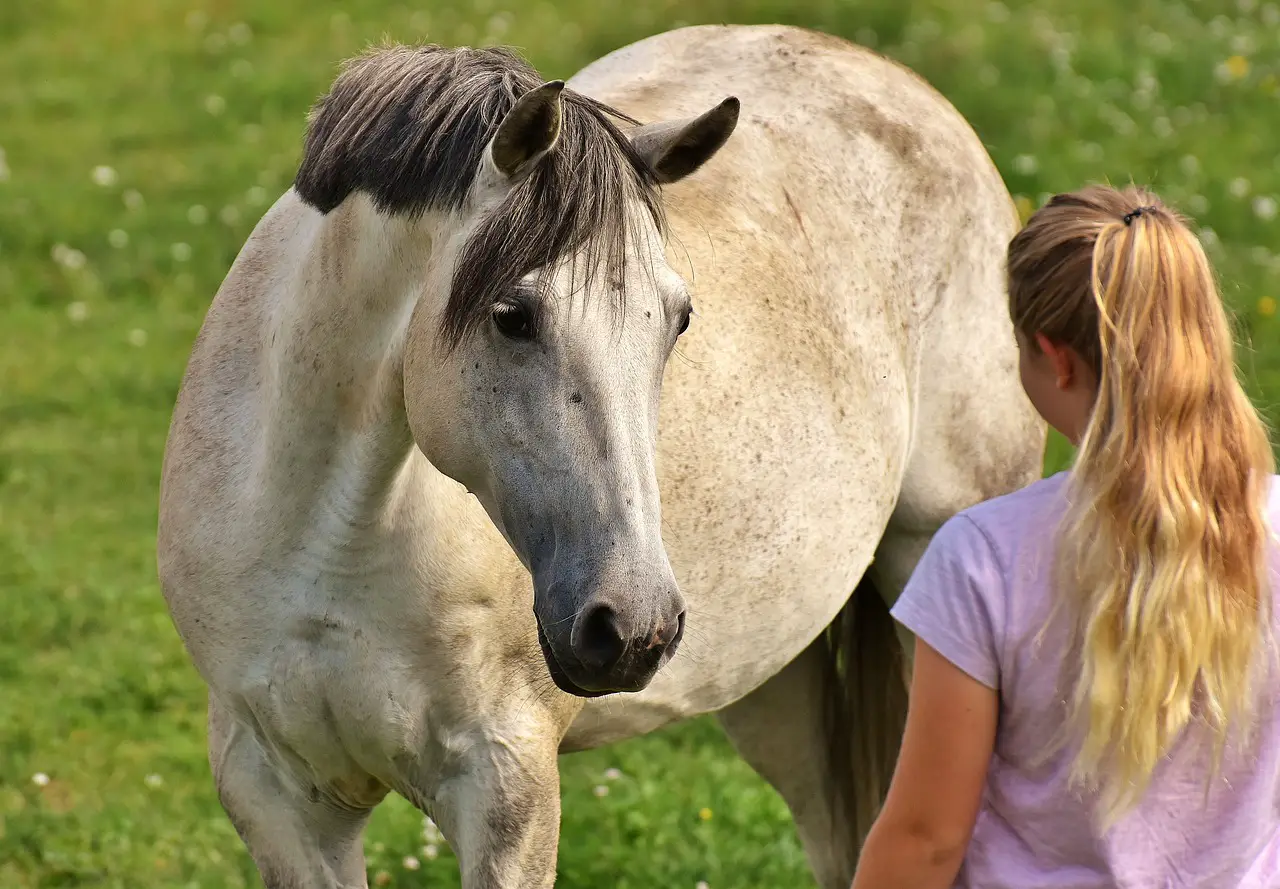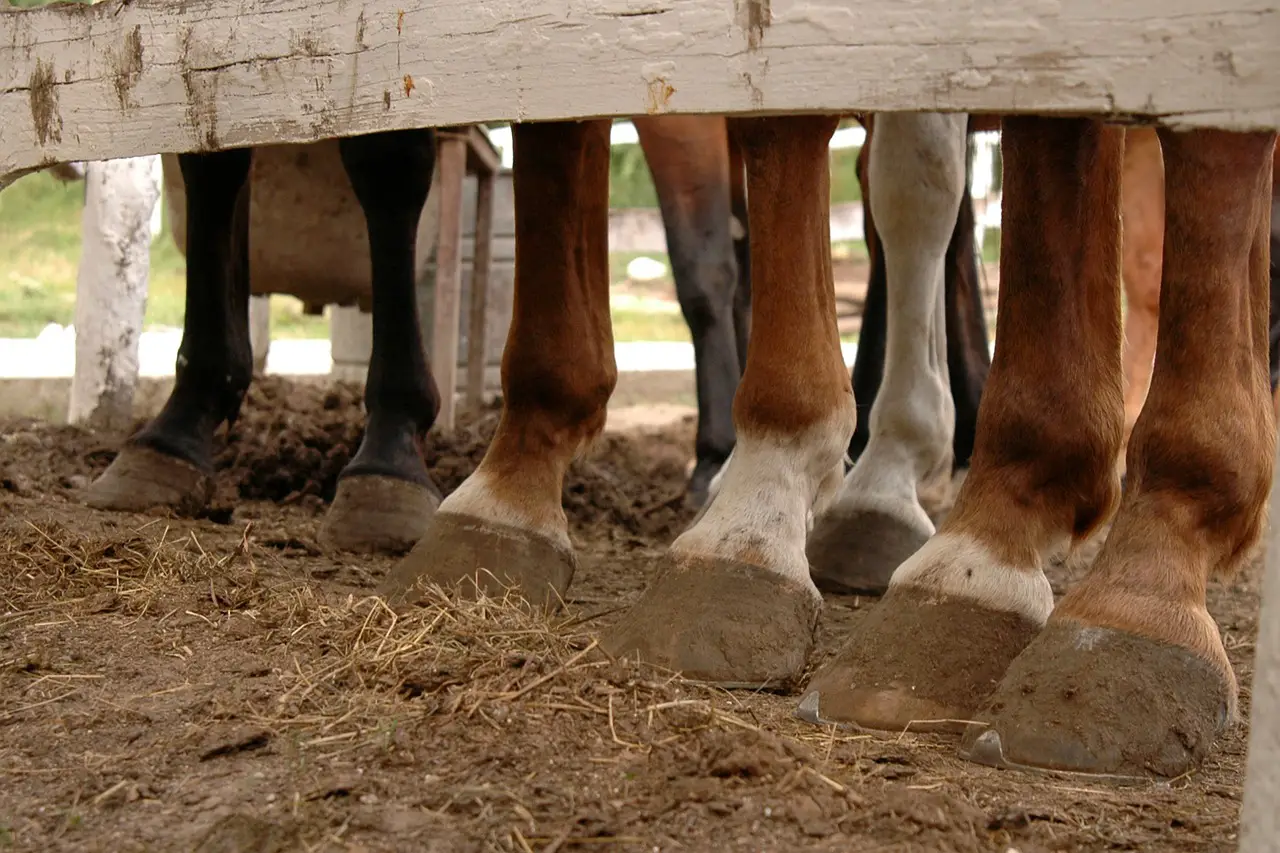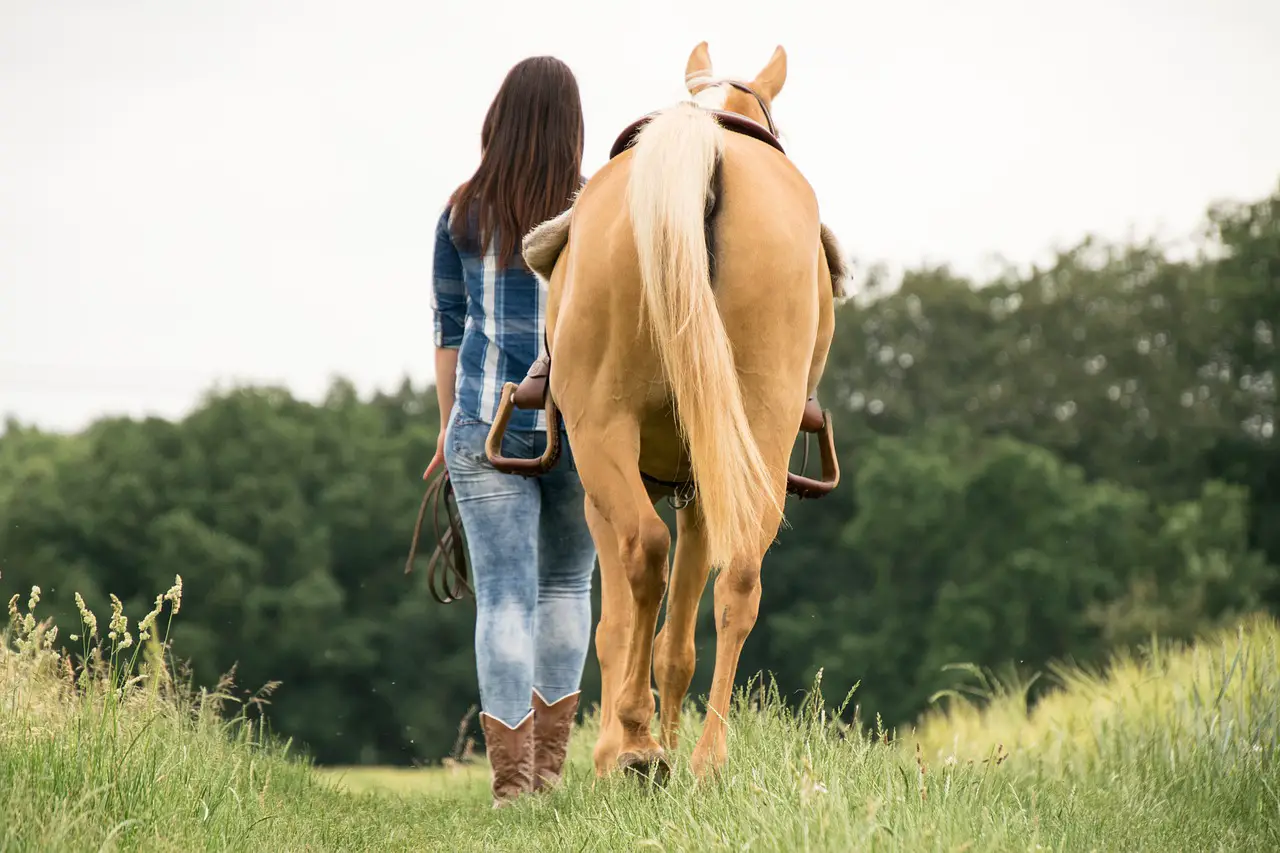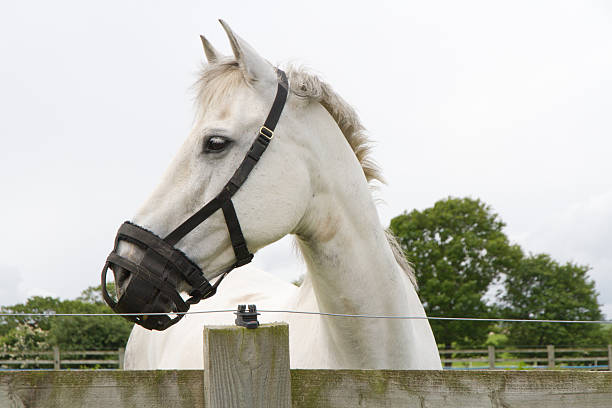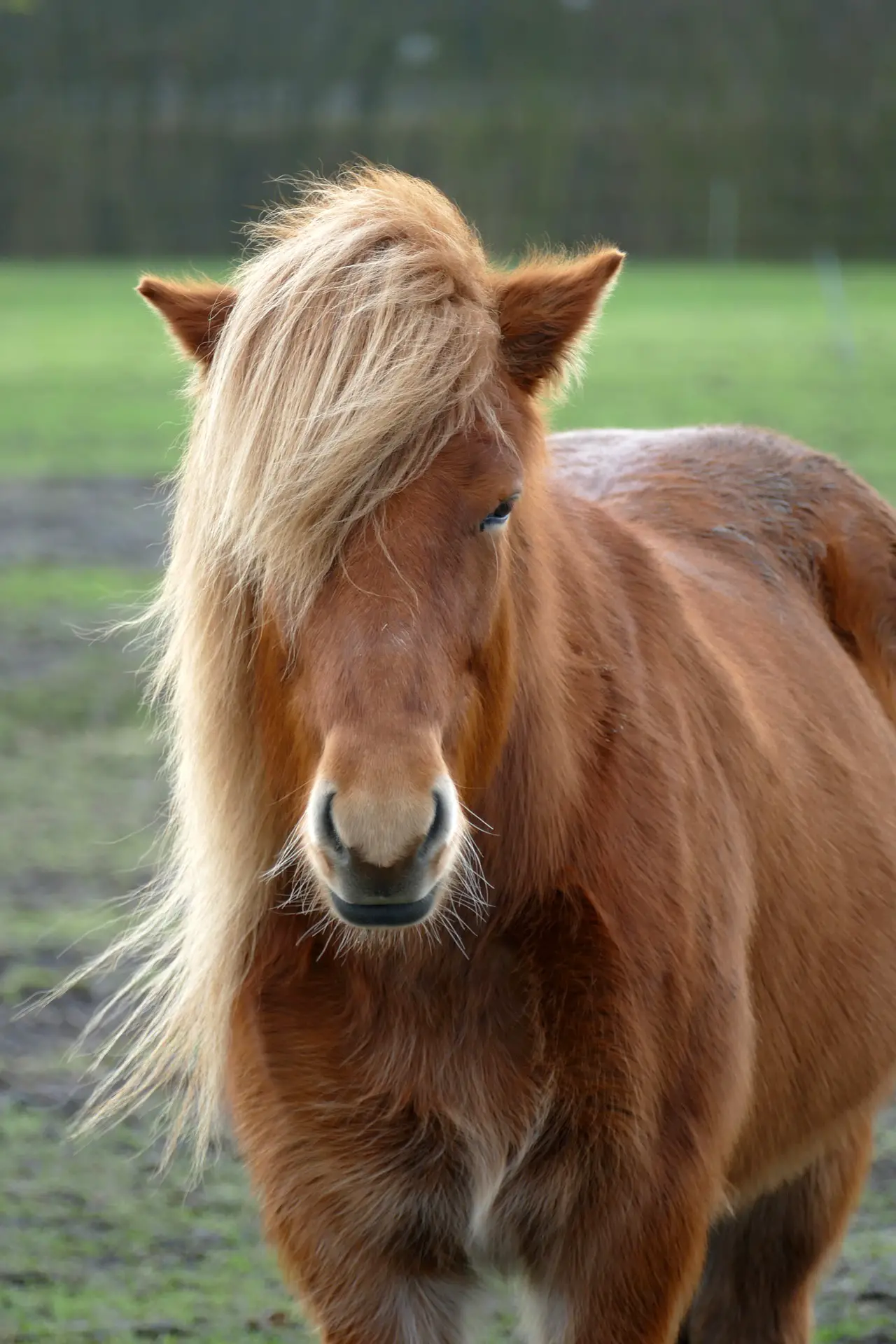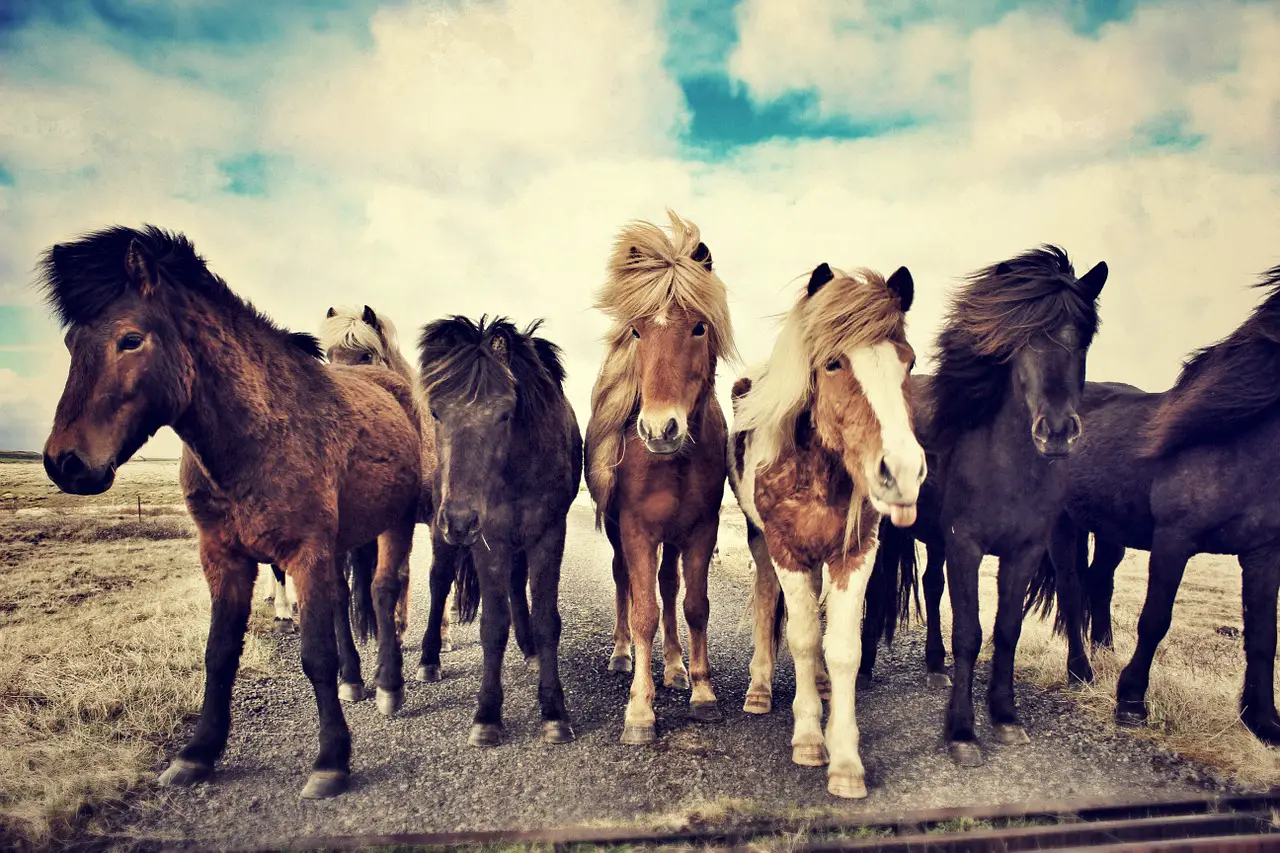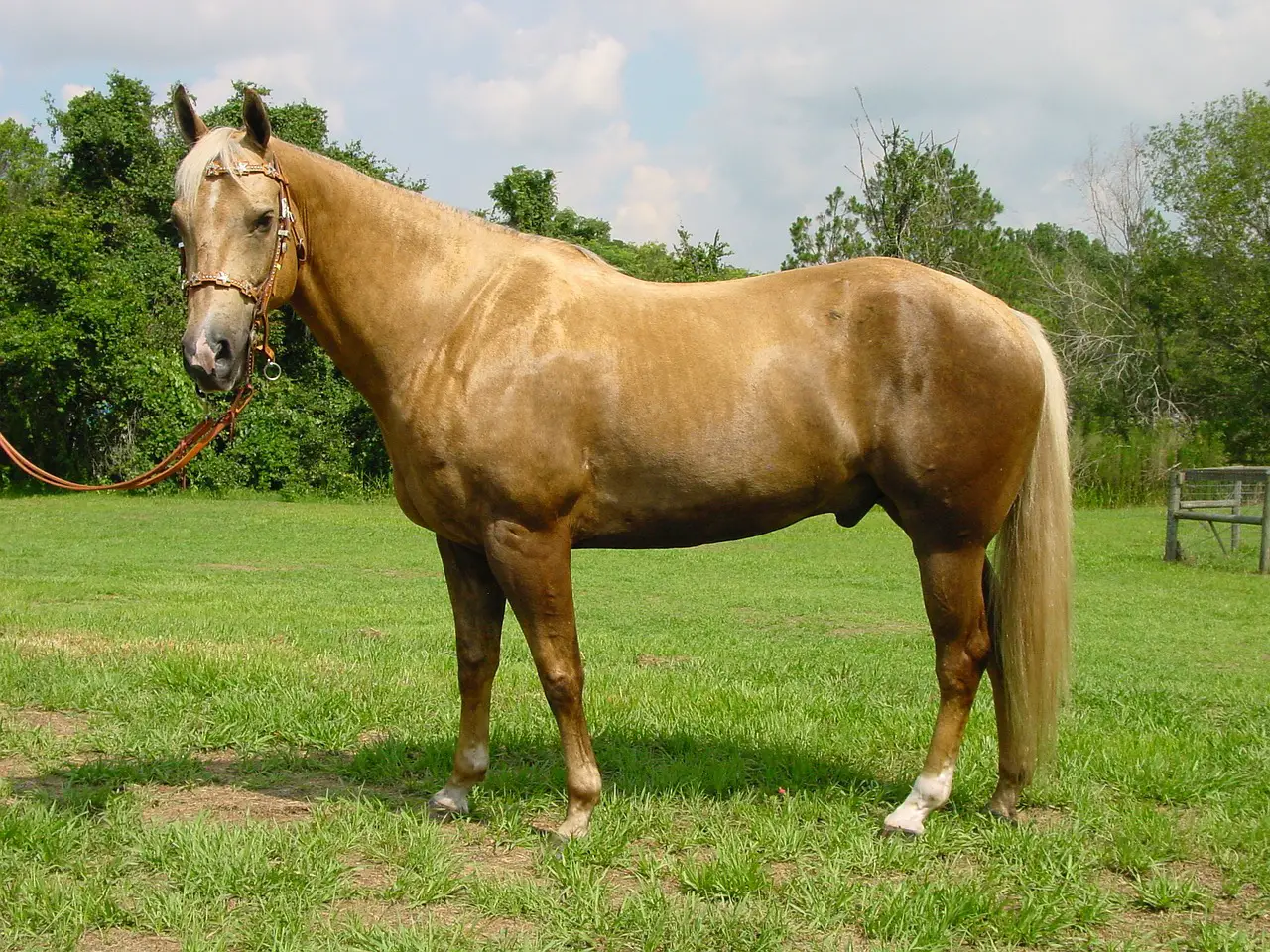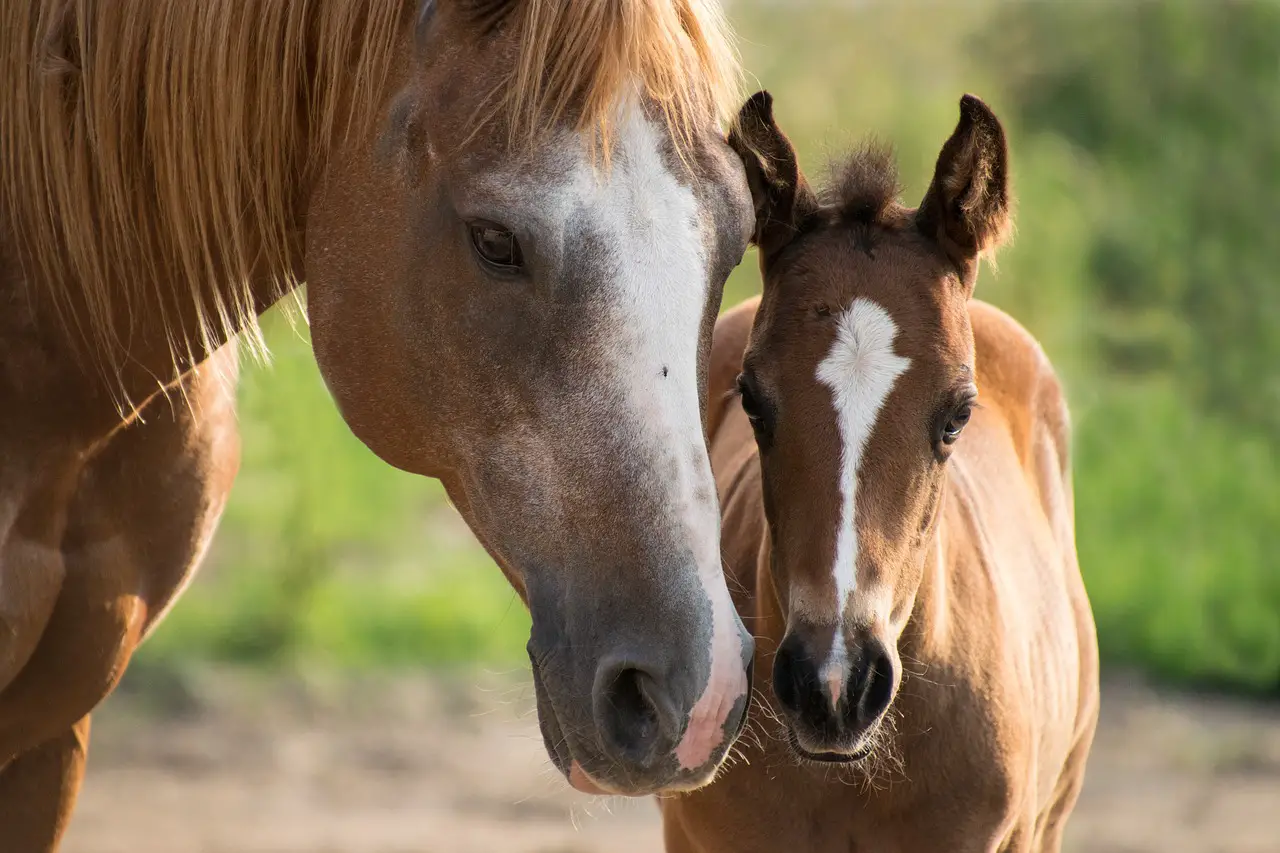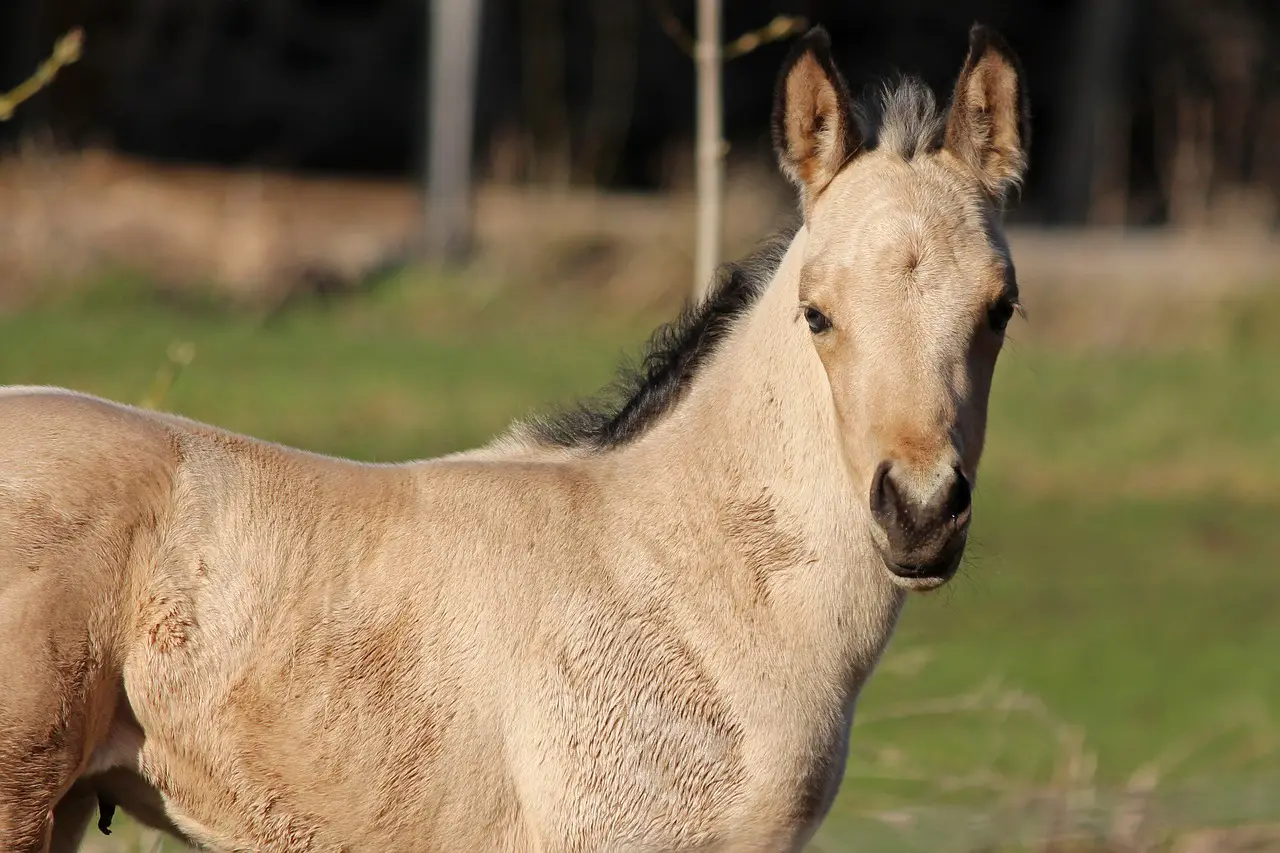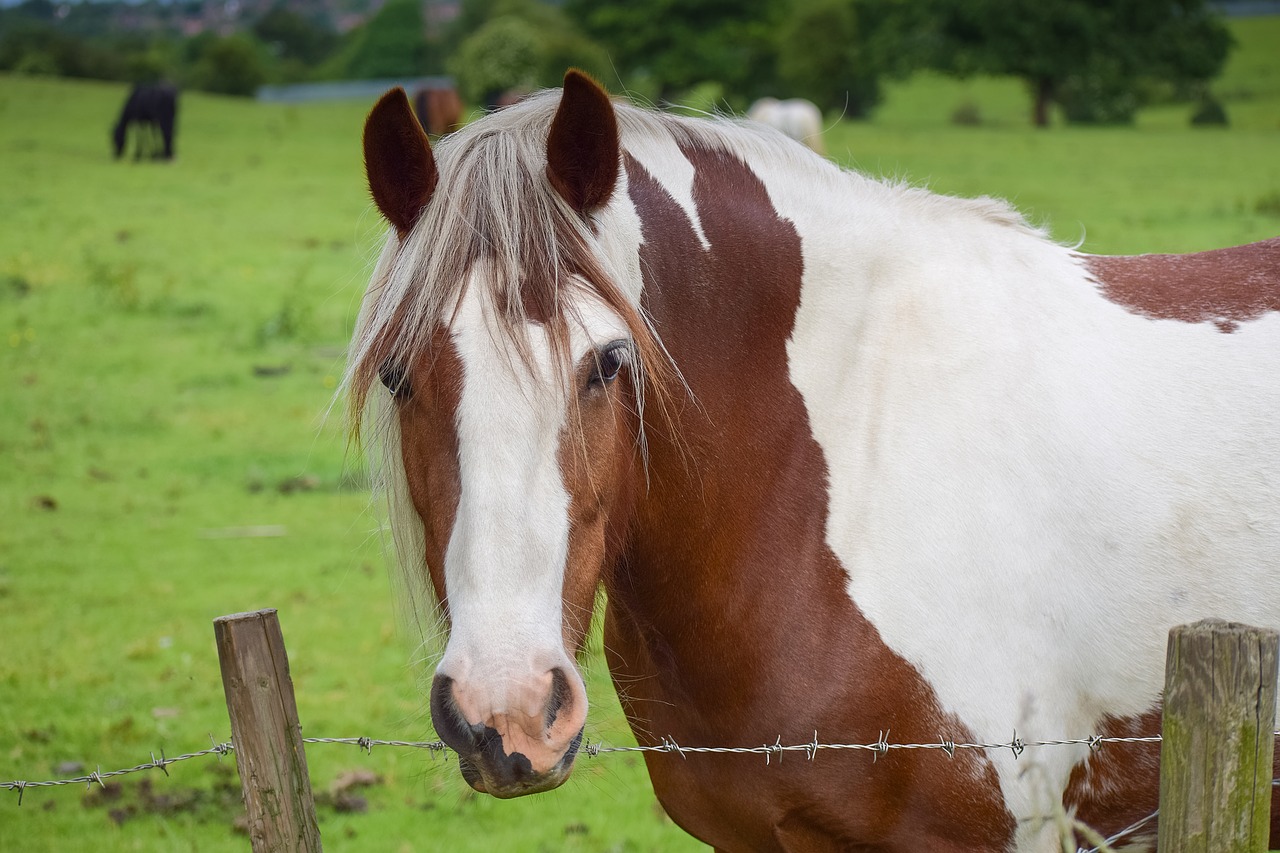Contents
- 1 About
- 2 Articles
- 2.1 Stifle Injuries Could Spell Trouble for Western Horses
- 2.2 Help for Heaves in Horses
- 2.3 Shivers in Horses: Newest Facts and Findings
- 2.4 Should You Spay Your Mare?
- 2.5 Feeding Chaff to Horses
- 2.6 Six Steps to Feeding a Pregnant Mare
- 2.7 The Eyes Have It: Blue Eyes in Horses
- 2.8 Bran Mash: What’s It Really Good For?
- 2.9 Check Broodmare Hay for Fescue
- 2.10 What Do We Really Know About Pergolide for Equine Cushing’s?
- 2.11 Using Barley in Horse Feeds
- 2.12 Jaw Swelling in Horses: Strangles or Grass Mumps?
- 2.13 Exploring Aloe Vera for Equine Gastric Ulcers
- 2.14 What Is a Coggins Test?
- 2.15 What Are Those Pellets in the Sweet Feed?
- 2.16 Five Reasons to Feed Stabilized Rice Bran to Horses
- 2.17 Pasture-Associated Stringhalt in Horses
- 2.18 How to Give Pills to Horses
- 2.19 Shoe Boil: Elbow Swelling in Horses
- 2.20 Wobbler Syndrome in Horses
- 2.21 Color of Horse Hay: What Does It Mean?
- 2.22 Pasturing Horses with Cattle
- 2.23 Feeding to Improve Your Horse’s Topline
- 2.24 Artificial Insemination in Horses
- 2.25 Add Fat for Weight Gain, Coat Condition in Horses
- 2.26 Vitamin C in Horse Diets
- 2.27 Quidding and Teeth Dysfunction in Old Horses
- 2.28 Advantages of Feeding Rice Bran to Horses
- 2.29 Corn Oil in Equine Diets
- 2.30 How Much Is That Horse Sweating?
- 2.31 Selenium for Horses: How Important Is It?
- 2.32 Early Nursing Kick-Starts the Health of Foals
- 2.33 Vitamins for Horses
- 2.34 How Much Hay To Feed Horses: Where To Begin
- 2.35 Sweeney in Horses: What Is It?
- 2.36 Buttercup Toxicity in Horses
- 2.37 Drinking Behavior of Horses: Six Facts About Water Intake
- 2.38 Cushing’s Disease Threatens the Health of the Older Horse
- 2.39 Stable Talk: Horse Terms
- 2.40 The Everywhere Mint: Peppermint for Horses
- 2.41 Electrolytes
- 2.42 White Thoroughbreds: Where Did They Come From?
- 2.43 Get the Scoop on Feed Forms
- 2.44 Lupins in Horse Feeds
- 2.45 Do You Know Your Horse’s Pedigree?
- 2.46 Insect Bite Hypersensitivity in Horses
- 2.47 Gastric Health of Horses: Effect of Devil’s Claw and Turmeric
- 2.48 Changes in Horse Manure Consistency
- 2.49 Locking Stifles in Horses
- 2.50 Helping the Cast Horse
- 2.51 Hemp Oil for Horses
- 2.52 Signs of Imminent Foaling in Mares
- 2.53 Sunflower Seeds for Horses: Yea or Nay?
- 2.54 Flehmen: The Horse with the Upturned Lip
- 2.55 Rings and Ridges: What Horse Hooves Reveal
- 2.56 Horse Splints
- 2.57 Grazing Muzzles for Horses: How Effective Are They?
- 2.58 Castrating a Horse in the Field
- 2.59 Newborn Foals: Big Babies, But Not the Biggest
- 2.60 Eight Tips for Healthy Horse Lungs
- 2.61 Equine Sexually Transmitted Diseases
- 2.62 Tail Hair Growth in Horses
- 2.63 The Use of Copra in Horse Feeds
- 2.64 Horse Water Requirements: Five Important Facts
- 2.65 Pinworms in Horses
- 2.66 Hay Selection for Horses
- 2.67 Feeding Oil to Horses: Choose Wisely
- 2.68 Equine Neck Threadworms: Signs and Treatment
- 2.69 Enteroliths in Horses
- 2.70 EPM and Horses: 9 Fast Facts
- 2.71 Oats: The Perfect Horse Feed?
- 2.72 Feeding Horses for Dapples: Five Tips
- 2.73 Putting Weight on a Skinny Horse
- 2.74 The Importance of Magnesium in Horse Diets
- 2.75 Using Hobbles on Your Horse
- 2.76 Benefits of Beet Pulp for Horses
- 2.77 Sleep Requirements of Horses
- 2.78 Function and Health of the Horse’s Small Colon and Rectum
- 2.79 Roach and Sway: Problems of the Horse’s Back
- 2.80 Hot Blood, Warm Blood, Cold Blood in Horses
- 2.81 Feeding Treats to Horses
- 2.82 Ultrasound and Your Horse
- 2.83 Nutrition: The Key to Unlocking Your Horse’s Health
- 2.84 Potomac Horse Fever
- 2.85 Popped Knees
- 2.86 Summer Sores
- 2.87 The Importance of Maintaining the Health of Your Horse’s Mouth
- 2.88 Understanding Proud Flesh
- 2.89 Cast Horses: What To Do (And What Not To Do) To Help
- 2.90 Brain Size Matters: Are Horses Smarter Than Humans?
- 2.91 The Truth About Ringbone
- 2.92 10 Ways to Improve Your Western Riding
- 2.93 Alternative Treats for Metabolic Horses
- 2.94 How Horses Grow Winter Coats
- 2.95 Best Horse Breeds for Kids
- 2.96 A Guide to Gelding
- 2.97 American Paint Horse
- 2.98 Why Women Love Horses
- 2.99 10 Fun Facts About Buckskin Horses
- 2.100 What’s the Difference Between a Paint Horse and a Pinto?
- 2.101 Getting Ready for a Horseback Ride Day at Timber Valley Ranch
Company
Follow Me
Education
Expertise
- Grants
- Child Care
- Family Support
- Scholarships
About
Articles
Getting Ready for a Horseback Ride Day at Timber Valley Ranch
Last Updated on December 2, 2023 by Allison Price Timber Valley Ranch in Bellville provides rustic ranch settings perfect for hosting special events. They also offer birthday party packages as … Read more

